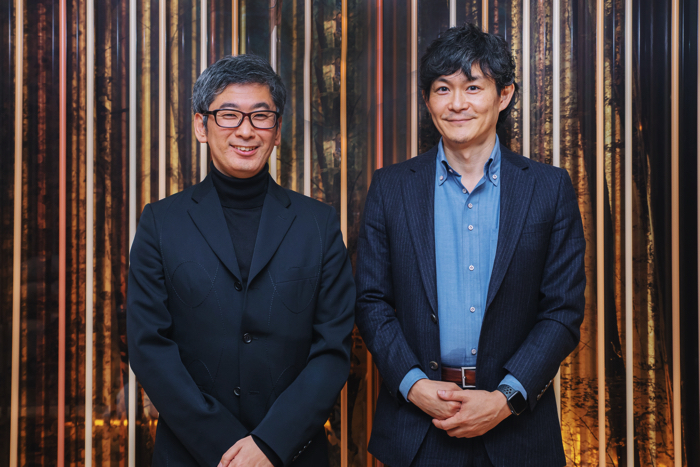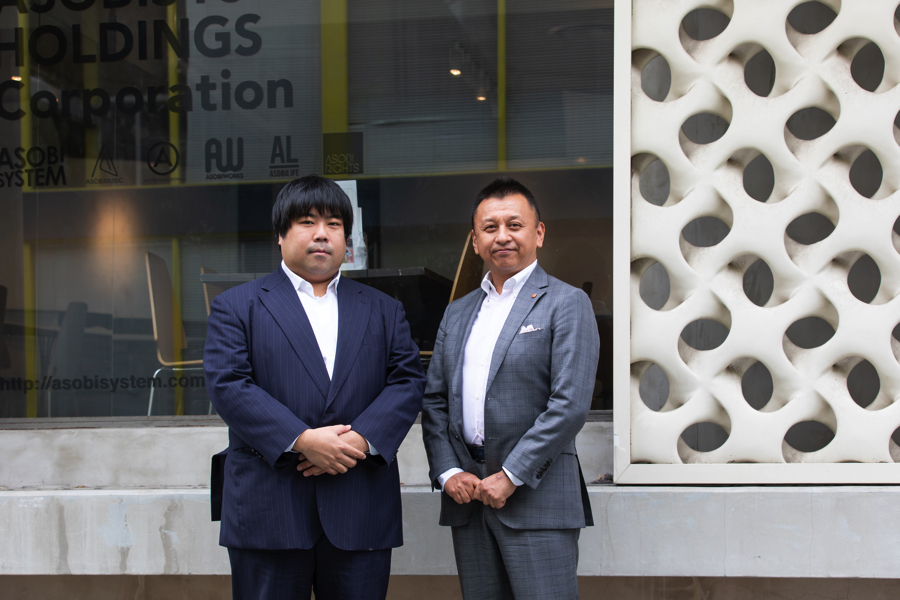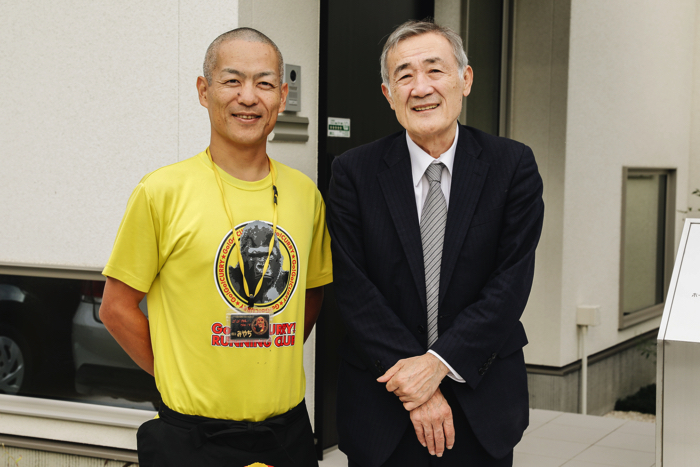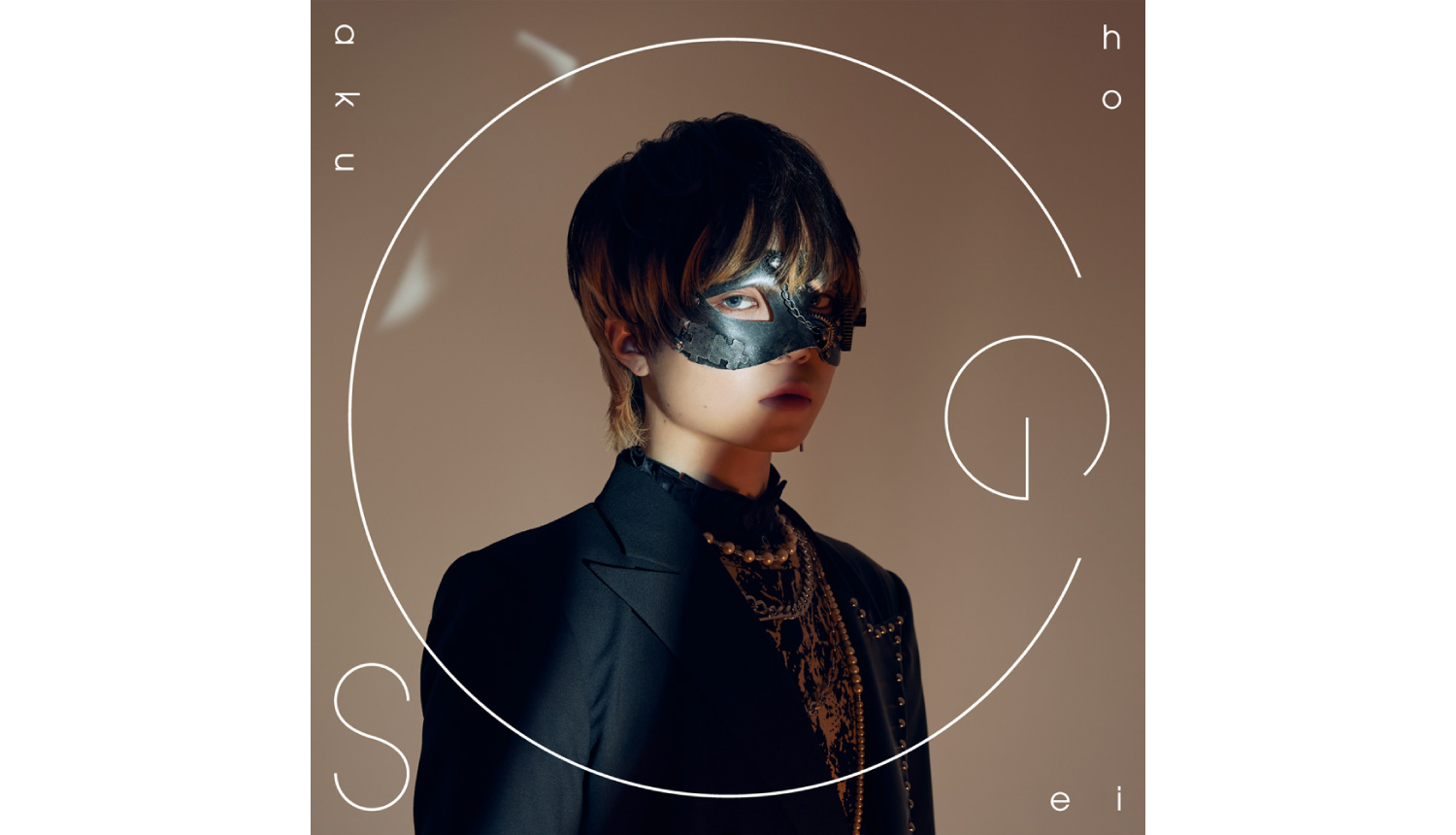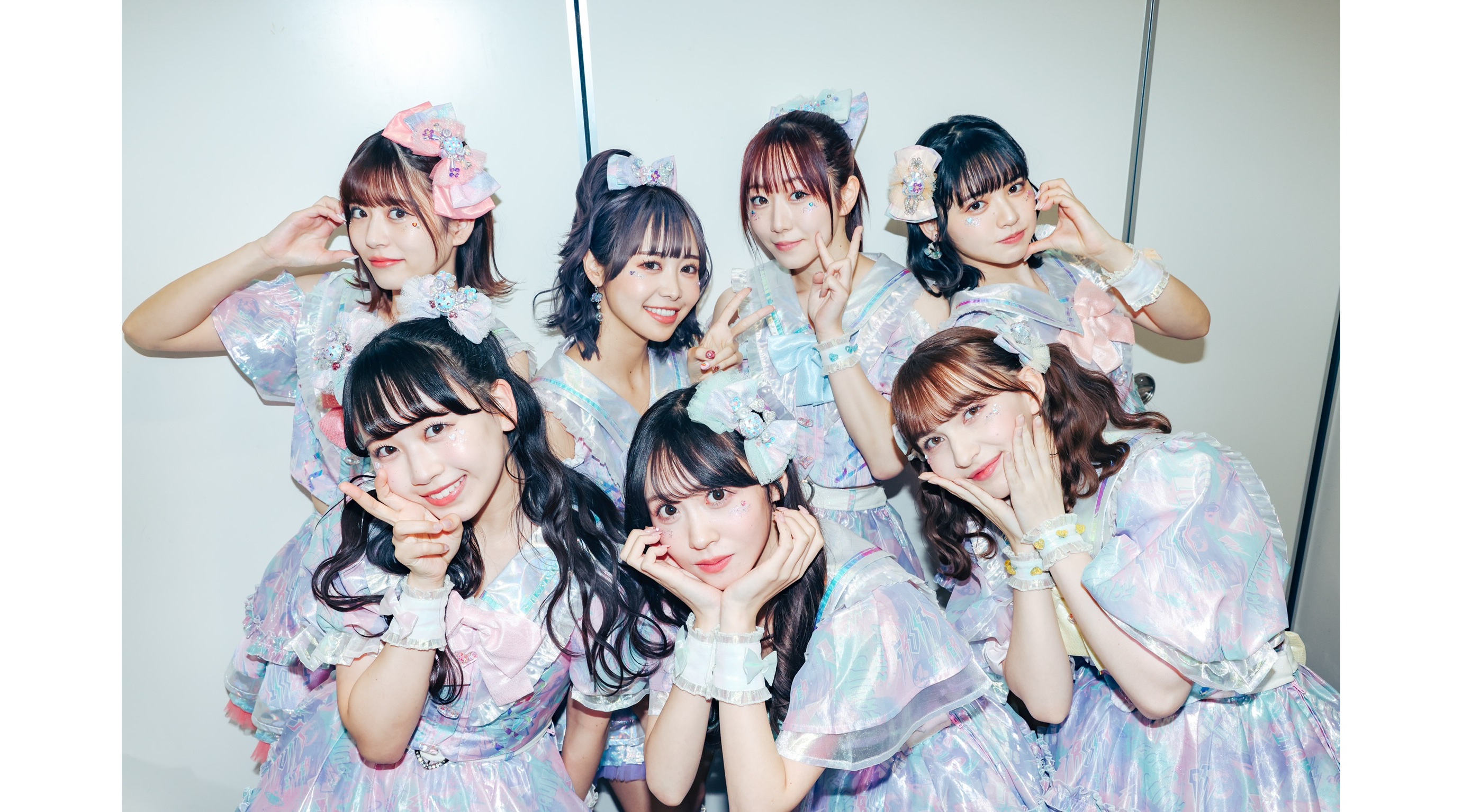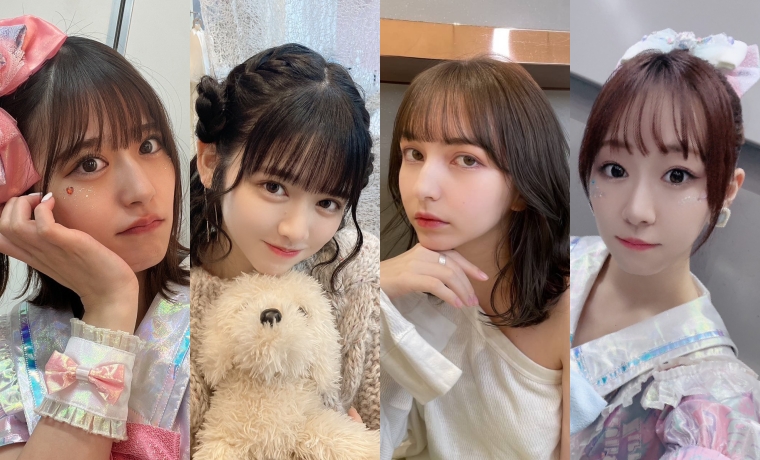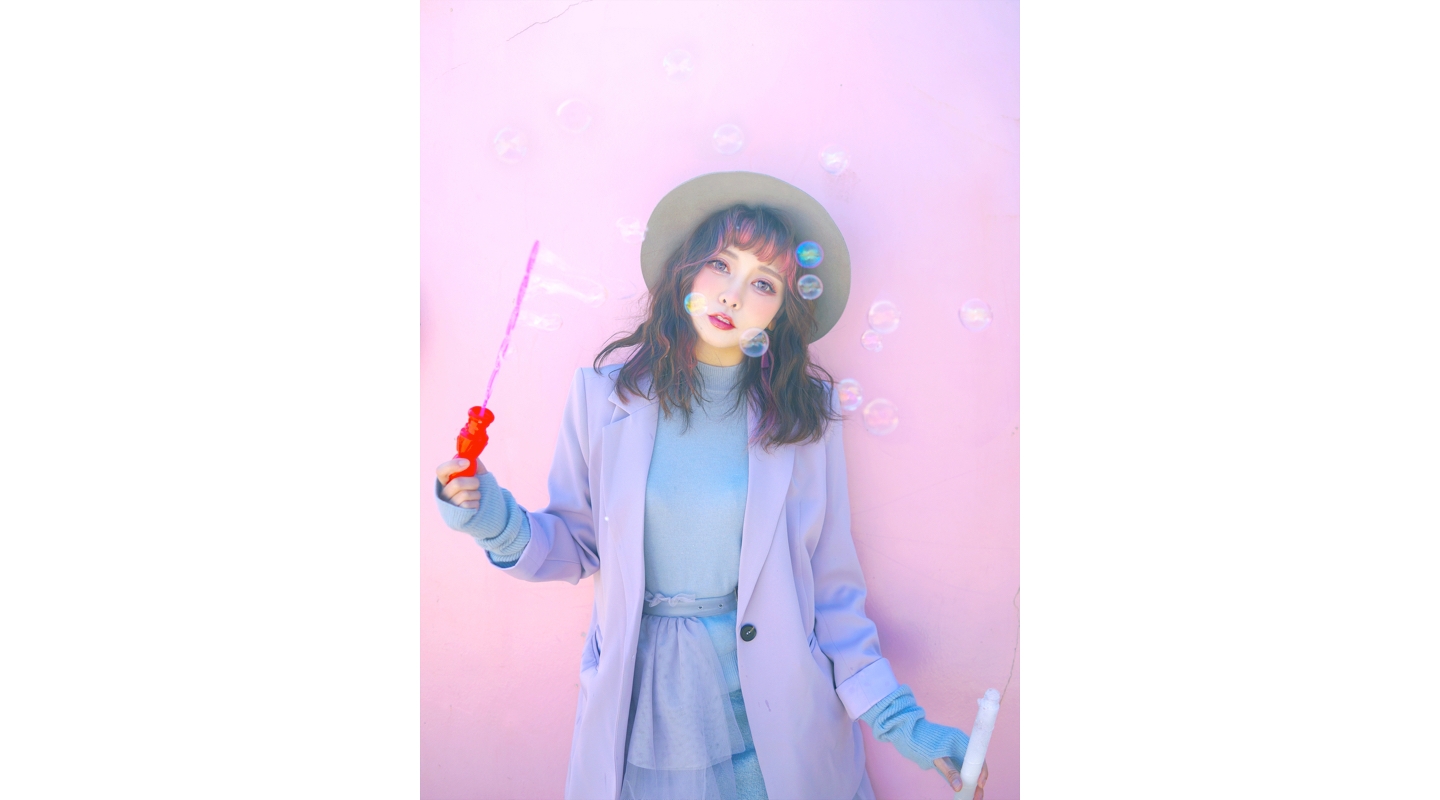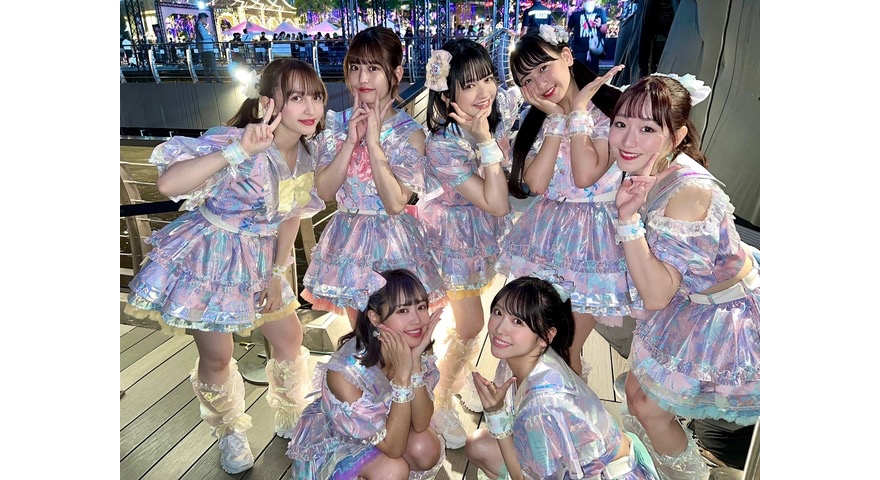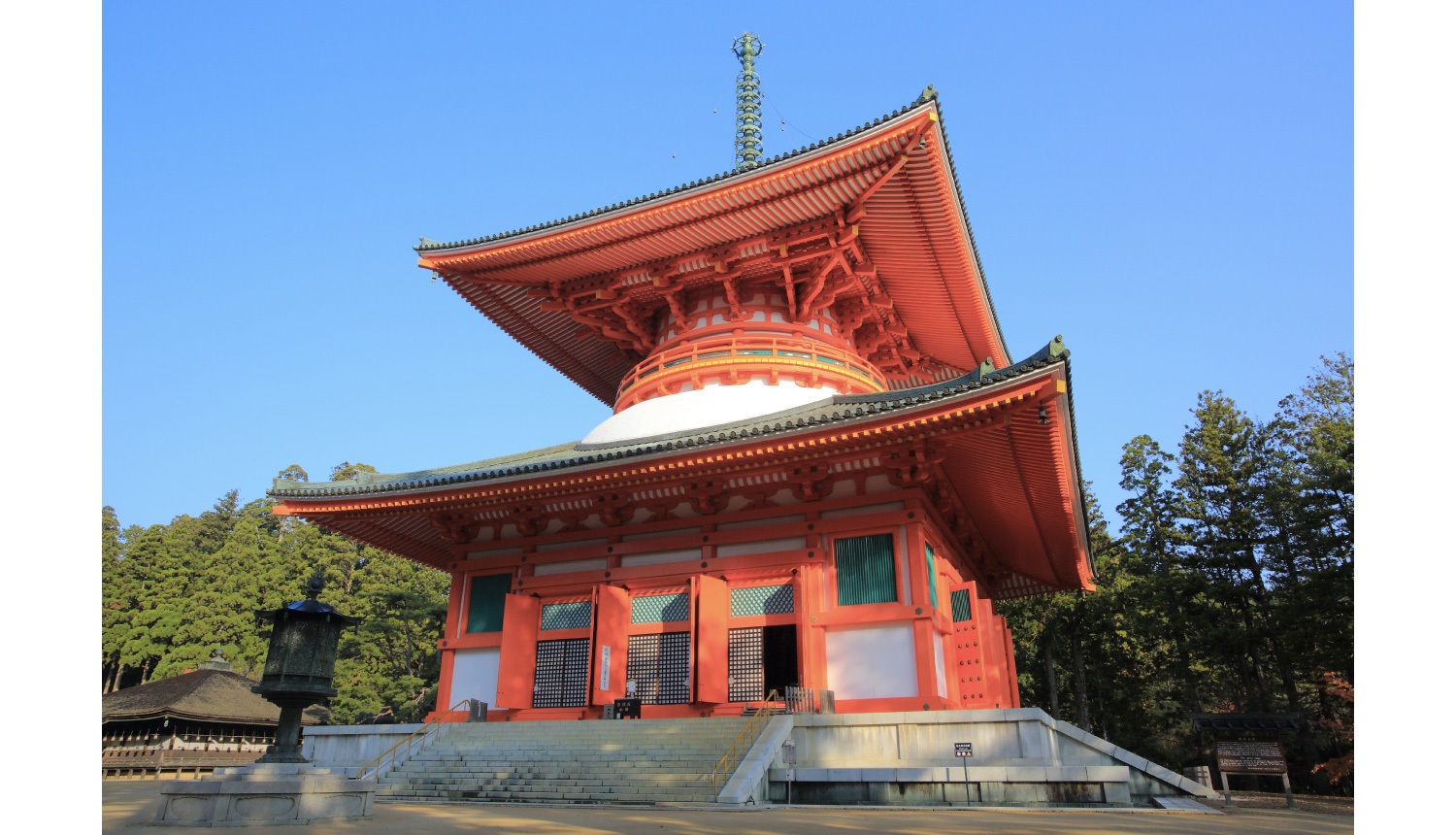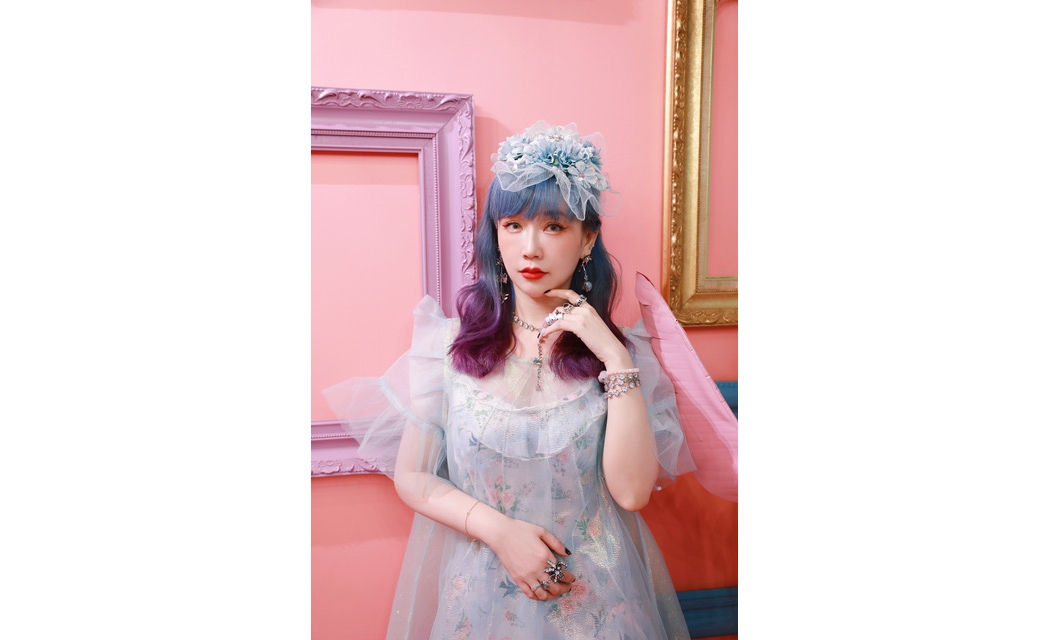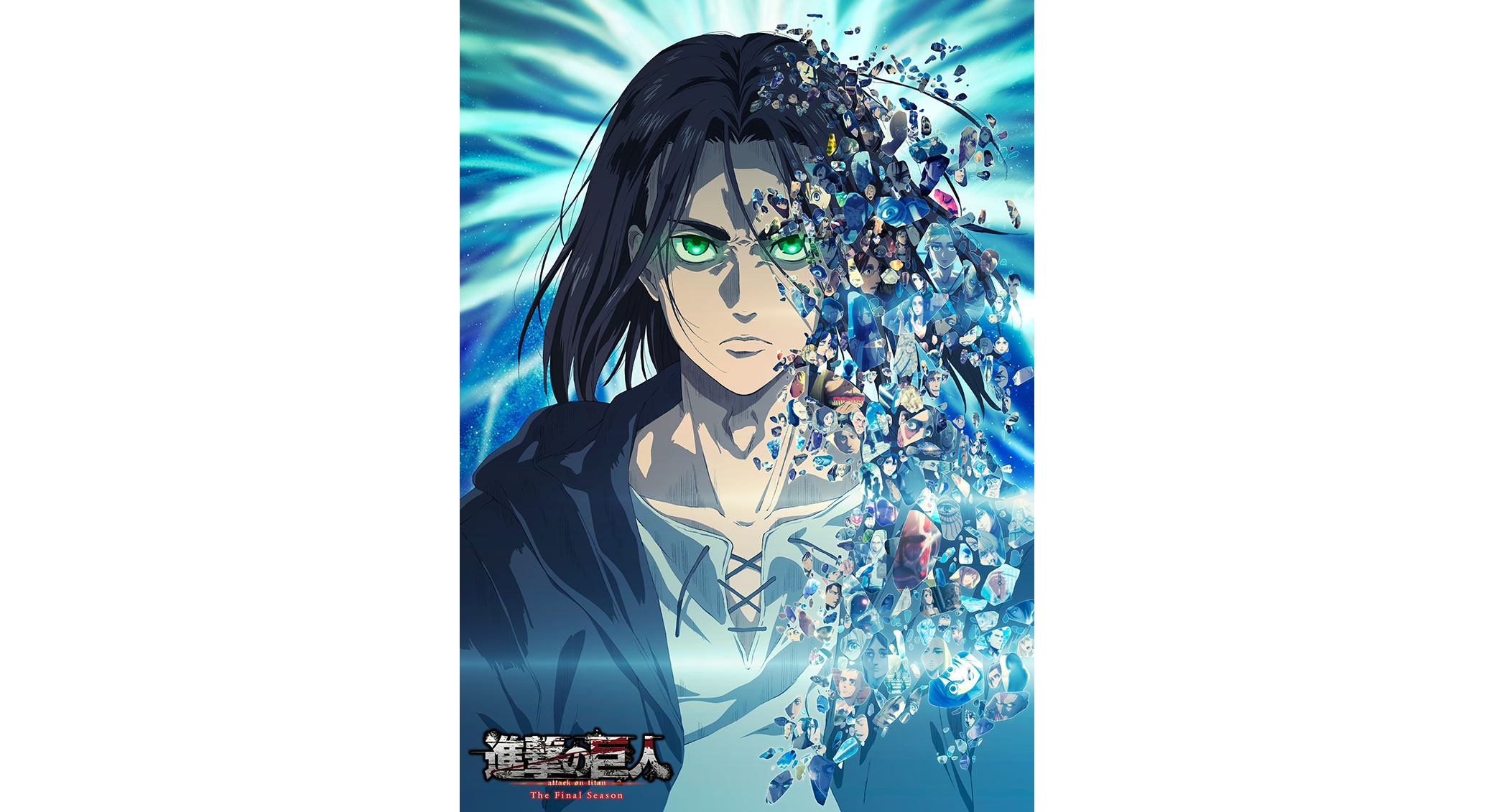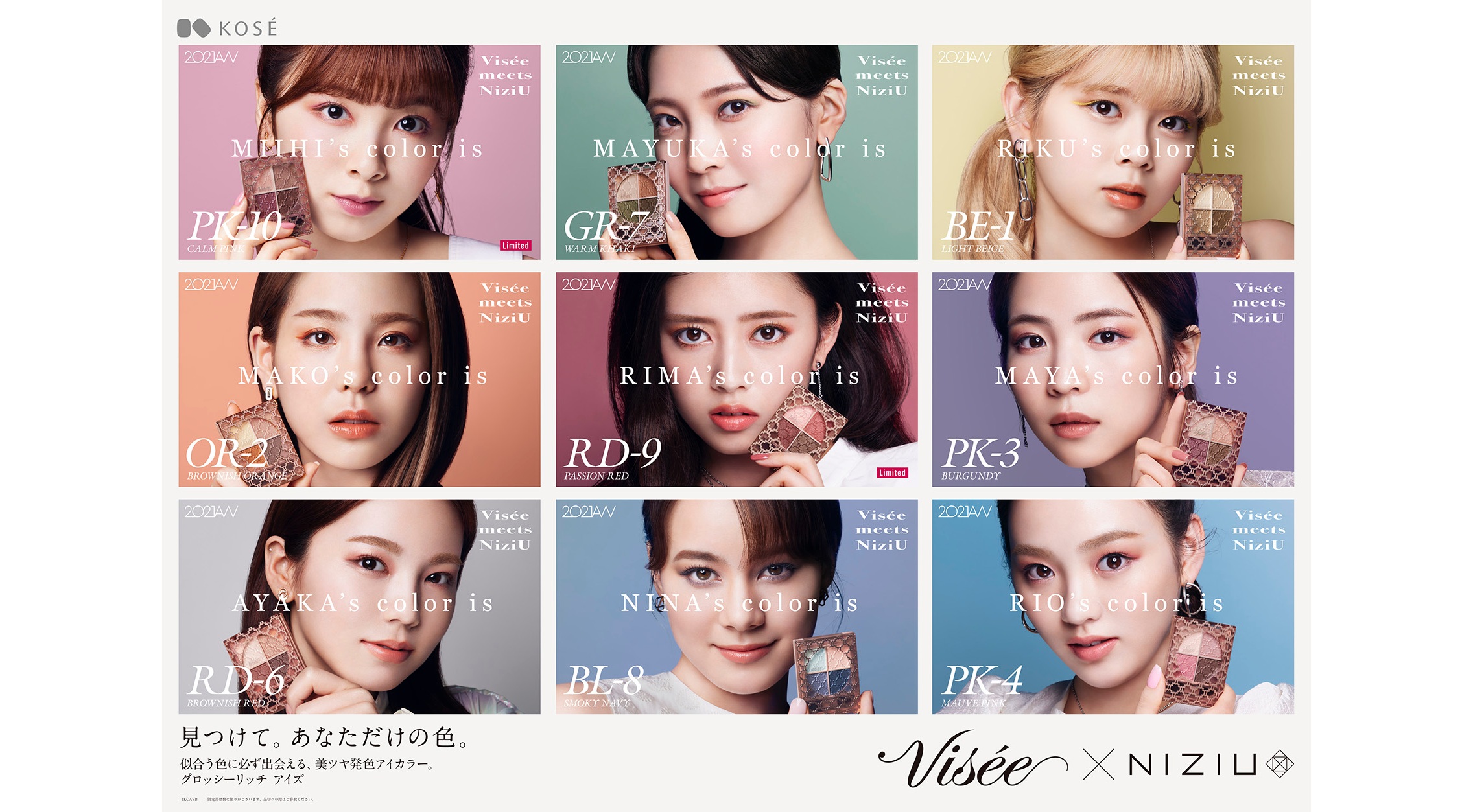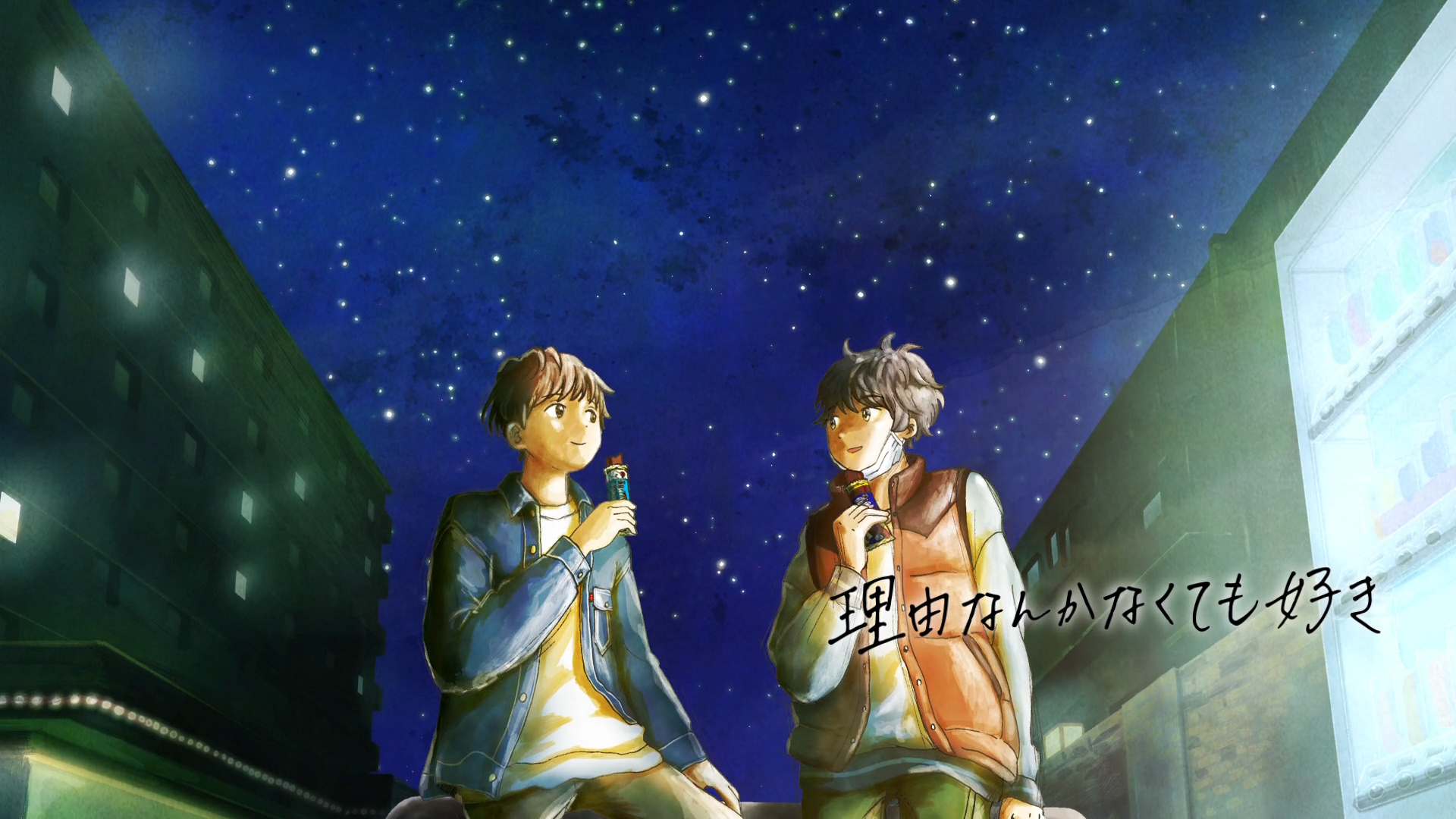Interview: Airbnb Japan Managing Officer Hidetomo Nagata & Sanken Kogyo President Mori Iwata discuss raising Japan’s value through new and exciting creativity
Japanese art and culture is recognised the world over, but recently, it feels like the pressure is being put on by countries like South Korea and China. But what you perhaps didn’t know is that the businesses that work to promote Japan’s culture to the worldーthrough that creativity and those servicesーare actually thriving. We had the opportunity to speak with a certain two individuals: Hidetomo Nagata, Managing Officer at Airbnb Japanーa company that increases the value of real estateーand Mori Iwata, the President of Sanken Kogyo, which creates value from zero.
*This is a shortened version of the interview
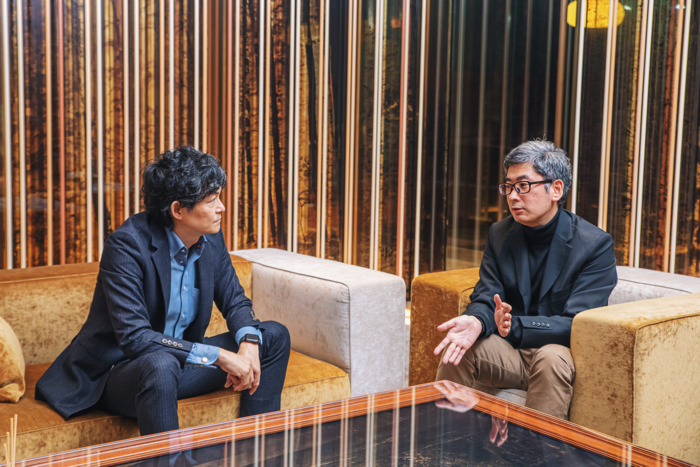
——-I’d first like to ask you both to explain what it is that both of your companies do.
Nagata: I work for the Japanese subsidiary of Airbnb. Airbnb was first established in 2008 as a platform for helping people to match various conditions for their trips. Services began with accommodation; today, we have over 7 million locations listed in 191 countries. Past statistics show that over 500 million people have stayed as guests, and our revenue from Hosts, who rent out their houses, exceeds 8.8 trillion yen. We are also expanding our services on the side to offer more things, like our Experience and Adventure services. It’s a comprehensive platform for travelling.
Iwata: So you have not only accommodation, but experience-based services too?
Nagata: We began the Experience service in 2016. To give an example of what it is, [we are partnered with] people who are skilled in things like traditional Japanese crafts, and they will give [travelling] foreign guests the chance to learn about those skills. 2020 is the year of the Olympics, so we are offering experiences in conjunction with Olympians too. You can learn about various rules from an Olympian, ask them about competing, experience their sport hands-on, and so on, in the hopes that people will come to enjoy those particular sports more. We’d also be overjoyed if the Olympians made use of these experiences as a second career.
Iwata: My company makes prototypes. While I say prototypes, it actually constitutes a variety of things, for example, office automation equipment, cars, medical equipment, stationery, toys, and so on. We make a wide range of different prototypes. Stationery, for example, is something we all use daily, isn’t it? But what we make is the prototype. So it doesn’t get released into the world, but is instead used as the basis for it to then be mass-produced. Our prototype products don’t stay around, but it’s very rewarding.
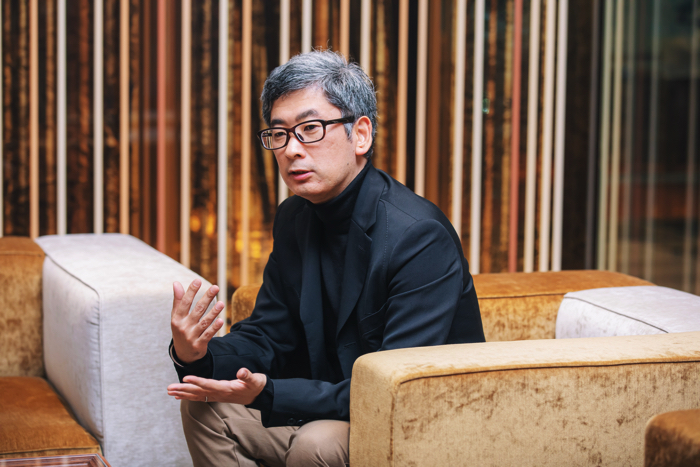
——-Tell me about your strengths that make you competitive to other companies.
Nagata: Airbnb’s vision is ‘Belong Anywhere,’ meaning that no matter where you travel, you too will feel like you are living in that place. We learn about a region, have locals tell us about places to eat, and so on. We value the things we learn through our hosts. This has created a new lifestyle for people, as well as a community. We have a lot of hosts who have said to us that their lives have changed after starting with Airbnb. By opening their doors, and communicating with the people of the world, their worlds expand, they acquire knowledge, and they gain more income. For me, that’s a valuable thing.
Iwata: We’re a really small company in our warehouse. In the past, there were lots of small companies, but they have since been weeded out and disappeared. The businesses I bump into on my way to work are all huge, but our strength lies in the fact that the warehouse, office and business are all in the same place. There aren’t many companies out there on this scope with all of these things firmly in place. The speed at which we do things can’t be done at a major company either. I can work right there and then during a meeting or appointment. We don’t have strengths and weaknesses; we can make anything. That, and our shop staff who interact with customers are first-class. Our perspective is that we can absolutely make what they’re after, and at a reasonable price, so I think they’ll choose us. We can do anythingーmetal, resin, plastic. I’ll go ahead and say that we’re probably the only ones who have come as far as we have.
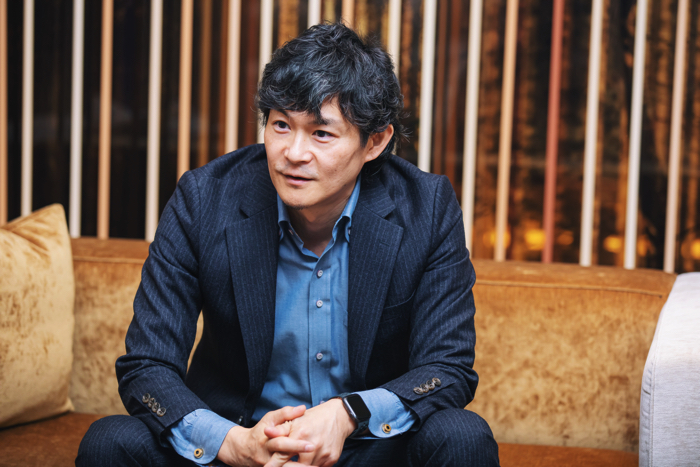
——-Sanken Kogyo opened a subsidiary overseas too, didn’t you?
Iwata: I mentioned earlier how I went to America. Well, I set up a subsidiary in Chicago last year. We are the third prototype company in Japan to have done so. We don’t have employees there yet, but I’m excited!
——-On the other hand, Airbnb is a service that began outside of Japan. Do you ever pour all of your energy into Japan?
Nagata: Homeshares and homestays aren’t common but more and more people are wanting to give it a go. For us to be able to think about things like homeshares and for it to become a normal choice for people, we’re creating new services and designs related to accommodation, not just internally, but with our seventeen Airbnb Partners too.
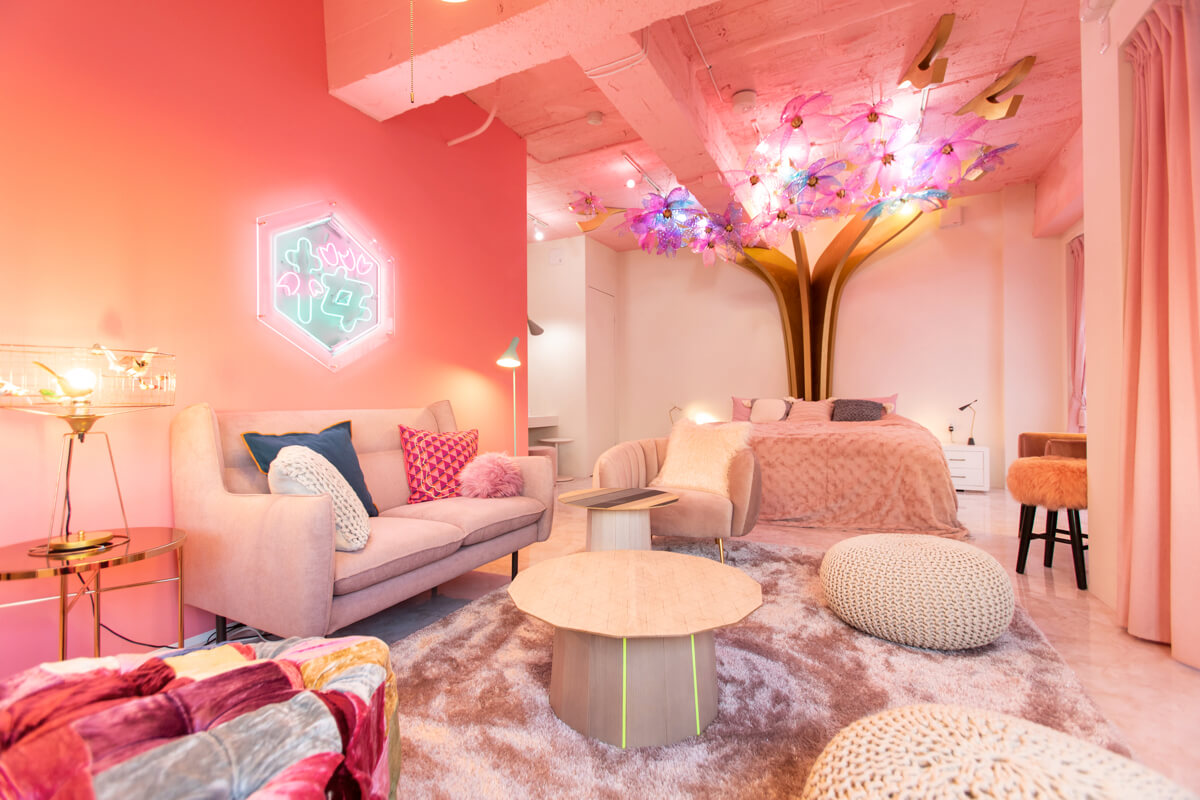
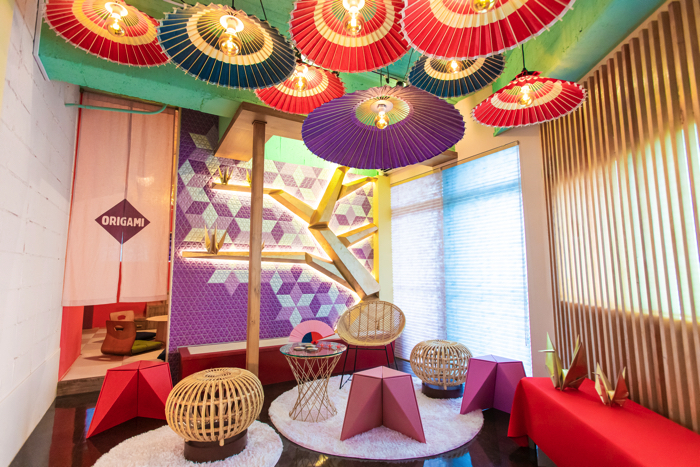
The hotel MOSHI MOSHI ROOMS in Harajuku was renovated from a 50-year-old or so building. By carrying out renovations, they are able to create rooms with a strong design aspectーrooms that are expensive to rent out. They combine accommodation with Japanese culture, so I believe they’ll be able to embrace homeshares.
——-The two of you give rise to value with your businesses, but what does value mean exactly for you personally?
Nagata: I think value is relative. It determines a person’s subjectivity, and it can end up changing how you look at something or your way of thinking. I believe Airbnb is bringing about a new sense of value when it comes to real estate. If we’re talking leasing property, then how new building is and how close it is to the station are conditions with value. On the other hand, if it’s hotel accommodation, a building that’s 100-years-old is itself a valuable condition, and reviews that highlight it as a good aspect increase trust, even if the location isn’t ideal. Even if the price range increases, users will still stay there. I believe that the way in which you draw value from the same piece of real estate can change depending on how you think about it.
Nagata: How about you, Mr. Iwata? Listening to your story, I see the speed of your interactions and communication bring value for you.
Iwata: You hit the nail on the head. The speed of our staff is tied to customers’ trust. When we’re making a deal, our estimations gradually end up going in a different direction <laughs>. We have times when things don’t go well in the end, like when we’re taking in various opinions while cobbling together a prototype. But I know those times, so I’ll do things like go and work on something else at the same time instead. If our estimations go well in the end it’s good, so our staff’s qualities, like their quick-wittedness, ties customers to us. It’s the same thing as the machines we use being for building prototypes. I think in the end, communication between people is the newest way to create value. Especially since the industry in Japan has no life in itat the minute.. I want them to get in the spirit more.
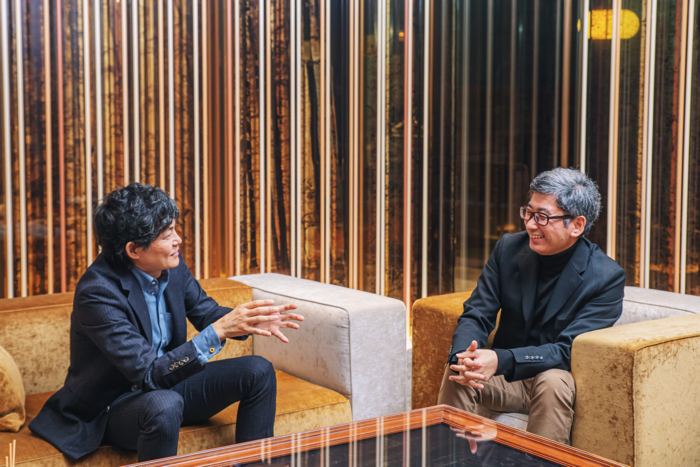
——-Sanken Kogyo opened a subsidiary overseas too, didn’t you?
Iwata: I mentioned earlier how I went to America. Well, I set up a subsidiary in Chicago last year. We are the third prototype company in Japan to have done so. We don’t have employees there yet, but I’m excited!
——-On the other hand, Airbnb is a service that began outside of Japan. Do you ever pour all of your energy into Japan?
Nagata: Homeshares and homestays aren’t common but more and more people are wanting to give it a go. For us to be able to think about things like homeshares and for it to become a normal choice for people, we’re creating new services and designs related to accommodation, not just internally, but with our 128 Airbnb Partners too.
The hotel MOSHI MOSHI ROOMS in Harajuku was renovated from a 50-year-old or so building. By carrying out renovations, they are able to create rooms with a strong design aspectーrooms that are expensive to rent out. They combine accommodation with Japanese culture, so I believe they’ll be able to embrace homeshares.
——-The two of you give rise to value with your businesses, but what does value mean exactly for you personally?
Nagata: I think value is relative. It determines a person’s subjectivity, and it can end up changing how you look at something or your way of thinking. I believe Airbnb is bringing about a new sense of value when it comes to real estate. If we’re talking leasing property, then how new building is and how close it is to the station are conditions with value. On the other hand, if it’s hotel accommodation, a building that’s 100-years-old is itself a valuable condition, and reviews that highlight it as a good aspect increase trust. Even if the price range increases, users will still stay there. I believe that the way in which you draw value from the same piece of real estate can change depending on how you think about it.
Nagata: How about you, Mr. Iwata? Listening to your story, I see the speed of your interactions and communication bring value for you.
Iwata: You hit the nail on the head. The speed of our staff is tied to customers’ trust. When we’re making a deal, our estimations gradually end up going in a different direction <laughs>. We have times when things don’t go well in the end, like when we’re taking in various opinions while cobbling together a prototype. But I know those times, so I’ll do things like go and work on something else at the same time instead. If our estimations go well in the end it’s good, so our staff’s qualities, like their quick-wittedness, ties customers to us. It’s the same thing as the machines we use being for building prototypes. I think in the end, communication between people is the newest way to create value. Especially since the industry in Japan has no life in itat the minute.. I want them to get in the spirit more.
——-For my last question, please tell me about your visions for the future.
Nagata: Personally, I want to expand the possibilities for new lifestyles, ways of living, and design, which we have done through shares. I was originally a politician before this, so I’m aware of the problems of how to move our society and regions forward. I think sharing is one of the ways to solve it. By sharing vacant houses around the country, we can give rise to nonresident populations, and if elderly people use these kinds of services, they’ll have a great time. I think we’re still lacking on the design side of things, so we will create by working with other businesses, and I hope we can pave the way for new lifestyles and ways of working.
Iwata: Whether it’s in Japan, factories in China, or the US, I want to work hard to get our prototype workshop out there. I think the Japanese industry has plenty left to give, so I want to challenge myself to that. I want the world to see more of Japan’s industry!
Nagata: Mr. Iwata, I can see you’re active in the work place and having a good time in your position. I think it’s a wonderful thing that you’re paving the way for new things in response to the crisis of your industry.
Iwata: Thank you. I’m kind of embarrassed hearing that <laughs>. I’ve learned a lot listening to your story too.
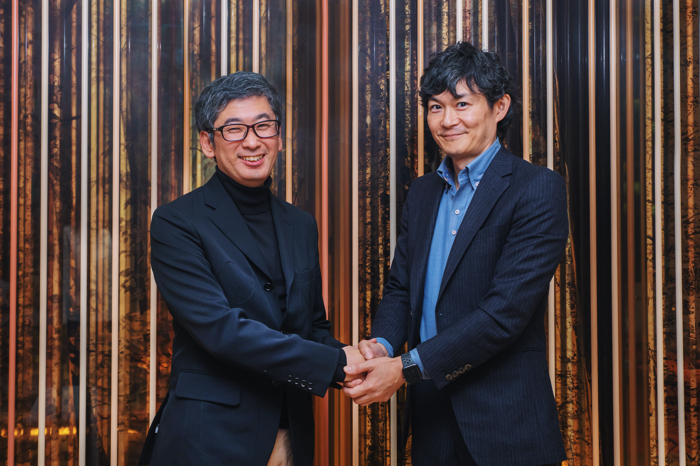
Sanken Kogyo, an exciting production business bringing about value and promoting Japanese craftsmanship to the world. Airbnb, a company raising the value of real estate, and expanding its travel services across the globe. From zero to one; from one to a hundred. I feel the infinite expansion of these two companies. In lieu of repeating the services that already exist, their work allows for constant challenge, and thus enables them to grow. I look forward to the future growth of these new creative industries and services, which will astonish the world.
Interview & Text: Yuki Yokoo
Photographer: Haruka Yamamoto
Translator: Joshua Kitosi-Isanga
RECOMMENDED ENTRIES
-
Interview: The Future of Kawaii Construction Sites Discussed by ASOBISYSTEM & kajikawa Construction’s Company Presidents
15.May.2019 | BUSINESS
kajikawa Construction CO.,LTD was established in Hekinan, Aichi 114 years ago, and throughout its long history it has sought to break down existing conventions and innovate within the industry. Last year, the company began its collaboration with ASOBISYSTEM. For instance, kajikawa built and set up a photo booth at MOSHI MOSHI NIPPON FESTIVAL 2018 while ASOBISYSTEM worked on the design of kajikawa’s company logo and company brochure. This year, both companies are set to strengthen their partnership as they announce a large-scale construction project centred around kawaii (cute) designs. I spoke to Yusuke Nakagawa (President, ASOBISYSTEM CO., LTD) and Mitsuhiro Kajikawa (President, kajikawa Construction CO.,LTD) about their thoughts and shared values on the project.
――I would first like to begin by asking for a brief summary of your respective companies and what led to this collaboration.
Mitsuhiro Kajikawa: We are a construction business operating in Aichi Prefecture’s city of Hekinan. The company was founded in 1905 when it was first called Kajikawa Zousensho. In 1959 we began work in the construction industry when Typhoon Vera struck the Tokai region in an effort to help with reconstruction. In recent years, we have worked on many designs for earthquake resistance. One thing in particular is the “Implant Levee” which integrates with the earth. We get many orders to construct infrastructure that ensures structures hold steadfast against earthquakes and tsunamis.
Yusuke Nakagawa: How many employees do you have?
Kajikawa: As of now, 96. Around the time I became Company President there were around 50 but since then it has nearly doubled. Of course I still hold Aichi Prefecture near and dear to my heart as it is our roots, but I also have a desire to offer our services to many other places. Right now we are active up and down Japan, from Hokkaido to Kyushu.
Nakagawa: Besides the main office do you have branch offices outside of Hekinan?
Kajikawa: We have a branch in Takadanobaba in Tokyo. We’re also making preparations for Osaka Expo [2025], so to ensure that we can build infrastructure in the Kansai region we also opened an office in Osaka in March of this year. Infrastructure development is absolutely essential to winning influence with people. Even in Tokyo, the roads and other facilities are wearing out. We do of course reconstruct things, but I also think it’s also important to carry out earthquake resistance with what we already have to ensure their longevity.
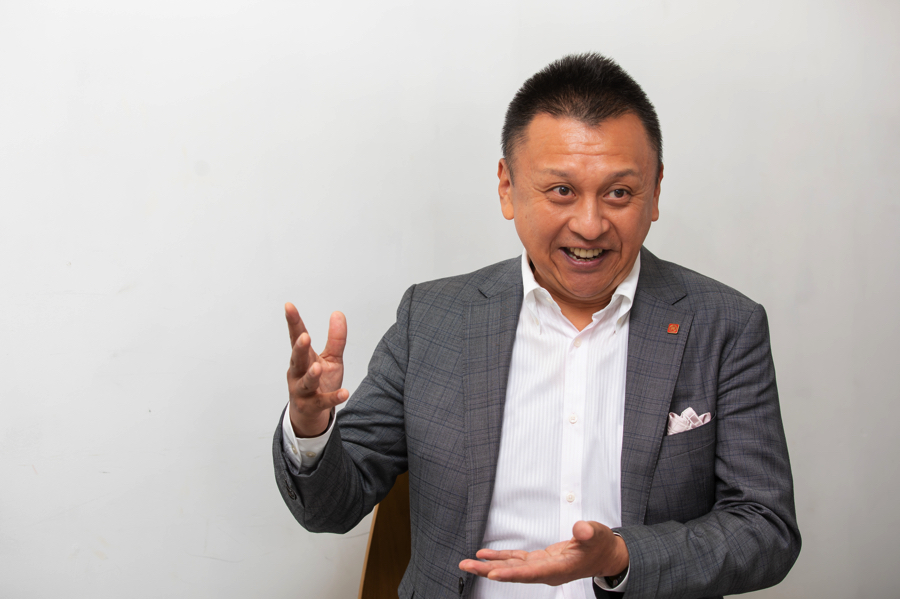
Nakagawa: Our company started out as an event organiser, but our focus gradually became acting as management for people. We have grown even further from that now; the various number of people and things we produce is increasing. This puts us in a position where we are very different from the rest, so I was very surprised at first when I saw a request had come from kajikawa Construction.
Kajikawa: I had heard about ASOBISYSTEM by chance through agencies, but I knew you [managed] many famous names including Kyary Pamyu Pamyu. My image of you was also that you are a central figure in creating “Kawaii” which is a representative culture of Harajuku. Though I look like this, I’ve actually always loved kawaii things since I was young. But I can’t show that when it comes to things work-related. Getting the opportunity to do this and use the word “kawaii” feels very liberating for me [laughs].
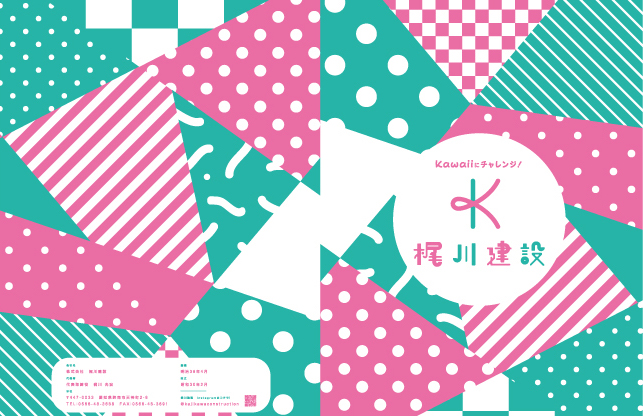
Brochure
――You started collaborating with each other last year. It began with ASOBISYSTEM designing kajikawa Construction’s company logo and company brochure. It has received quite the revamp, hasn’t it?
Nakagawa: I spoke with President Kajikawa and wondered whether he knew that the word “Kawaii” doesn’t apply solely to things like fashion. We too don’t take “Kawaii” as something superficial, we treat the concept closer to what it actually is. The essence of “Kawaii” is something that brings a smile to and brightens people then and there. I feel that President Kajikawa understands that concept and that’s why he sent us an offer. So I want to invest in our “Kawaii” and and return the favour with a lasting relationship.
Kajikawa: When I took a look at the design of the company brochure I was surprised to see two of my favourite elements in there. The first were my favourite colours, pink and and green. The second was the use of traditional Japanese patterns. You took those traditional patterns and made them into a more contemporary pop design. You were kind enough to put all of my wishes in there, so much so that I was left wondering if we’d had a conversation about it beforehand.
Nakagawa: I was happy that you liked it and admired that you accepted the design. The construction industry is a world I’m unfamiliar with, so I was worried what kind of reply I would get. Your openness to upturn the conventions of the industry and make it into something tangible I felt was wonderful.
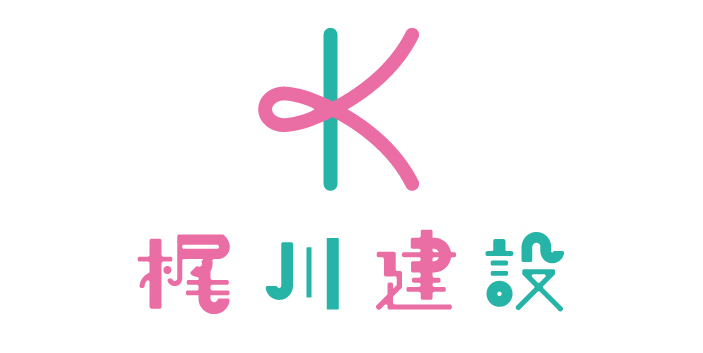
Logo
――Your company logo has changed too.
Kajikawa: We are enthusiastically using all the new things we are incorporating. The design will be a hit with younger people. I believe we are breaking out of our old shell and taking new steps forward. It’s a trigger that’s making me feel we are a company to have great expectations for in the future.
Nakagawa: When you look at the construction industry from the outside, your perception of it ends up being just what you imagine it to be. But by simply changing the logo and the brochure that perception can change. I believe the role of a simple brochure can add more value. It is really difficult to realise that adding value is important and then to put money into it. President Kajikawa is a symbol of looking forward.
Kajikawa: The main mission of the construction industry is to adhere to and build what the government office has planned which means we are unable to suggest anything ourselves. It’s for that reason we are receiving help from ASOBISYSTEM, because I want to add our own unique values. By no means are we able to do it on our own. Our ideas end up coagulating and we can’t move on from there. I am grateful to ASOBISYSTEM for giving us a good incentive and for making us feel that we are able to do something if we strive to make that effort.
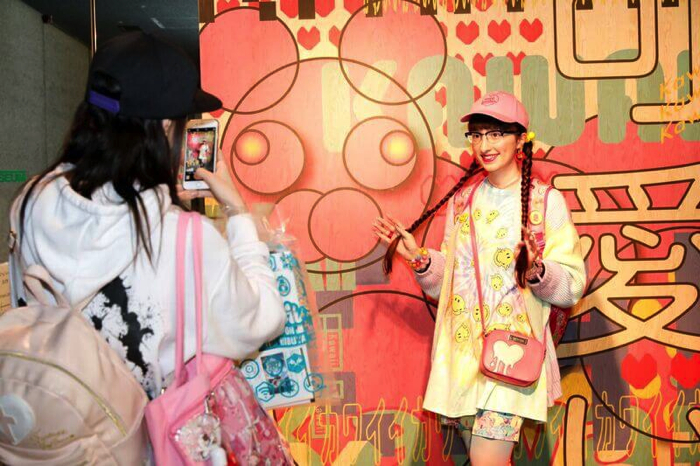
MOSHI MOSHI NIPPON FESTIVAL 2018 Photo Booth
――You worked together to set up a photo booth at MOSHI MOSHI NIPPON FES 2018. This was designed by ASOBISYSTEM with design checks by President Kajikawa.
Kajikawa: I was very interested in it because the word “Kawaii” is used in designs all around the world. It has a strong message, doesn’t it? It felt unpredictable at first, but when I saw so many people standing in front of the panel taking photos it made me realise that leaving it up to top class designers can influence people.
Nakagawa: We were particular about the colour combinations, weren’t we? You are particular about colours. I’m the same. We also endeavoured to make the design something that conveys the strength of kajikawa Construction as a construction business.
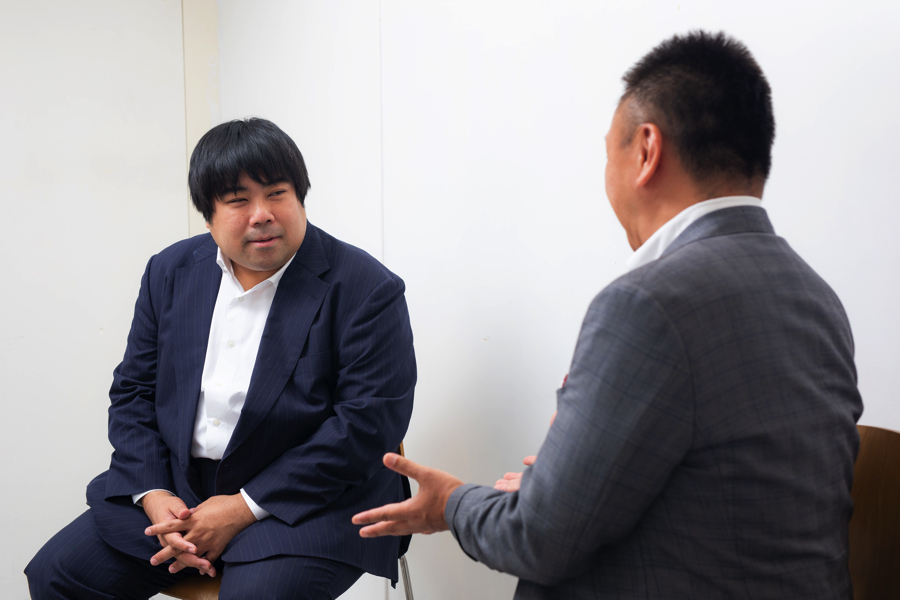
――Your collaboration together is set to continue throughout the year. It seems you are pressing forward with your large-scale “Kawaii” construction project.
Kajikawa: In order to raise the added value of our company, it’s necessary that we change the way all of our employees think. It’s important to that we have them fully understand what we are doing with ASOBISYSTEM. The best way to do that is to show them a finished product. So our next step will be to forward the project by changing the design of our construction sites. For example, making cones, poles and fences pink. We will show them something they can see with their own eyes.
Nakagawa: There are construction sites even in Shibuya that have character designs on them. They are becoming photo spots [for people]. It’s important to appeal to your employees too, but the effect of purely adding value to your construction sites feels promising.
Kajikawa: It’s promising that our construction sites will become photo spots. Another one of our objectives is to make working people feel happy and make them feel like what they’re doing is worth it. Construction sites are isolated places. Them being dangerous is a real reason for that. Though people aren’t actually allowed to enter, by making the design “kawaii” we can remove that unwelcoming feeling locals have for [construction sites], and that’s wonderful. Business meetings have only just begun but I hope for it to come to fruition by next year.
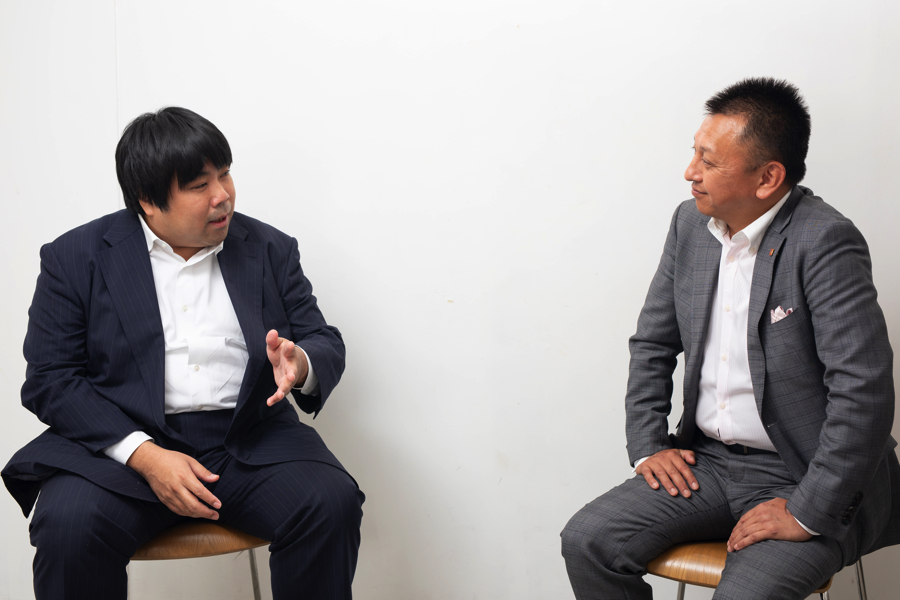
Nakagawa: Are you also thinking of expanding overseas?
Kajikawa: I’m thinking within the next 1-2 years.
Nakagawa: I’m really looking forward to seeing “Kawaii” exported overseas from a new angle. I believe it will catch the attention of a lot of people and have a notable synergistic effect. We’re also working on creating key visuals and a film.
Kajikawa: We are aiming for a pop world where coloured poles are characters that move. I get excited just picturing it. I can’t wait for the day when we make it public.
――I’m sure you would agree that when it comes to business, contribution to society is an important aspect. Will your “kawaii” construction sites have societal contributions too?
Kajikawa: It has only just begun so I can only speculate, but the construction industry has a big mission to service infrastructure for the benefit of people’s lives. Plus, if we set forth to add value to “kawaii” elements, something which appeals to people, I think we can contribute a little to this brutal world. We are constantly in charge of 40-50 construction sites in Japan at any given time, so by giving them a “kawaii” outlook, don’t you think it might calm things down a bit?
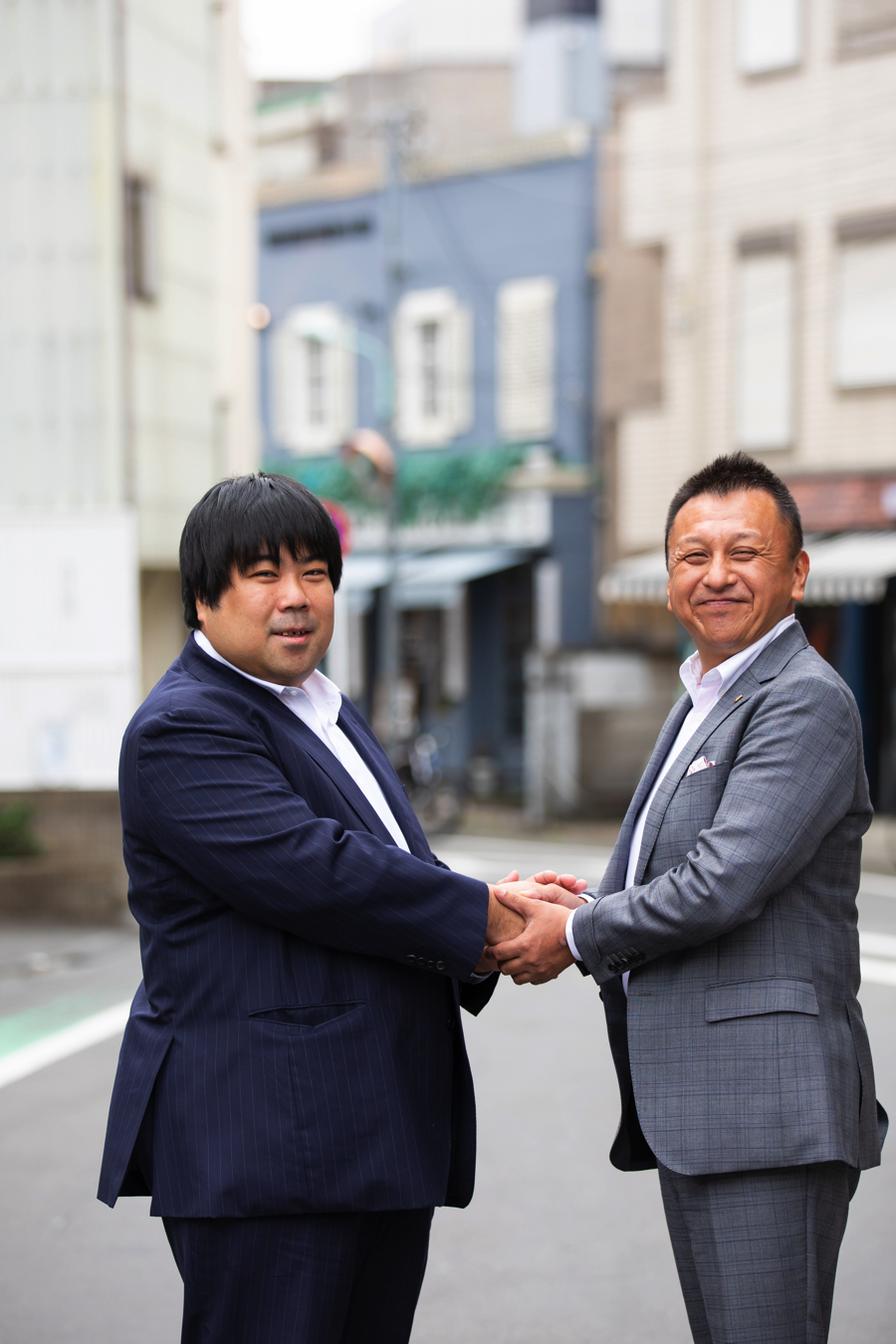
Kajikawa: For example, if pink-dyed construction sites appeared in Japan and around the world, it’s bound to make a lot of people smile. That’s the symbol of Japanese technological strength and culture. It might eventually bolster the presence of Japan throughout the rest of the world. Plus, if people are taking kawaii photos, then they are going to seek out construction sites. A day like that may come, and working at a construction site might become a status. There are many pieces of dreams in the collaboration between kajikawa Construction and ASOBISYSTEM. Our unique tag team which defies industry may shake things up in a unique way.
Interview & Text: Fumihiko Suzuki
Photographer: Haruka Yamamoto
Translator: Joshua Kitosi-Isanga
-
Interview: Go! Go! Curry President Hirokazu Miyamori & Sakura President Toshiaki Yuasa Discuss Progressive Innovation and Generating Added Value
Kanazawa, also known as Kaga Hyakuman-gokuーan old name with a long history that originally marked the city’s tradition of wealth, and can also be used to refer to anything that is quintessentially Kanazawa. Capital of Ishikawa Prefecture, the city of Kanazawa is known as a place rich in art and traditional culture, and enjoys no shortage of popular tourist and sightseeing spots. At the core of all of this is the creative mind of the Kanazawan people from which these things have formed. We had the chance to speak with two company presidents, both of whom were born in Kanazawa: Hirokazu Miyamori of GO GO CURRY GROUP CO.,LTD., and Toshiaki Yuasa of Sakura Inc.
The interview was carried out at the Show House Gallery at Sakura Inc.
ーーーMr. Yuasa, this is a really wonderful place, isn’t it? I’d like to begin the interview by asking for a brief explanation of each of your companies.
Yuasa: Thank you very much. My name is Yuasa, and I work at Sakura. We are a company specialising in custom housing, and have done so for the past 26 years since establishing. We centre on the Ishikawa Prefecture area, but also have galleries in Toyama, Gifu, and Kyoto.
Miyamori: I’m Miyamori, and I work at Go! Go! Curry Group. We opened the first Go! Go! Curry branch in Shinjuku in May 2004. We specialise in curry and sell pre-packed curry products. Today, we have restaurants not only in Japan, but America, Brazil, and elsewhere too.
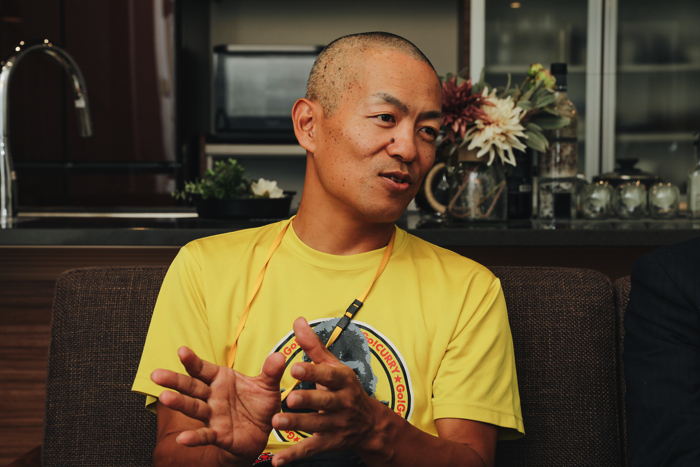
ーーーIf I’m not mistaken, you were both born in Kanazawa, correct?
Miyamori: Yes. I’ve had “The Nation of Kaga Hyakuman-goku” chiseled into my head since I was small. I didn’t know what it meant back then, but after I travelled to Tokyo and went overseas, I realised how beautiful a place Kanazawa is for its history, traditional arts, and culture. Those two characters* had more meaning than I thought. They have weight, are a brand, and contain soul and spirit.
*Referring to the Japanese reading of Kanazawa, “金沢.”
Yuasa: It’s just as Mr Miyamori says. I feel a yearning when hearing the word Kanazawa. I believe anyone and everyone there has an interest in its traditions and culture. And that’s because Kanazawa is a region with history, with style.
Miyamori: From being a young age, it’s been normal to know and have artisans around you. For instance, you go to someone’s house, and their father would be a yuzen fabric weaver. When we would go on field trips, we would go to facilities specialising in traditional crafts, go to see a Noh play at a Noh theatre, get involved in various cultural and seasonal events. But these days, those kinds of things aren’t as tied to people anymore. It’s something I realised by going outside.
ーーーーI feel like I now understand a little more the reason behind why there are so many creative people in Kanazawa. Both of you are founders, correct?
Miyamori: When I was 20, I went to New York. I said to myself that I would definitely go back there again. It was a dream of mine. But I ended up forgetting about it when I became a member of society. One day, I saw that a local [baseball] player and star transferred to the New York Yankees. I was so happy hearing that, and at the same time I remembered, “Oh yeah, I went there one time too.” I had no intention of opening a curry shop or becoming a company president. I just wanted to go to New York.
Yuasa: I completely get that <laughs>. I worked for a local company for 15 years, and had some unexpected luck which led to what I’m doing today. I established the company in the latter half of my 30s, but at the time I really had the same kind of authority that Mr Miyamori has <laughs>. Being young is scary in a sense. ‘Management’ has a generational appeal to it, but Mr Miyamori is young, so I think he’s got much more to offer yet!
Miyamori: Haha!
Yuasa: When I look at Mr Miyamori here, I can tell he’s really close with his staff. Do you wear this uniform in Tokyo, too?
Miyamori: I do. I go about like this on the bullet train and plane too! The people in New York get me pretty well as well.
Yuasa: I bet! <laughs> You’re a man of nerve.
Miyamori: We’re a team, so even at this moment in time, my heart is connected to the hearts of all my hardworking staff across the country. They wear the same thing too. I don’t think of myself as a company president or an employee. I think I’m more of a captain.
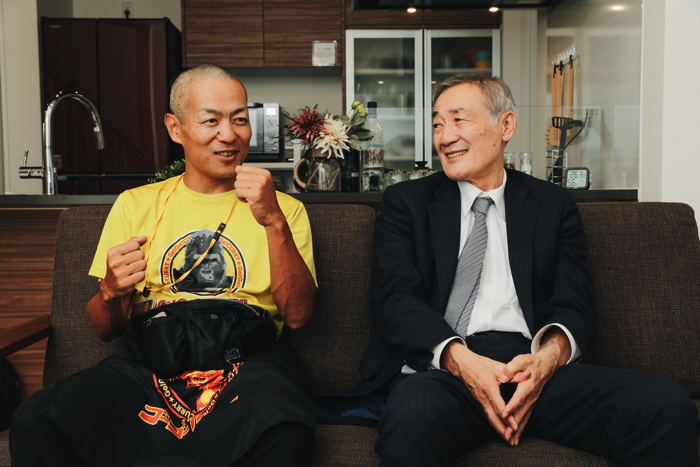
ーーーーTell me about how you’re putting strength into each of your businesses today.
Miyamori: Up to now we’ve focused our efforts on opening more stores, but now we’re pouring our energy into building our brand. We now have consignments not only for Go! Go! Curry, but Turban Curry, Hot House, and Samrat too. And all of these brands have real soul. That’s why I don’t only want to open restaurants. I also want to sell pre-packaged curry and curry for business use, as well as polish our brand to attract more customers.
Yuasa: I too am putting the majority of our attention into our brand. Branding involves a lot of things, like the image our customers have of us, and putting value in various different things, and by not responding to that structure when running a company, I believe there is no future for you. It’s difficult to find the right words to convey to customers who are particular about things, but is that feeling that the customer has not important?
Miyamori: You’ve got to show them, don’t you?
Yuasa: That’s right. There are many things here in this gallery like that which have added value, but even if I were to put them into words it would be difficult to get through, so I want to actually show them by preparing land and buildings. By adopting new things people have never seen before in properties, it adds value for customers so they don’t see it as just a building. To do that, it’s important to keep our eyes open and always work on innovating. If you want to innovate, but don’t have a clear vision or concept, your mind will become clouded before you can achieve it. And even when you do, every day is still a struggle.
Miyamori: Everyday, that’s for sure. <laughs>
Yuasa: Speaking of which, I’m the only impatient one. I leave it to my employees. Akira Yoshino, who won the Nobel Prize [in Chemistry] this year, also said it was for research for the generations of young people to come. He was right.
Miyamori: If there’s no challenge, there’s no growth, and it’s not fun. It’s blood, sweat and tears. I’m taking part in the next Kanazawa Marathon, and training for it has been really tough.
Yuasa: You’ll be running in that uniform, right? You’re sure to stand out from the crowd!
Miyamori: The people along the roadside cheer you on. That’s a huge source of strength. I can only relax once the run is over. That sense of accomplishment when you reach the goal is difficult to put into words. I want young people to experience this same feeling.
Yuasa: That sounds really good. If one of our workers signs up for the Kanazawa Marathon, I wonder if they’d be able to borrow a uniform from you?
Miyamori: If you’ve got someone who’d bear the responsibility of our company I’ll be sure to cheer them on! The people being cheered on, too. Even if it looks like you’ll be crushed, you keep at it. You’ll make bonds in the company. It’s the same with managing too. It’s tough to keep going, but when you achieve that goal, all of those troubles and hardships disappear in an instant.
Yuasa: It’s a cycle of achieving, and then aiming toward your next objective.
Miyamori: You completely forget about the troubles, don’t you? <laughs>
ーーーI see. And do you ever feel a sense of fulfilment at work?
Miyamori: It makes me happy when the customers call the curry we serve delicious. Other things too, like our curry being the first curry a child has ever eaten, or a family coming together again over it. We distribute curry to disaster-stricken areas, so we’re happy if we can become a source of energy for people too. I feel happy when our workers set high goals, we achieve them and grow from it, too.
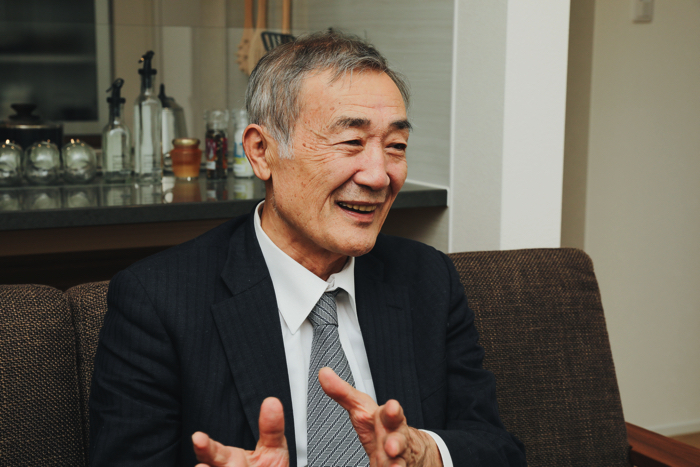
Yuasa: It really makes me happy when I meet with a customer who bought a house from us a year later and they say that it’s a really great house. A house isn’t something you go and buy multiple times, so I feel relieved when they are satisfied. And although we’re a small company, I’m happy I can leave it to my staff so that they can grow. Because they try and they move forward, then the future will open for them. And with that, it’s the responsibility of the company president to bring about results from their hard work. Managing such a task is a tough job alone, but that’s what being a company president is. And if you don’t have that, you’ll fail.
Miyamori: I get that. You’ve got to pour in blood, sweat and tears if you want to grow. If you don’t go all out, you’re not going to sweat. You will grow greatly if you continue to go all out with everyone involved and achieve a monumental goal.
ーーーYou both have warm feelings towards your staff and workers, don’t you?
Miyamori: They feel like my own children. So it makes me really happy when they get married, have kids, and build a home.
Yuasa: That’s true. And also, if your company doesn’t grow, you can’t continue to exist. It’s important to always look towards growth and strive with everyone.
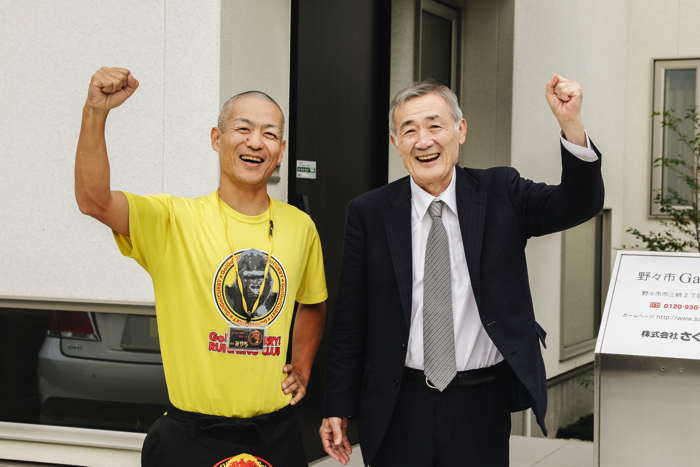
ーーーFor my last question, I’d like to ask you about your visions for the future.
Miyamori: Curry will save the planet! I’m aiming for the world with curry! For instance, if we were talking about ramen, and someone asked me which is more deliciousーeating ramen at a restaurant or at homeーI’d say eating it at a restaurant. But when it comes to curry, your mother’s is the most delicious. Basically, the curry you eat out isn’t growing or improving. Just like how Starbucks serves delicious coffee all around the world, I also want to serve delicious curry around the world.
Yuasa: Your vision is really easy to understand <laughs>.
Miyamori: Curry is actually a delicious form of Chinese food therapy. We can divide up allergies, so we make it delicious for everyone from children to the elderly. Also, when you eat curry, your bowel warms up, so with curry you can also look at increasing healthy life expectancy, building immunities, and fighting cancer. This curry is a Nobel Peace Prize meal! How about you, Mr Yuasa? What are you looking towards for the future?
Yuasa: I want to build a company that tackles problems faced by customers, like adding value to buildings by making them earthquake-proof and lowering electricity costs, as well as seeing how to incorporate that into housing. Our customers are valuable so we’re seeking value. We want to make lots of houses that answer the question, “How can I live happily in this house?” I believe how people live happy lives in a house changes generation by generation, so I want to catch onto that and keep up with the times.
Miyamori: You really are a company president, Mr Yuasa! I don’t even think of myself as well, and I don’t think my employees do either <laughs>. But it’s amazing how much thought you’re putting into ways of living, and I think that’s wonderful.
Yuasa: Thank you. Before I met you, I thought you were a nonstandard person, but after listening to your story today, and seeing you in that uniform, my opinion has changed to conviction. It’s not everyday something like the Nobel Prize comes into conversation <laughs>. I believe things will get better for both yourself and your employees!
Curryーand property. Two completely different worlds, but two company presidents hooked on innovation and growing their brands. Their ambitions and warm feelings they have towards their staff will encourage the people they work with and pave the way for new challenges brought about by adding new value to their companies. The day when the people of Japan are living in their wonderful Sakura homes and eating delicious Go! Go! Curry in them may already be on the horizon.
Interview & Text: Yuki Yokoo
Photographer: pon
Translator: Joshua Kitosi-Isanga
RELATED ENTRIES
-
[Interview] Popular Vocalist Chogakusei Releases Long-Awaited First Album ‘Cho’
Chogakusei is a vocalist who has attracted attention for the huge gap between the mysterious atmosphere of his Venetian mask and his aggressive voice. After releasing a single in January, the artist released his first full album Cho on February 15, 2023. We sat down to chat with Chogakusei about his current mental state as he continues to build serious momentum, and about his upcoming first solo concert scheduled for March at the Nippon Seinen-kan Hall.
The Theme of the 1st Album is ‘Diversity’
“The word ‘diversity’ can refer to utilizing elements from different people and cultures, but for the diversity used in this album, I focused more on breaking the rules and thinking outside of the box in a more general sense.”

“Since this is my first major album, I felt like it was the fulfillment of a promise. At the same time, I didn’t want to be bound by that feeling. As you listen to each track, I think you’ll find each of them very colorful. So many different people participated in writing the lyrics–for example, the song Ingel was written by Yu Shinda of BURG HAMBURG BURG, and the Vocaloid producers Surii and PinocchioP also contributed. I hope everyone who listens will take note of the diverse group of creators who worked on the album.”
Ingel – Music Video
Heading Towards his First Solo Concert ‘School Admission Briefing’
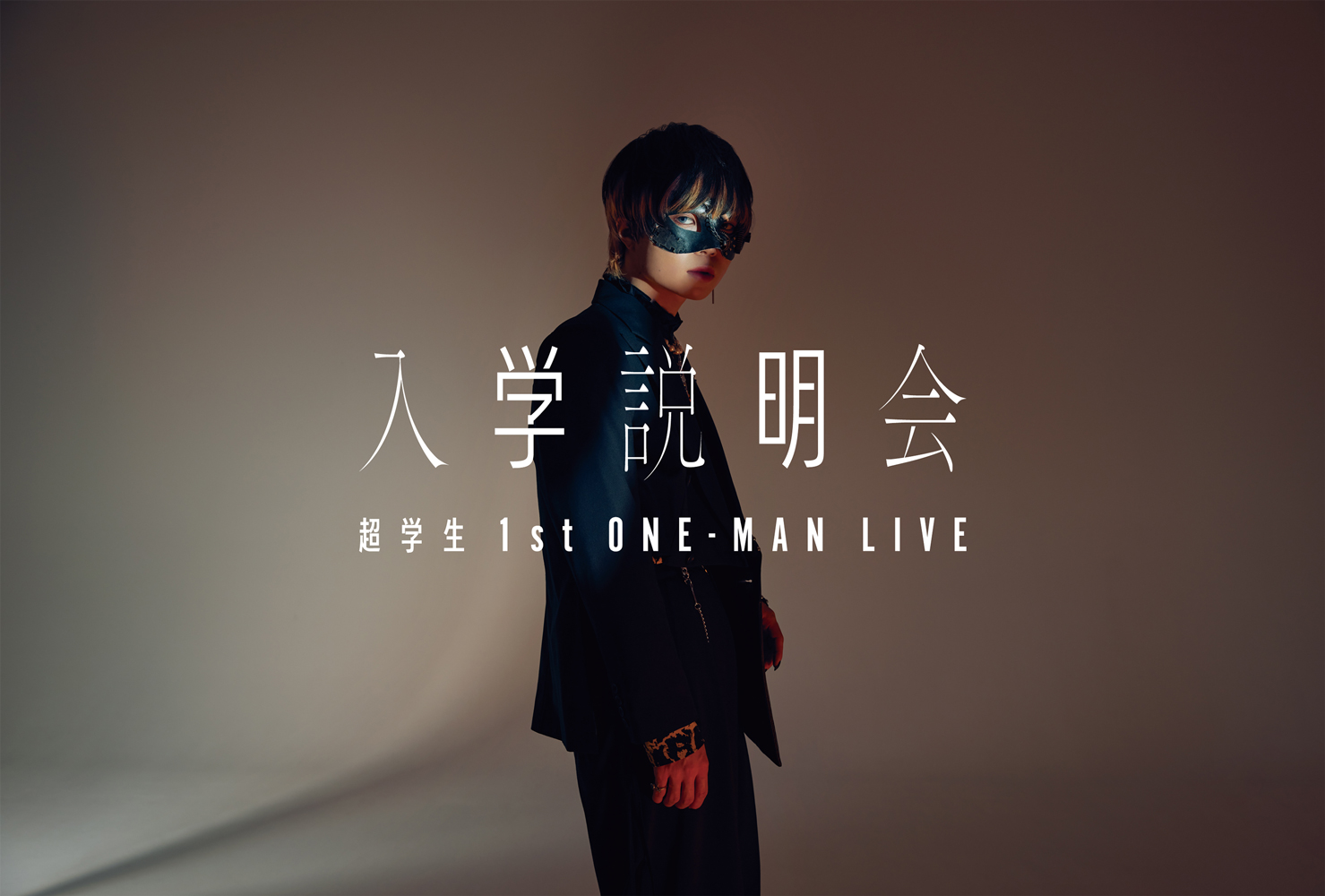
−You have to admit, it’s a pretty unique title for a concert, isn’t it?
“Since this is my first live performance period, I wanted it to have the theme of a self-introduction, so ‘School Admission Briefing’ seemed to fit, given my name. It’s an unusual title, for sure. (Laugh) I hope fans who attend will feel what it’s like to be a Chogakusei (Super Student). The details of the show are still a secret, though!”
A Vocal Style Inspired by Fan Comments
–You’re popular for your deep, aggressive voice. How did your vocal style come about?
“Honestly, I decided on this style after reading comments from fans posted around the time I released my cover of the song Darling. That’s when I started posting on YouTube more frequently and I got a ton of feedback. Like, people would point out the parts they liked–the minute and the second. After scrolling through all of that, I decided on my current style. In a way, how I sing was completely created by the fans.”
−Tons of international fans have commented on your vocal style. What’s the secret of your popularity?
“I’d love to know myself! (Laugh) Please tell me! In my head, I know that I have this slightly rough, low voice that leads to a more masculine singing style. I also put a lot of thought into the costumes and makeup for each song, so a lot of comments tend to focus on that too. They like my style.”
“I want to try styles from around the world.”
“I’d like to try a ton of unique styles from around the world in the future, like Chinese and Arabic styles. I’m up for the challenge of representing different countries and cultures! I hope to incorporate ideas from fans around the world too, so leave them in the comments. I don’t care what language you speak, please tell me about your country and what you’d like to see!”
Information
Chogakusei
Born in 2001, Chogakusei posted their first cover song at the age of 11. Ever since, he’s consistently posted videos online, currently posting at a rate of one per week. With over 300 million views on his cover tracks, his aggressive voice and mysterious masked appearance have caused him to gain traction with fans around the world. Chogakusei released his first album Cho on February 15, 2023, and his first solo concert, School Admission Briefing, is to be held at the Nippon Seinen-kan Hall in Tokyo on March 5, 2023.
Official Site: https://chogakusei.com
-
KAWAII LAB. Report #16 ~One Year of FRUITS ZIPPER~
FRUITS ZIPPER, an up-and-coming idol group from ASOBISYSTEM’s KAWAII LAB project, has a simple concept: “From Harajuku to the World.” For the past year, the girls have been transmitting what they call ‘NEW KAWAII’ from Harajuku, an area known for fashion and individuality, to their growing fanbase.
Recently, we sat down with the members to chat about their first year as idols since debuting in April 2022.
ーWhat has the past year been like as members of FRUITS ZIPPER?
Manaka Mana
“The past year has been a year of love. I’ve learned so much about myself and see my own weaknesses more than I ever have before!
I’ve been able to encounter emotions I wasn’t even aware that I could, and I’ve even been able to recognize and verbalize a lot of new dreams and goals for the future!
Thank you so much!”
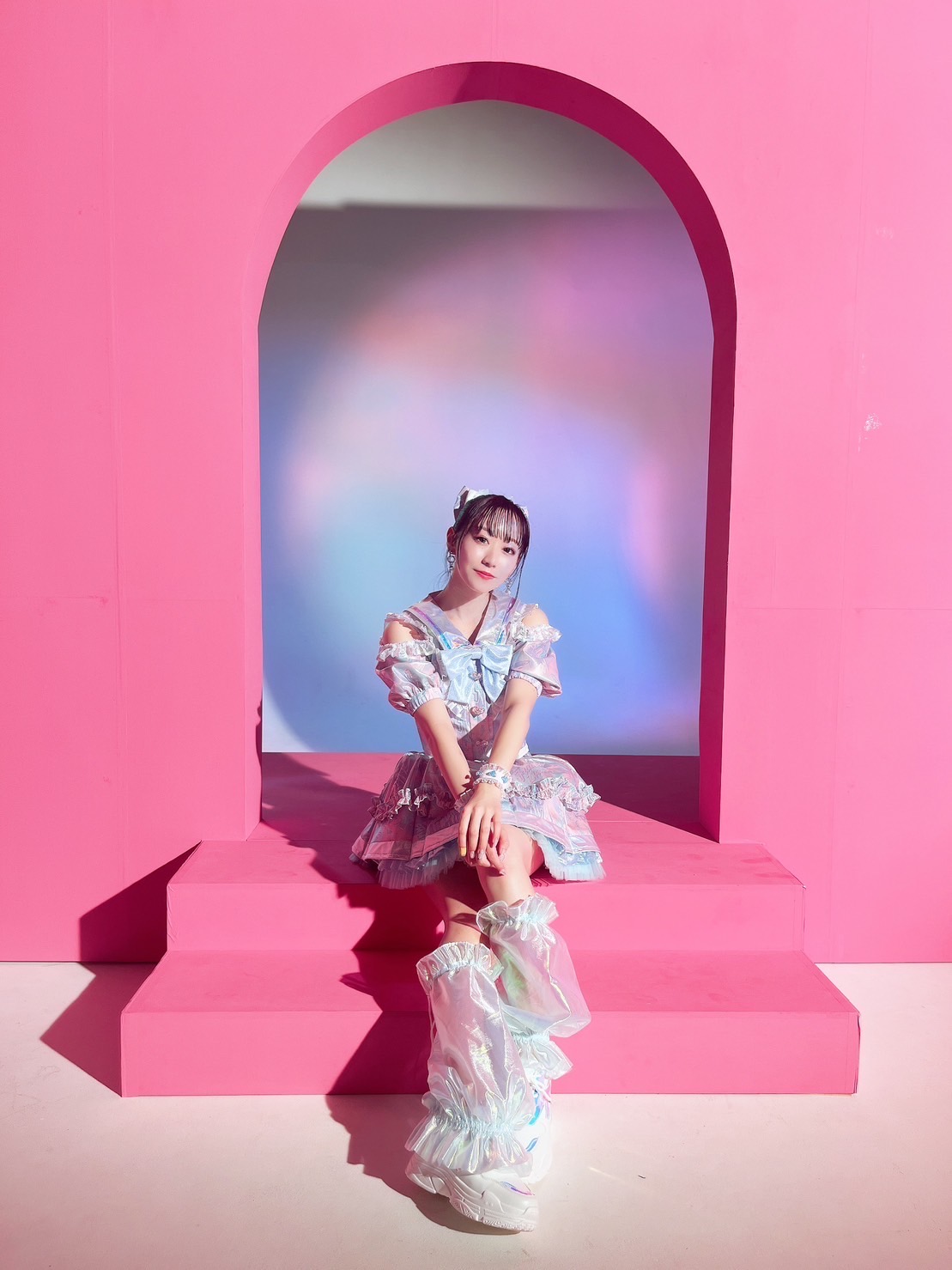
Noel Hayase
“The past year has been the most packed year of my life. There was something to do every single day–it was so hectic and so fun! I could only think about how thankful I was to be part of FRUITS ZIPPER. I’m sure that we’ve all become stronger over the past year, and I want to keep working hard and expanding our activities more in the coming years!”
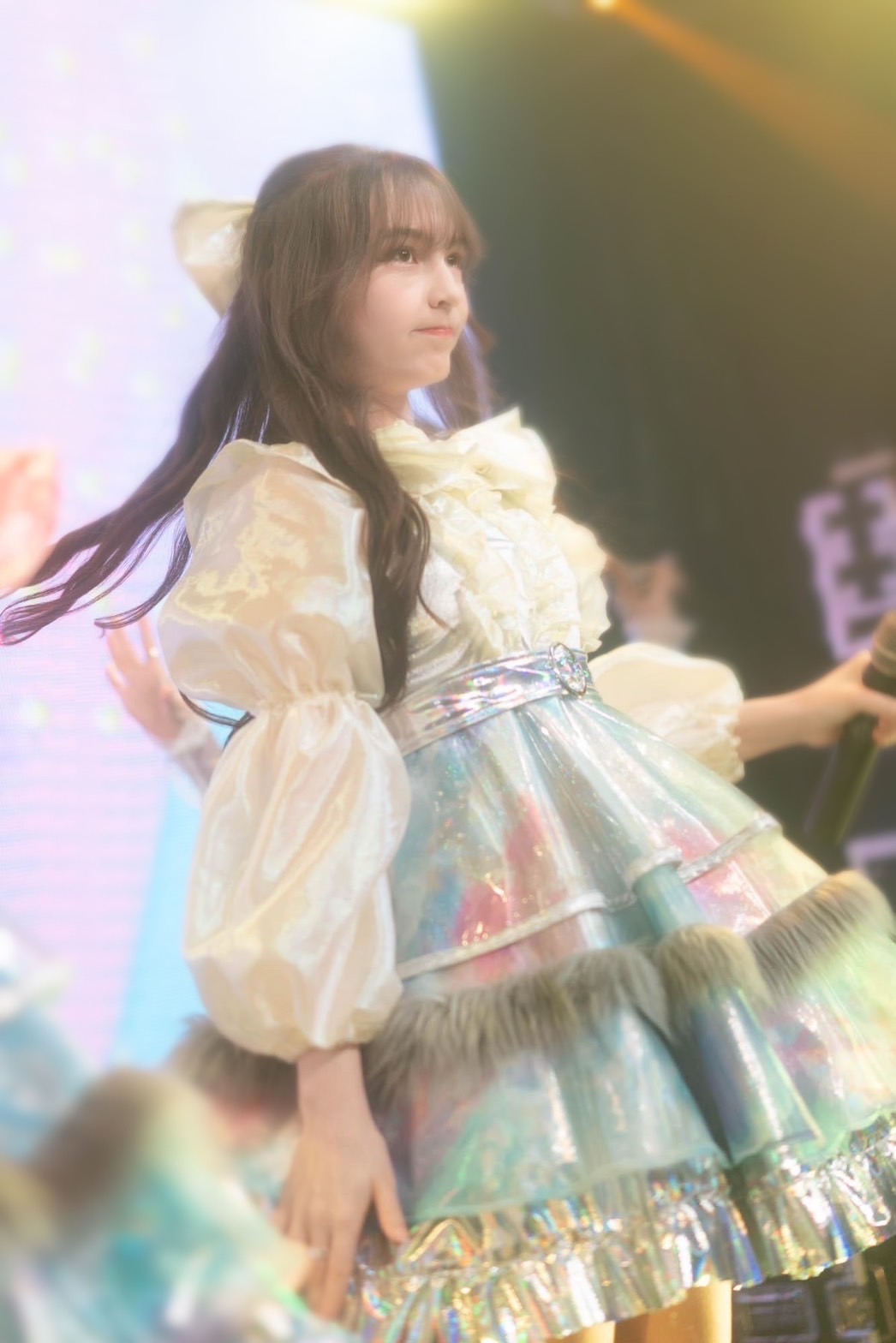
Amane Tsukiashi
“Every day seemed to fly by. I met and talked with so many people, and I was finally able to do the job I had always dreamed of doing.”
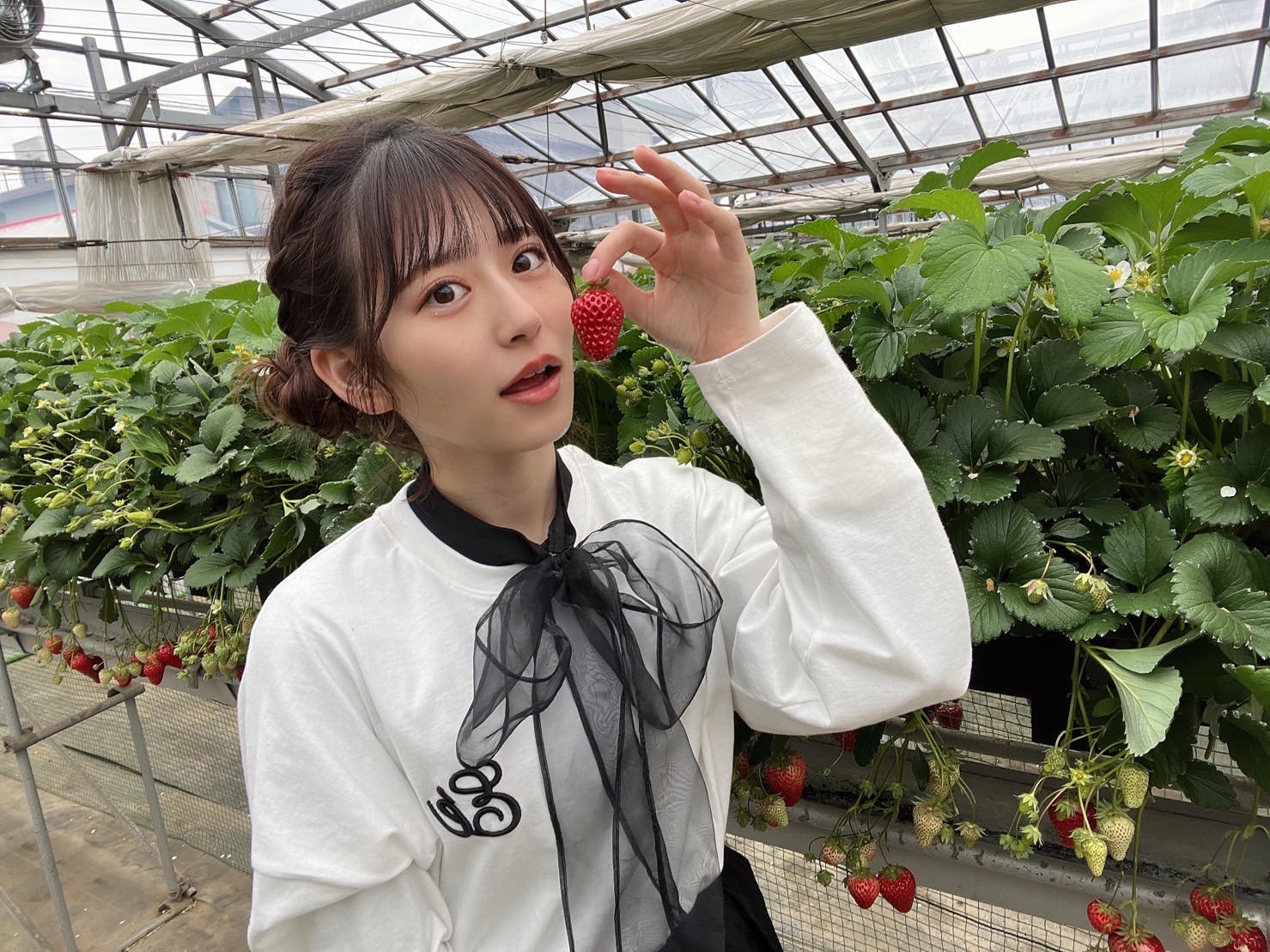
ーYou performed in Thailand this year, highlighting your slogan of ‘From Harajuku to the World.’ Can you tell us any fun stories from that time?
Yui Sakurai
“I was so happy to see how many people knew about FRUITS ZIPPER–it was more than I could have ever imagined! So many fans told me how happy they were to meet me and it made me so thrilled!
There were some fans who came from Japan too, and they joined the Thai fans to become Team Yui! I really felt like we had shared Harajuku with the world at that moment. ♡
I hope that we’ll keep expanding this way and visiting fans around the world.
It was such a warm and special day.”
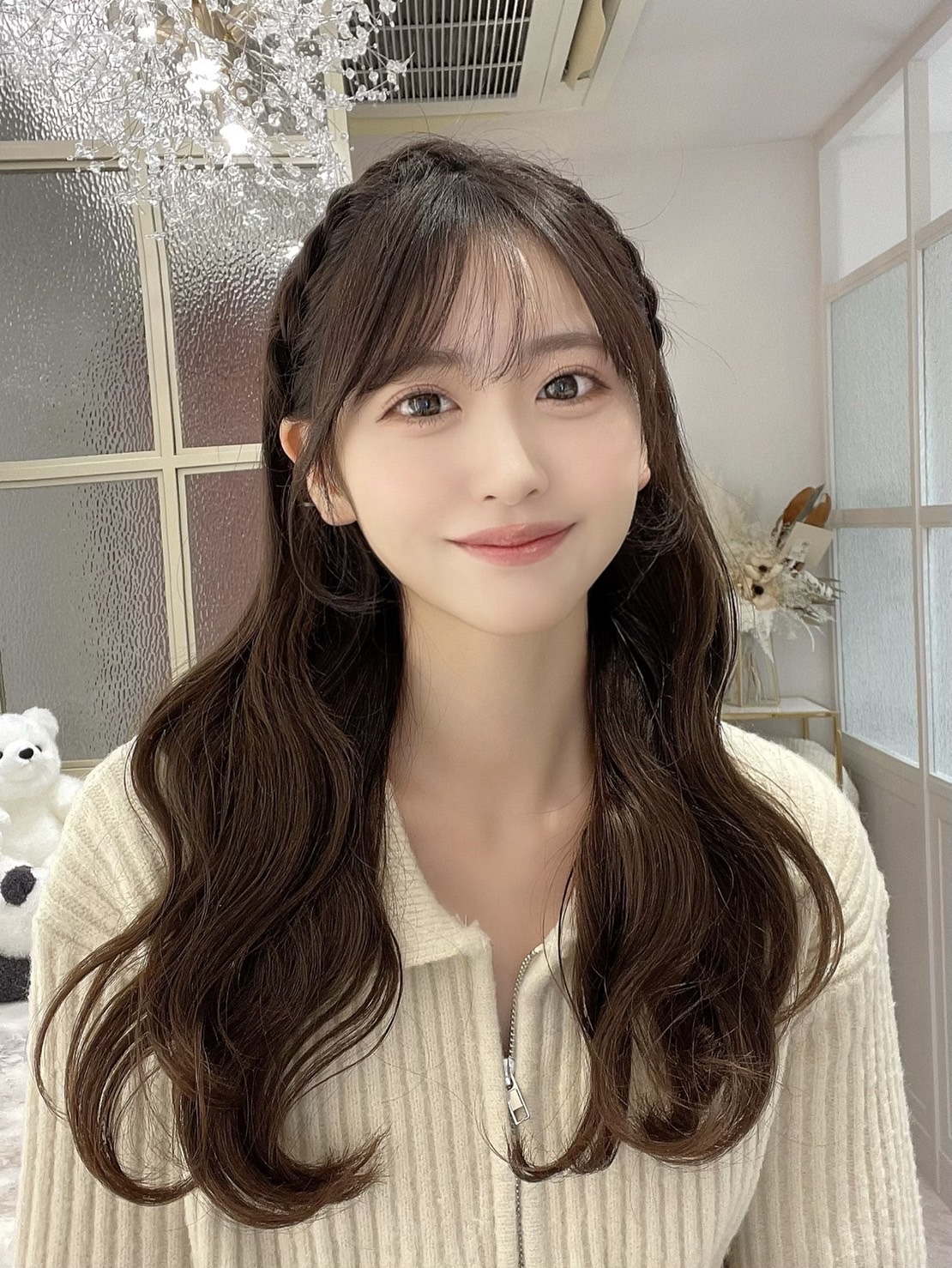
Luna Nakagawa
“This was my first time performing overseas and I was nervous about how the audience would react. We weren’t well-known in Thailand, after all–but when we started singing Watashino Ichiban Kawaiitokoro, everyone sang along!
The concert was so warm and the fans were so sweet, I immediately forgot that it was my first big overseas performance. I was full of adrenaline and it just turned out to be so much fun.
That concert is still my best memory. I can’t wait to go back to Thailand to perform again.
Since our motto is ‘From Harajuku to the World,’ I hope that we can keep expanding to other countries soon!”
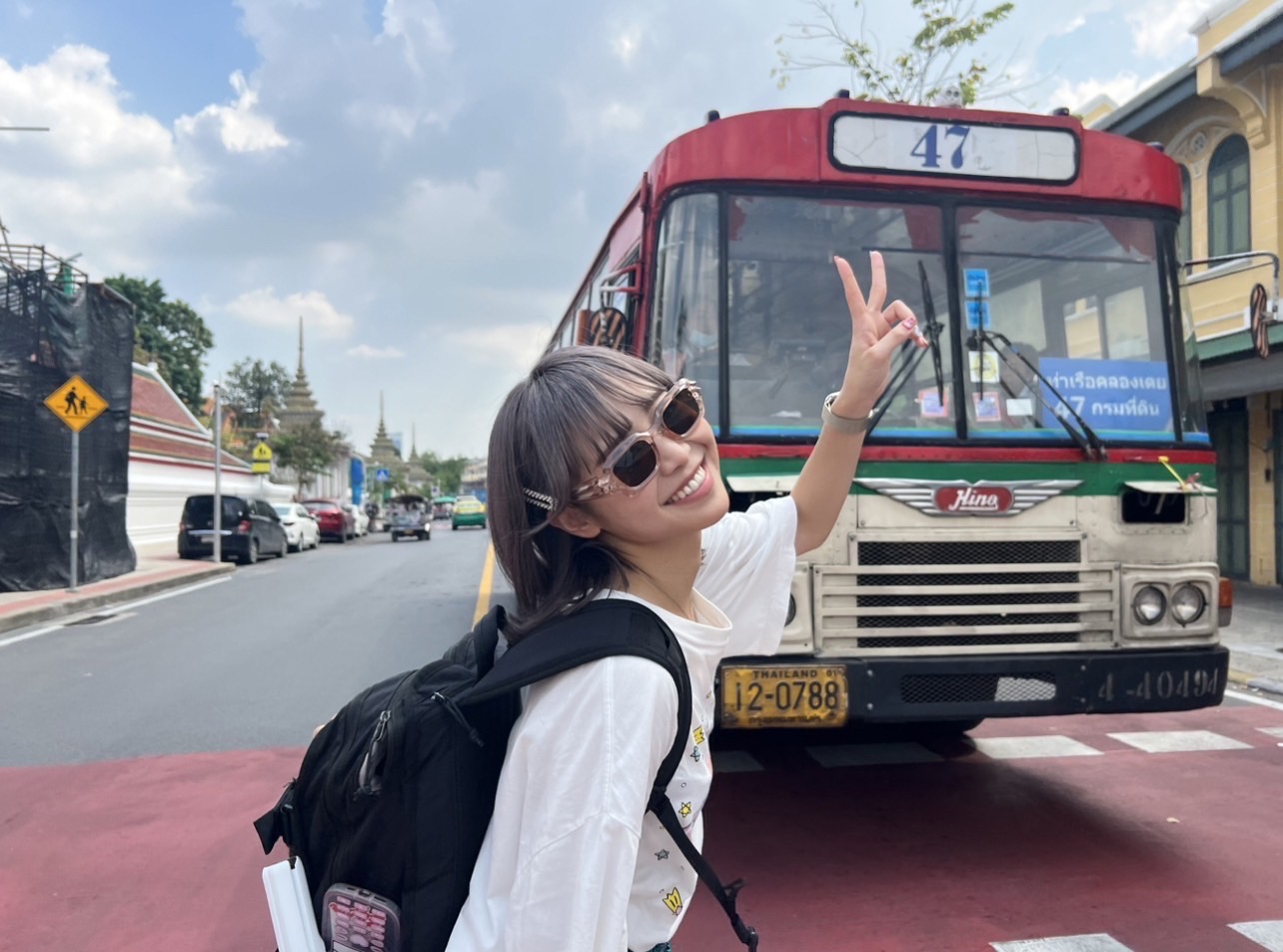
ーDo you have any goals for the next year in terms of overseas activities?
Suzuka Chinzei
“I want to do a European tour!
I’m still studying German, but I’d love to try out my communication skills! 🥺 (I guess I could do that here too, but…)”
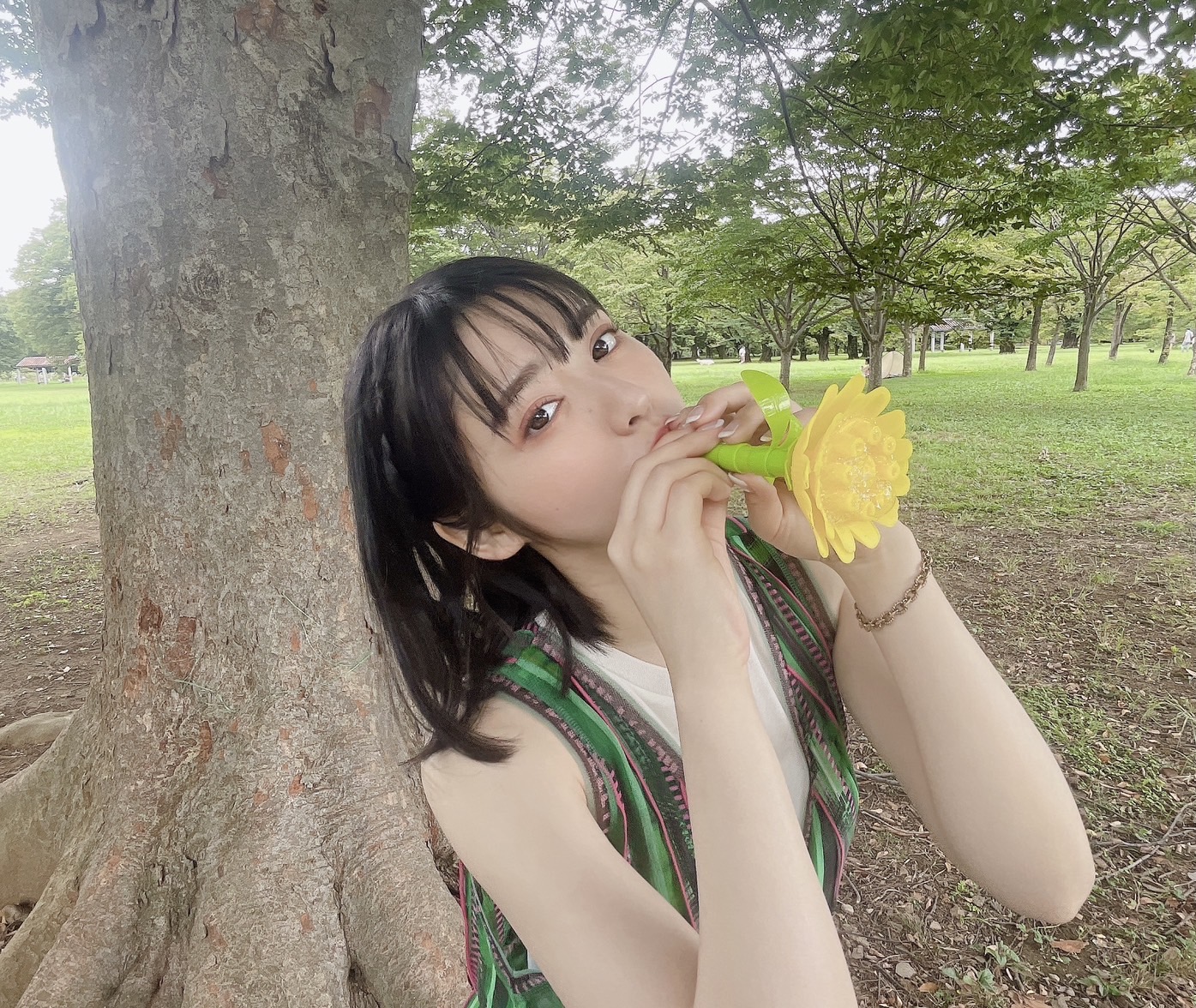
Karen Matsumoto
“I want to be friends with more overseas fans! 💖
Honestly, I’d love to become like Kyary, an idol who is now recognized all over the world!”
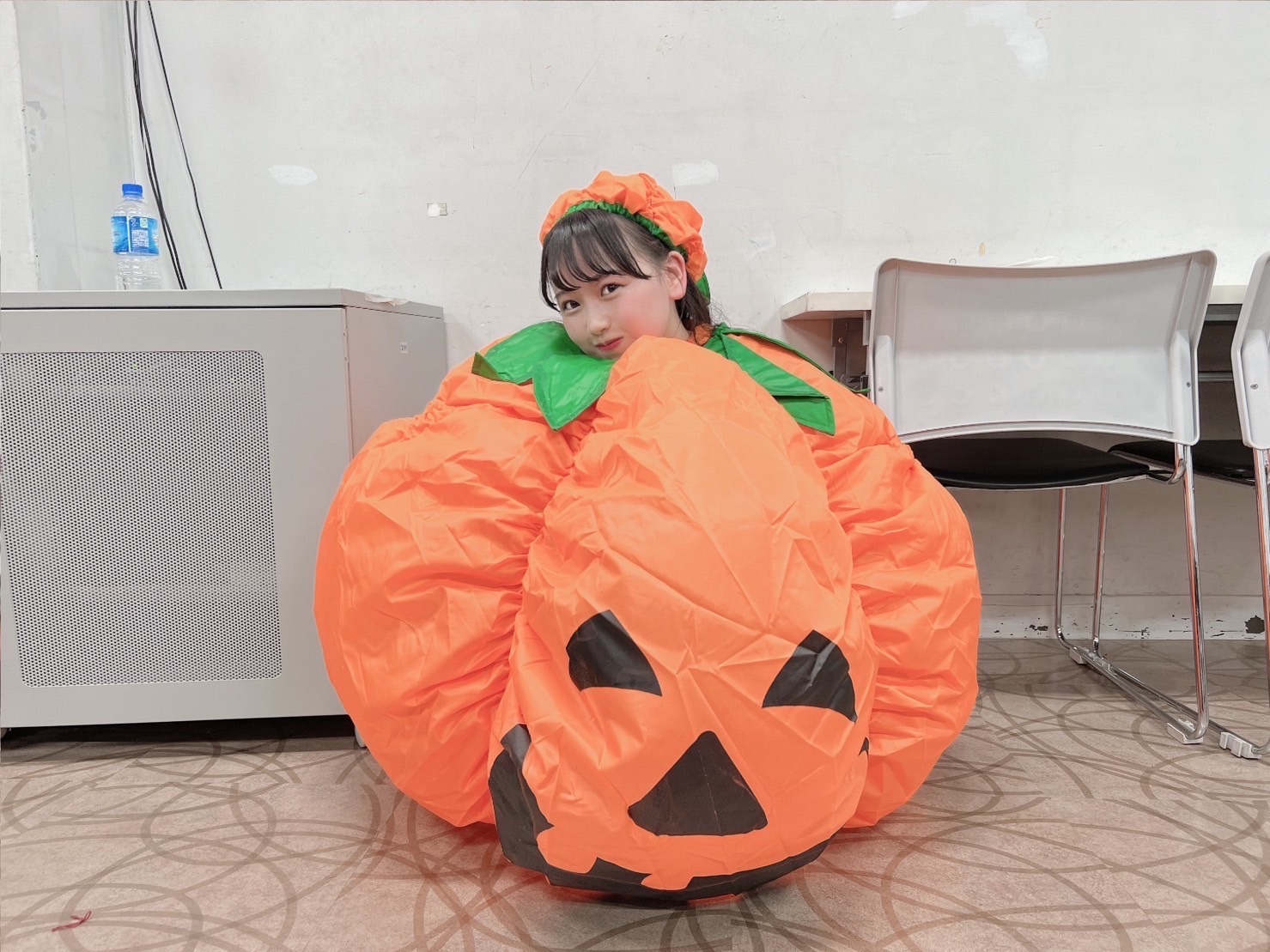
ーGive a message to your fans both in Japan and abroad!
Manaka Mana
“In 2023, I hope that I can spend more time with fans from around the world in person! I want to become stronger and care for those important to me while growing my natural gifts!
I hope you’re all looking forwards to a powered-up FRUITS ZIPPER!
Let’s make 2023 a great one!” 🤍
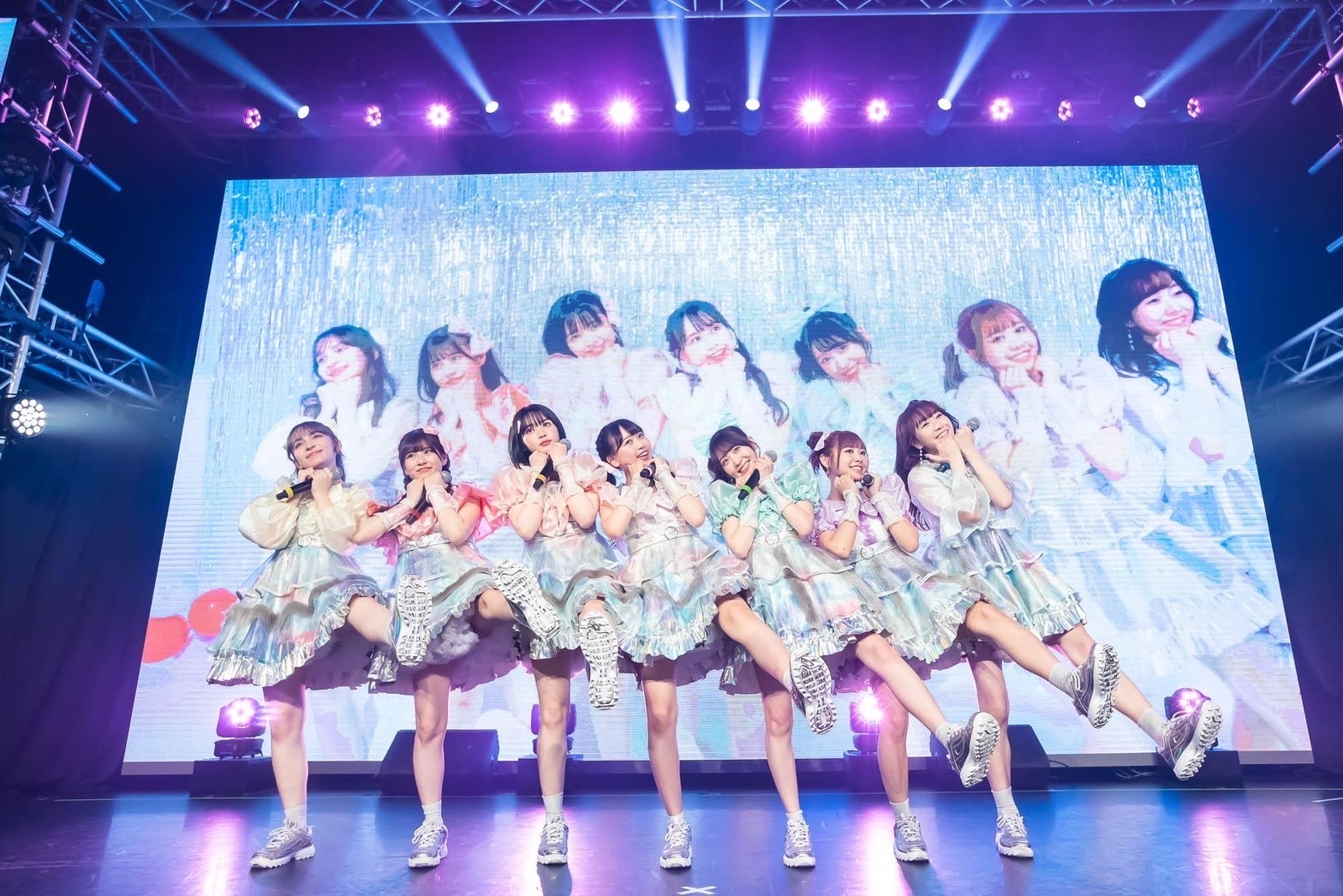
Noel Hayase
“Even though we’ve only just debuted, we’ve already been so blessed, invited to perform in Thailand and to spend New Year’s Eve in Taiwan. How have we been abroad so many times already? I want to keep the momentum going, spread my wings and aim for an even bigger stage! To all the international fans, just wait! We’ll keep bringing Harajuku to the rest of the world!”
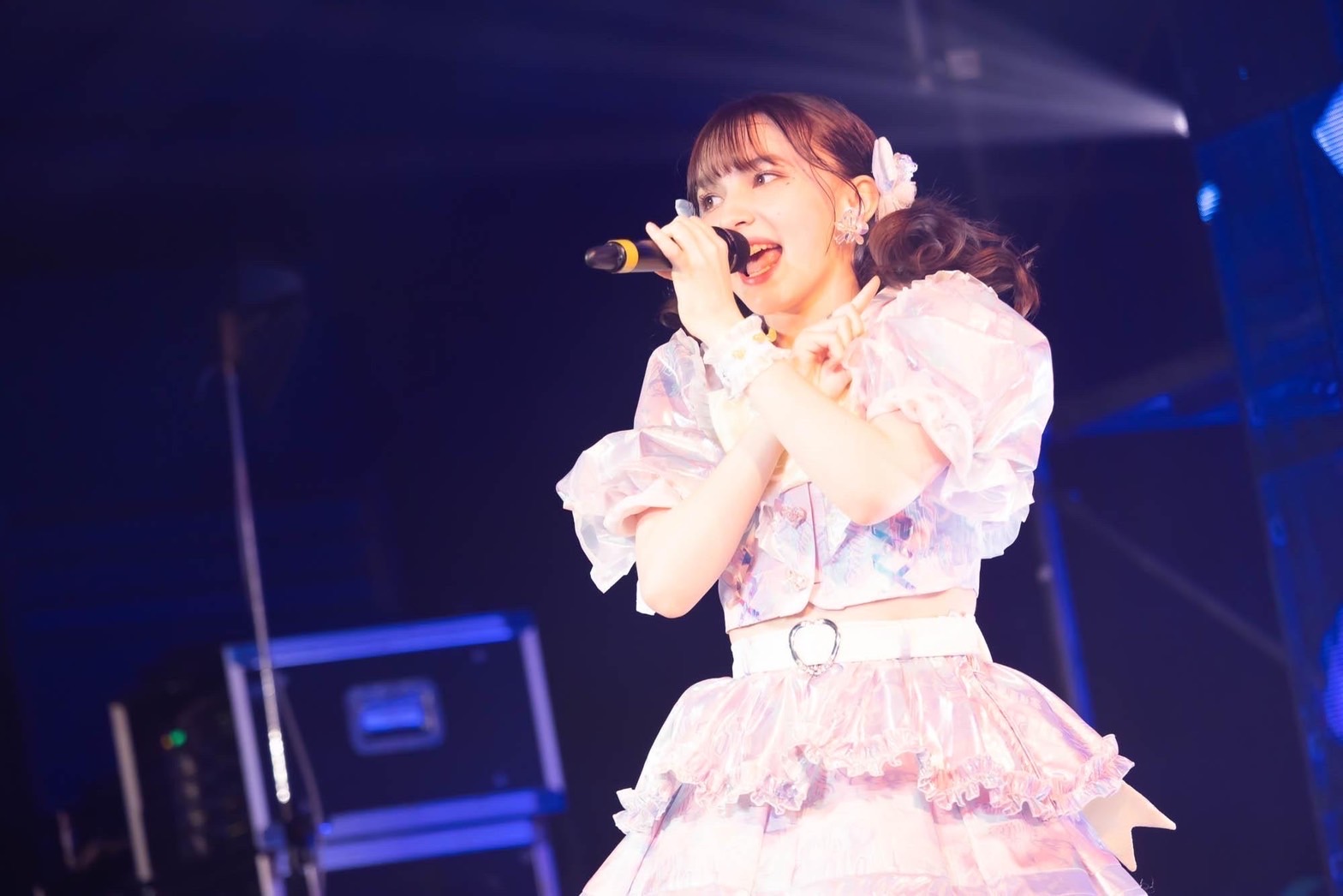
Information
FRUITS ZIPPER
Twitter: https://twitter.com/fruits_zipper
Instagram: https://instagram.com/fruits_zipper
YouTube: https://youtube.com/channel/UCW8Q9LBGGBgK6a-u0C0h95A
TikTok: https://vt.tiktok.com/ZSen7dJAT/
Facebook: https://www.facebook.com/FRUITSZIPPER
-
Interview: MIOCHIN’s Kawaii Girl’s Guide to Tokyo
Many visiting Tokyo in the future will want to find the most kawaii spots imaginable, and we know just the girl to serve as a guide! In today’s special interview, we chatted with MIOCHIN to share her recommendations. If you haven’t seen her colorful pop pics on TikTok and Instagram, you’ll want to jump into the MIONOSEKAI!
Q. MIOCHIN, what store is a must-visit in Harajuku?
“That would be SUGAR HIGH at Harajuku Alta! You can find colorful sweets and cute goods from all over the world. I always stop by when I have time because they have popular snacks I’ve seen on TikTok, tons of jewelry, and things I can use every day♪
It’s also a really good spot for buying small souvenirs and gifts for people!★”
Q. What store in Tokyo really embodies your personal worldview?
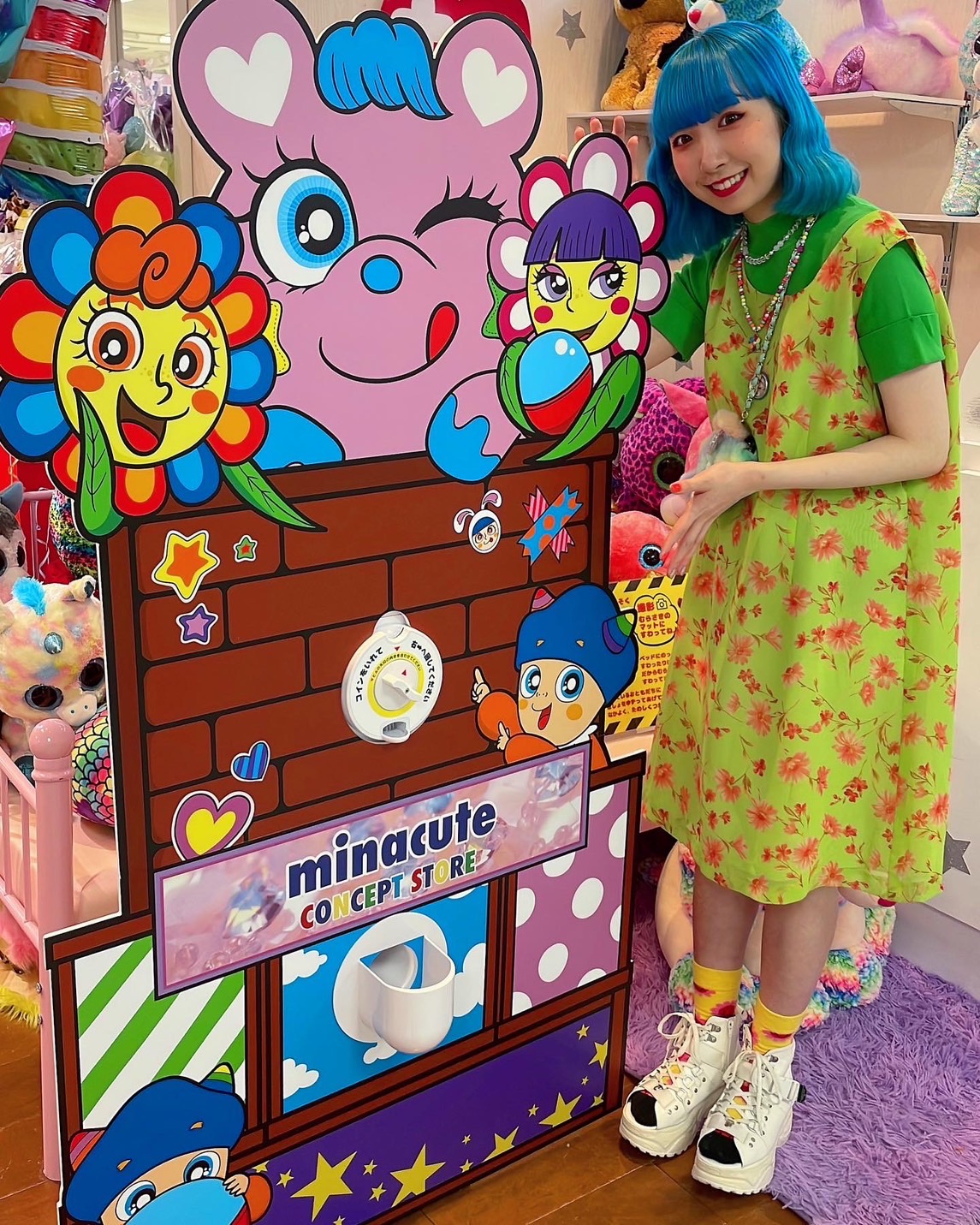
“The minacute CONCEPT STORE at Ikebukuro Sunshine City. I’m actually the store’s producer!★
Not only did I design this shop, but I’m also selling cute accessories in collaboration with minacute!!”
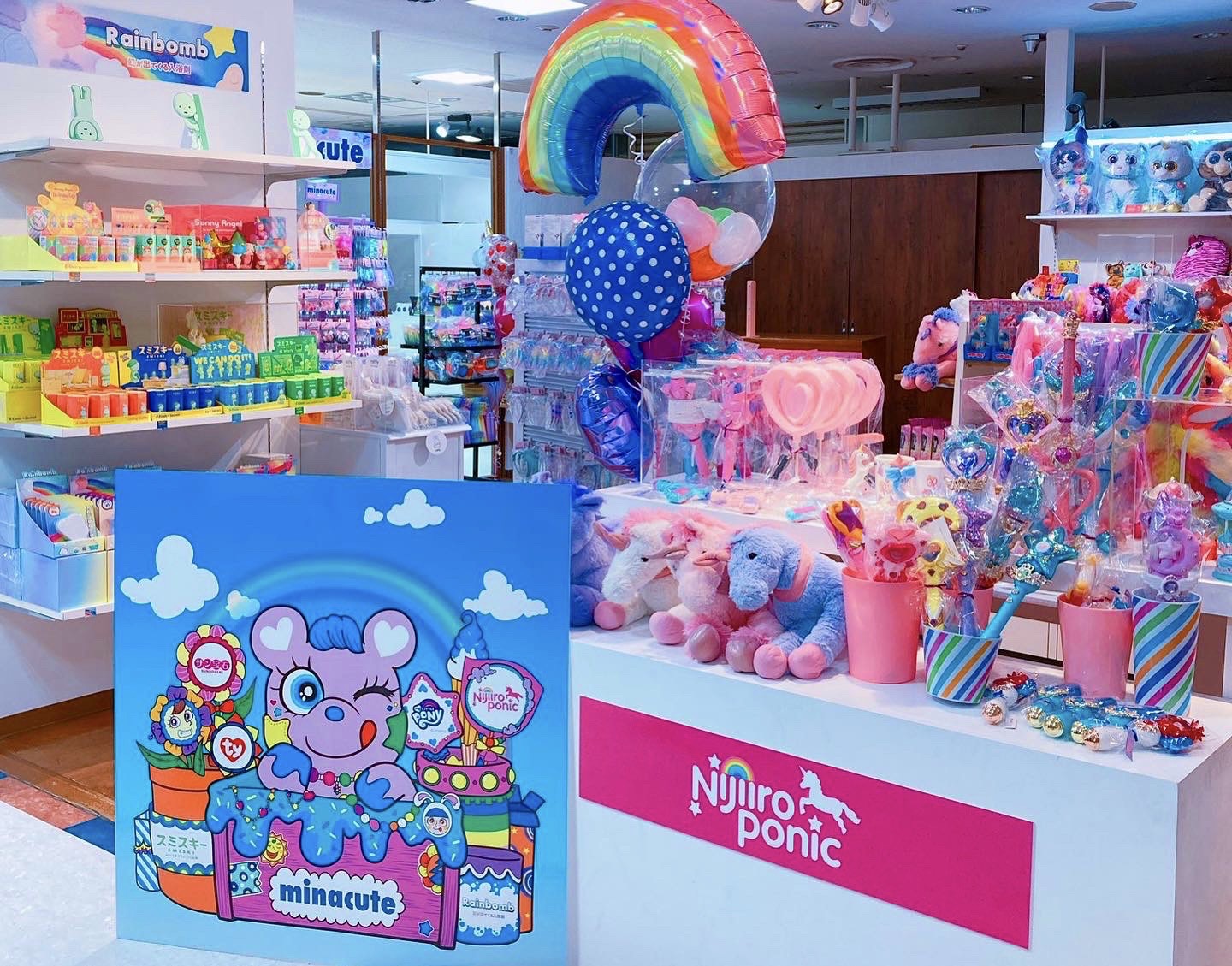
“The store feels like a big toy box and it’s filled with so many items that kids would love. Not only that–you can find popular brands from around the world and tons of sparkle too★
We also hold workshops and events on weekends, so please come visit!♪★”
Q. What’s your go-to Kawaii Spot?
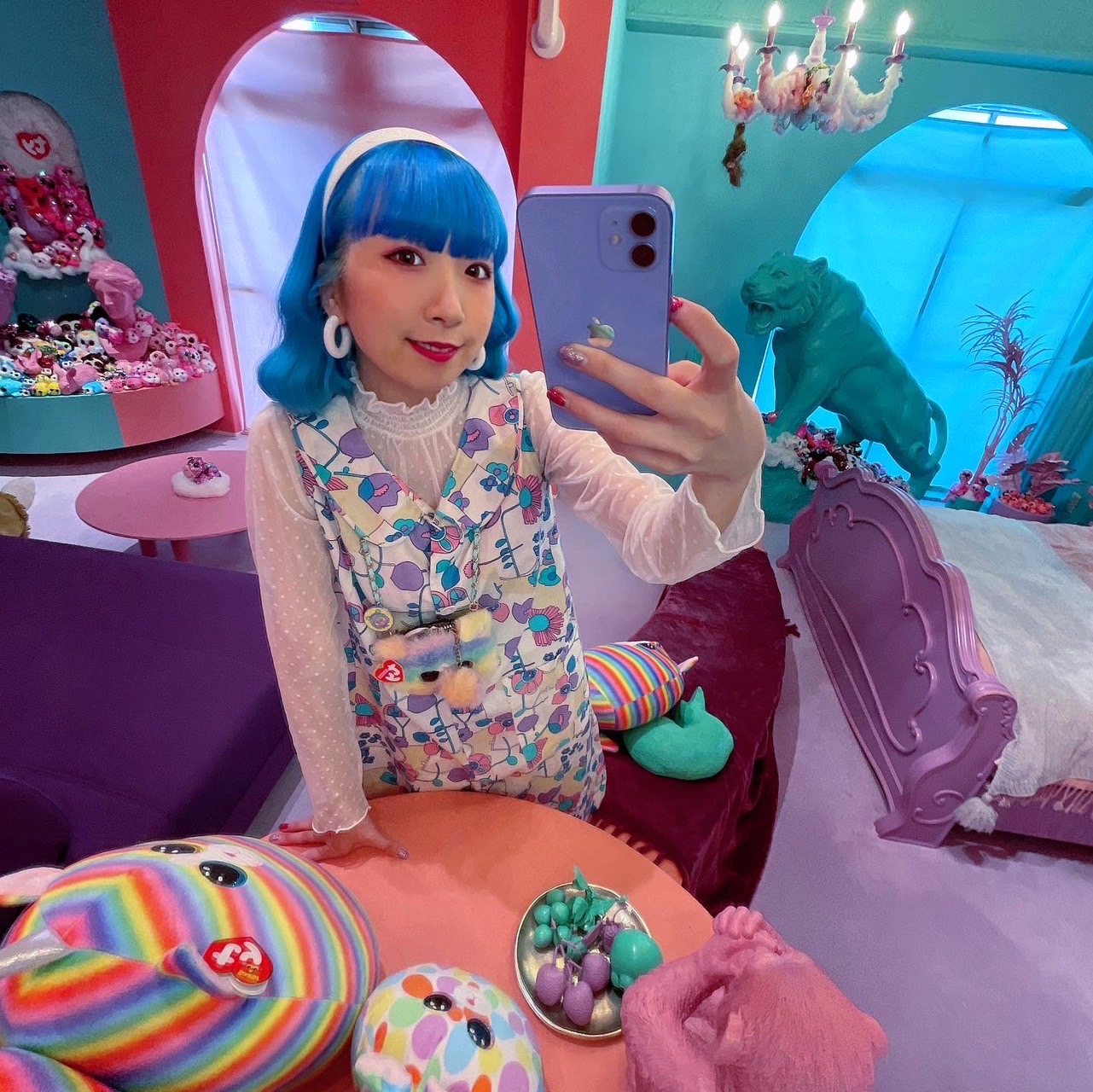
(The HARAJUKU Room)
“If you’re looking to surround yourself with everything cute, it’s all about MOSHI MOSHI ROOMS! Each room is perfect for snapping photos–I’ve visited so many times for parties and photo shoots★
There are four rooms: DOSKOI, HARAJUKU, ORIGAMI, and SAKURA, and each has a uniquely cute interior♪ If you’re planning on staying the night in Harajuku, be sure to check it out!”
Q. Where can the readers find cute clothes like the ones found in your wardrobe?
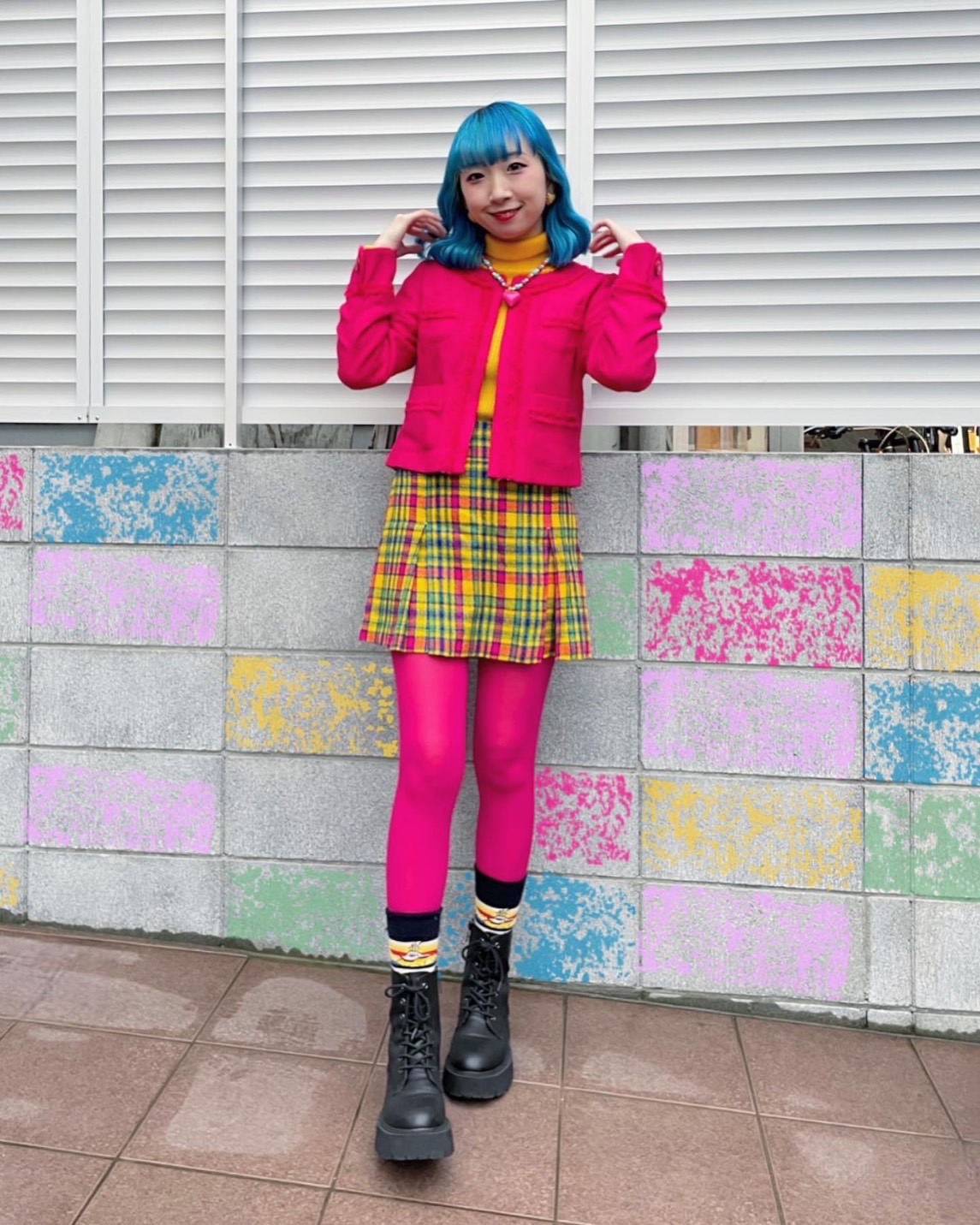
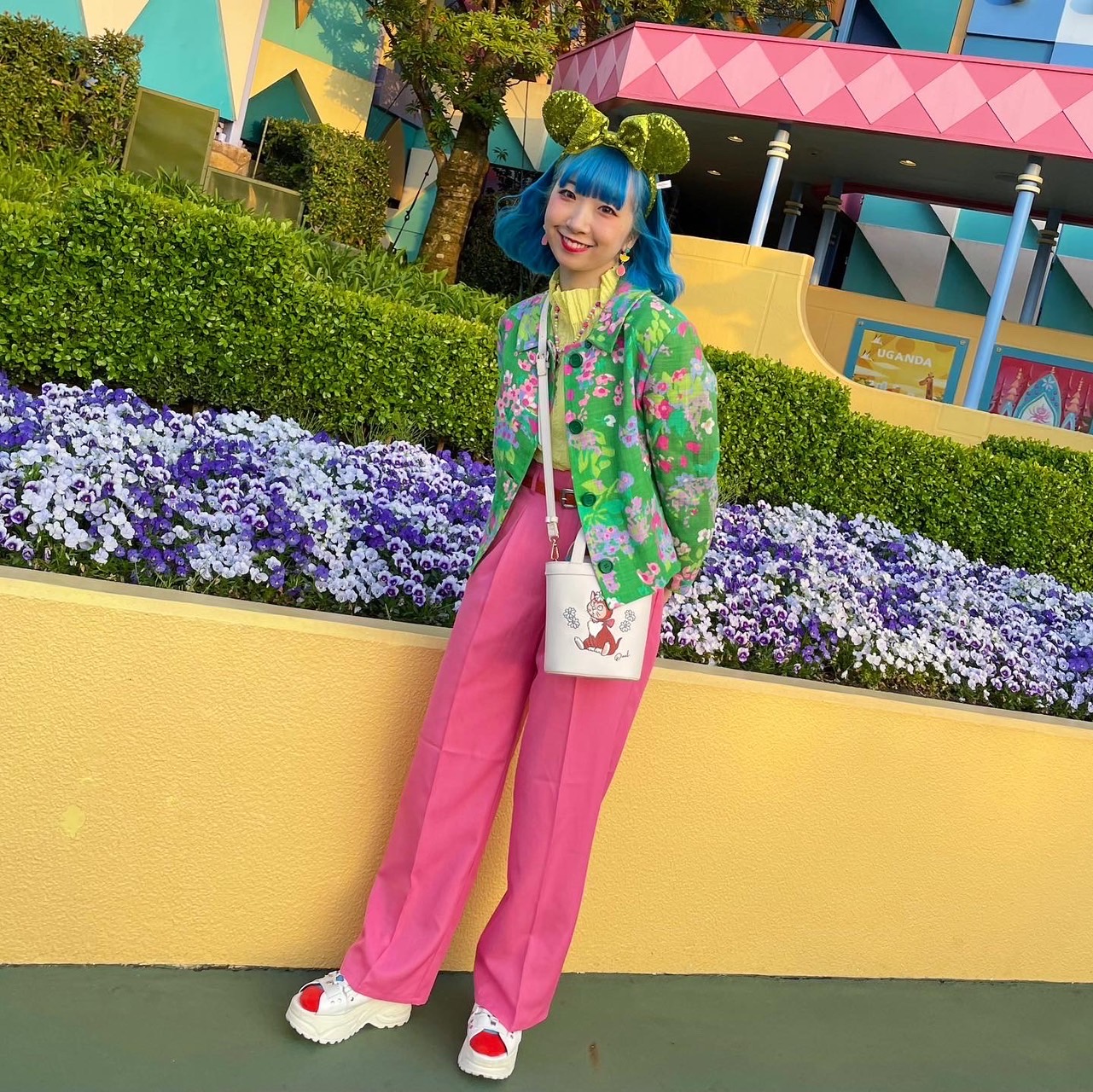
(Skirt, Jacket: grapefruitmoon)
“Check out grapefruitmoon, a vintage clothing store. They have so many neat items from the 60s to the 80s, and the designs and shapes are so unique. I’d recommend browsing their retro dresses and funky bottoms★Whether you’re into more monotone fashion or something more flashy and bright, you’ll find it!♪”
Q. Where do you buy your makeup?
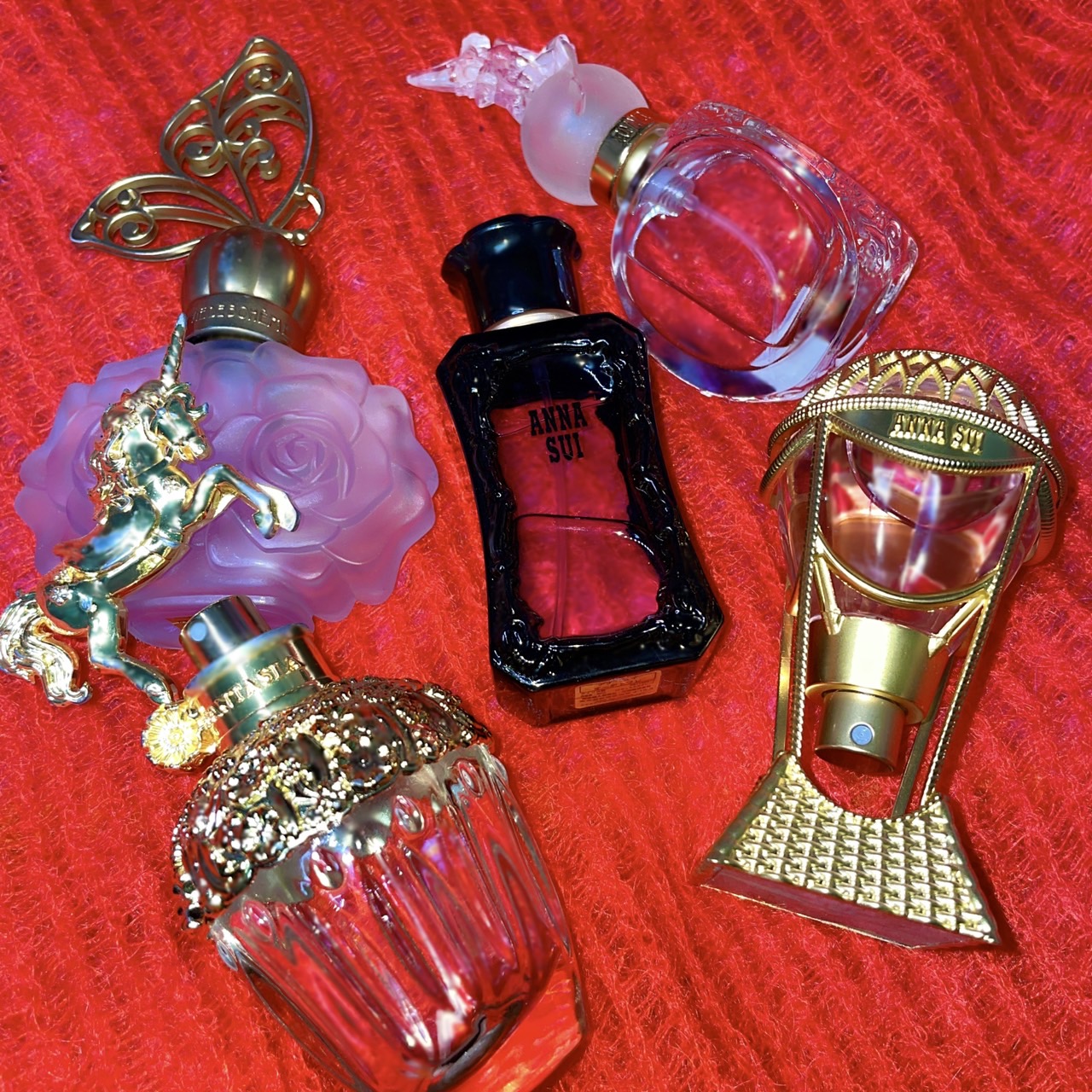
“ANNA SUI. I just can’t get enough of the brand’s vision, and the cosmetics are really one-of-a-kind. Honestly, I buy most of them–I especially love the perfumes. I love the scents and the designs are just too damn cute! It’s my favorite collection.”
Q. To wrap things up, do you have a message to readers coming to Japan in the future?
“I’m so glad that so many people are interested in Japan. I post so many colorful things on social media and always want to share Japanese culture with the world!♪
There are so many interesting places that you can only find here, and fascinating activities that you have to visit to enjoy!
I hope you’ll come enjoy our food, fashion, and sightseeing spots. And don’t forget to shop for some kawaii goods!★
And I hope that once you do, you’ll love Japan even more!”
PROFILE: MIOCHIN

Active as an illustrator, TikToker, and streamer, MIOCHIN is known for her colorful pop world MIONOSEKAI. She has fans young and old from around the world and often broadcasts on YouTube and TikTok, recently attracting attention for her duet videos on the latter. Her original videos focus on everything from makeup and art to impressions.
Instagram: https://www.instagram.com/dtdq2828/
TikTok: https://www.tiktok.com/@mionosekai
YouTube: https://www.youtube.com/channel/UCnyOak5Hd4WG0oLECz6L0Og
Twitter: https://twitter.com/dtdq2828
-
KAWAII LAB. Report #14 ~Makeup Tips from your Favorite Idols!~
FRUITS ZIPPER, a new idol group from ASOBISYSTEM, has a simple concept: “From Harajuku to the World.” Ready to transmit what they call ‘NEW KAWAII’ from Harajuku, an area known for fashion and individuality, to their soon-to-be global fanbase, the group consists of seven members: Amane Tsukiashi, Suzuka Chinzei, Yui Sakurai, Luna Nakagawa, Mana Manaka, Karen Matsumoto, and Noel Hayase.
A while back in Report #12, we chatted with Karen Matsumoto, Yui Sakurai, and Luna Nakagawa about their makeup routine and tips. This time, we’re asking Noel Hayase, Suzuka Chinzei, Mana Manaka, and Amane Tsukiashi to share their thoughts on makeup!
Tell us about your favorite lipsticks and what makes them special!
-Noel Hayase
When I do my own makeup, I use b idol’s Glossy Lip No. 08 and then layer PERIPERA’s G Tint No. 06 on the inside. I’ve tried so many b idol lipsticks and I finally found one that matches my skin color perfectly. The tinted one was a gift but I love applying it on the inside of my lips–it gives this neat blood-colored look. It also doesn’t fade which is awesome.
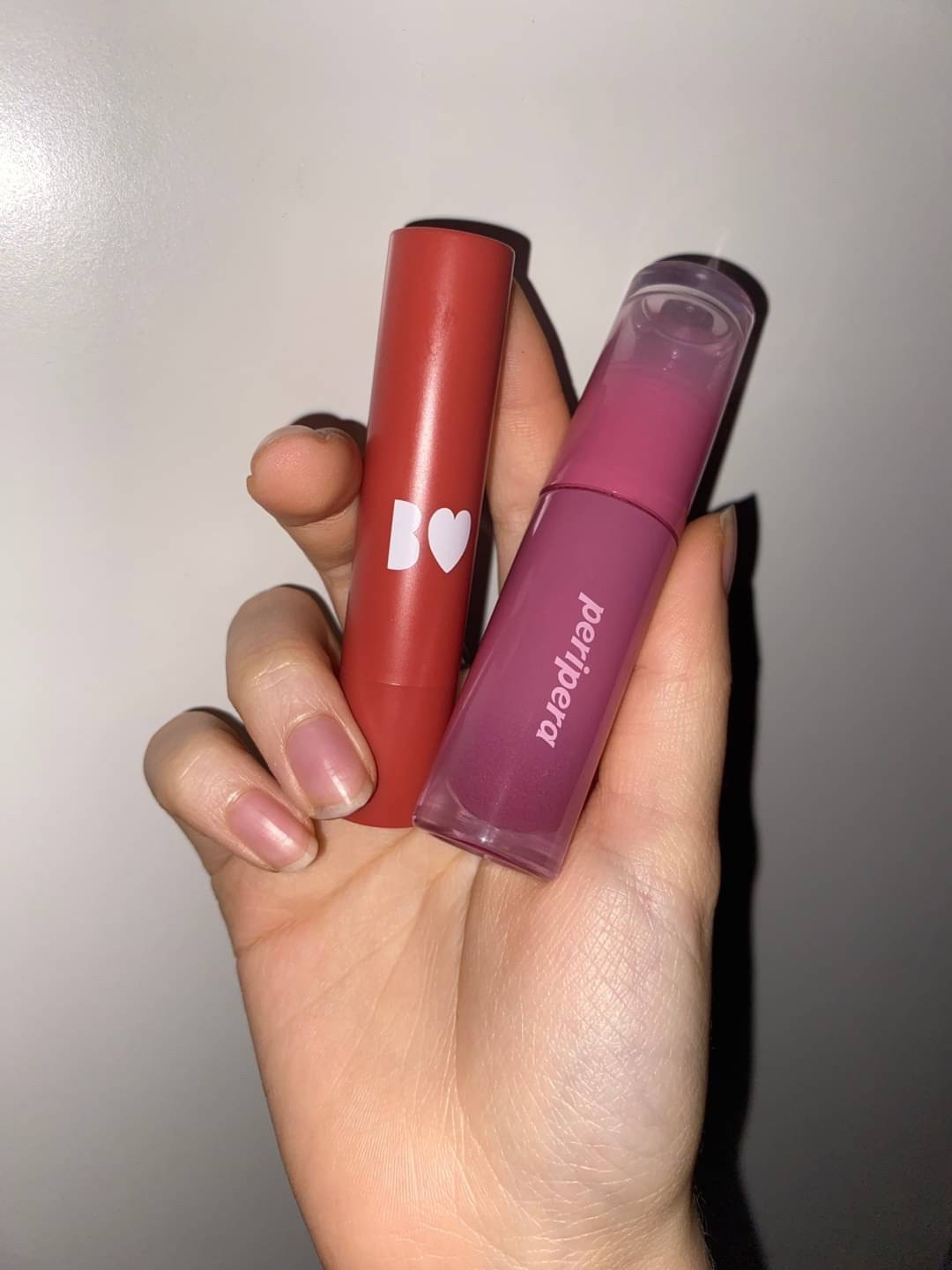
-Suzuka Chinzei
I like THREE Lyrical Lipstick Bloom 11 RUN FREE.
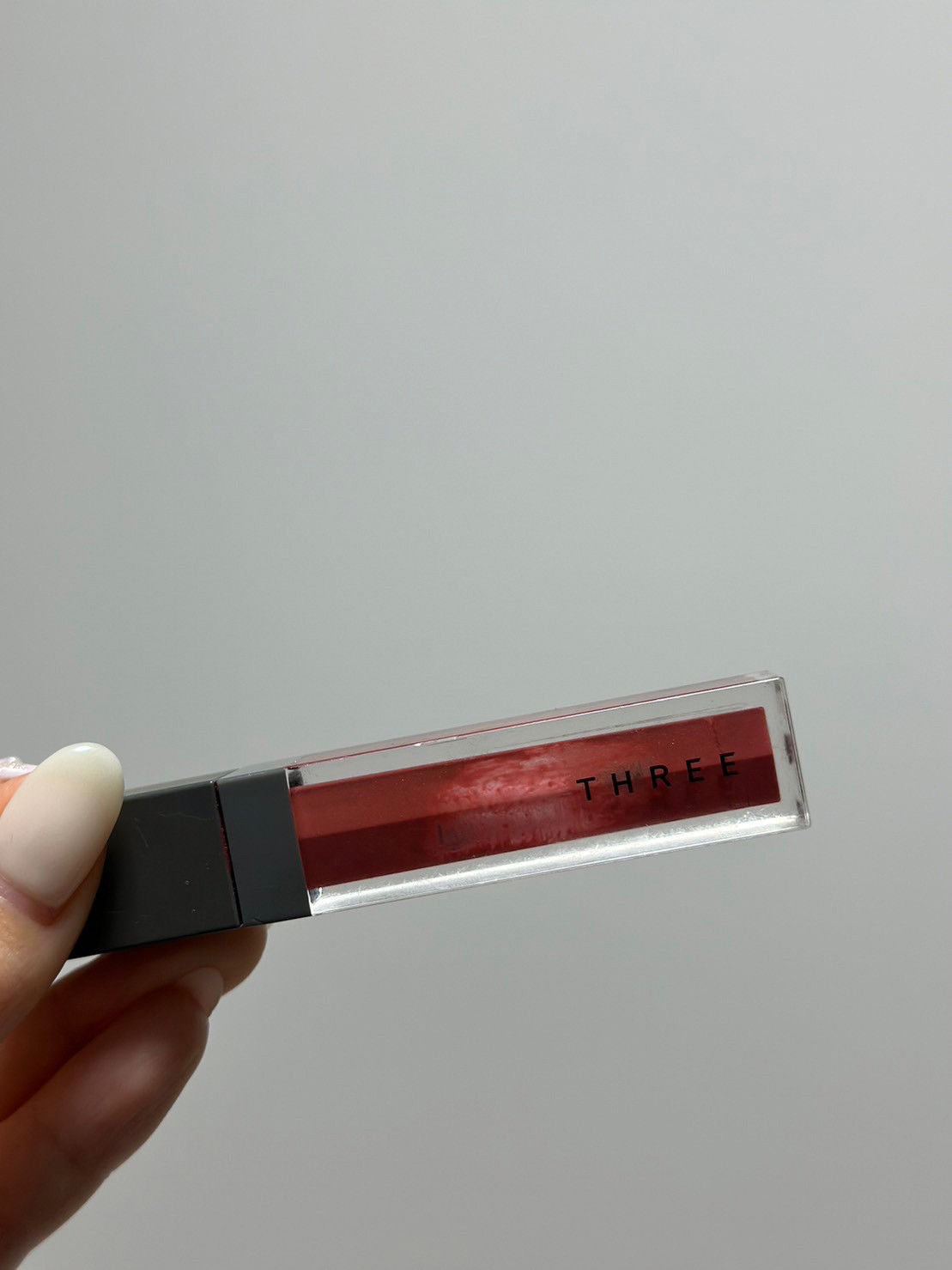
The texture is soft, the color doesn’t fade, and the color is really cute. When I found it, I was so thrilled–it was the exact color I was looking for. Seriously, it’s the best lipstick! It’s honestly all I use in fall and winter♡
-Mana Manaka
Jill Stuart’s lip oil!
We call the people who support us Soragumi, and some of them gave us these gifts along with letters and flowers after our first solo concert. We were so happy☁️
I love the colors and the cloth wrapping, but I feel like it would be such a waste if I ran out so I only carry them as good luck charms. (Laugh)
-Amane Tsukiashi
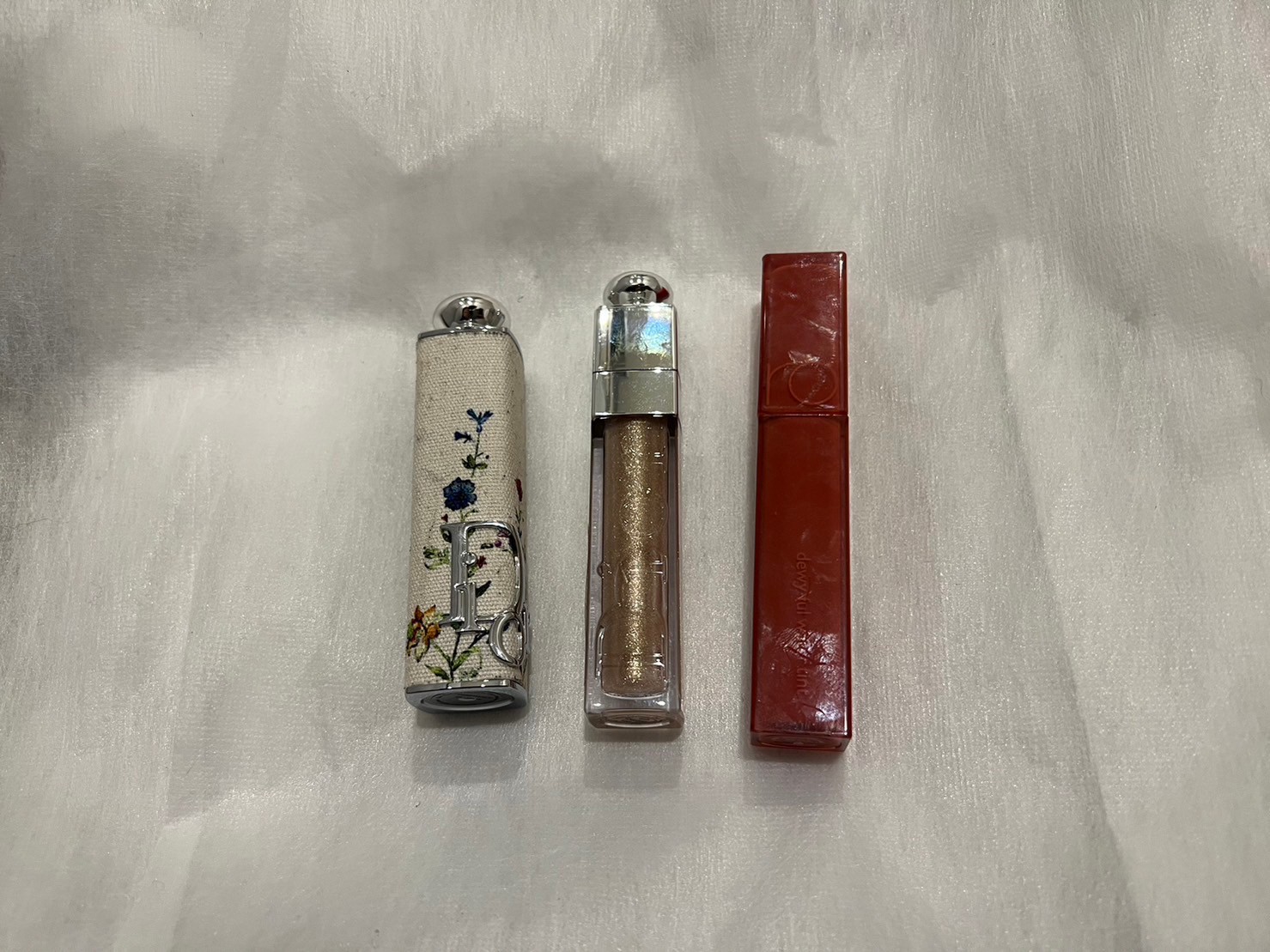
DIOR ADDICT 524 DIORETTE
DIOR ADDICT Maximizer 103 Pure Gold (This one was a gift🙇♂️)
04 rom&nd Dewiful Water Tint
I have so many favorite lipsticks, but lately I’ve been into layering this shimmery gold maximizer with brown, orange, red, and darker lip shades. It’s really cute!🤍
What do you use for your foundation?
-Noel Hayase
I don’t put a lot on my skin, but I do apply a makeup primer called UV Idea XL Protection Tone-Up by La Roche-Posay first. After that, I use Dior Skin Forever Skin Correct Concealer to hide dark circles and redness. That’s all!
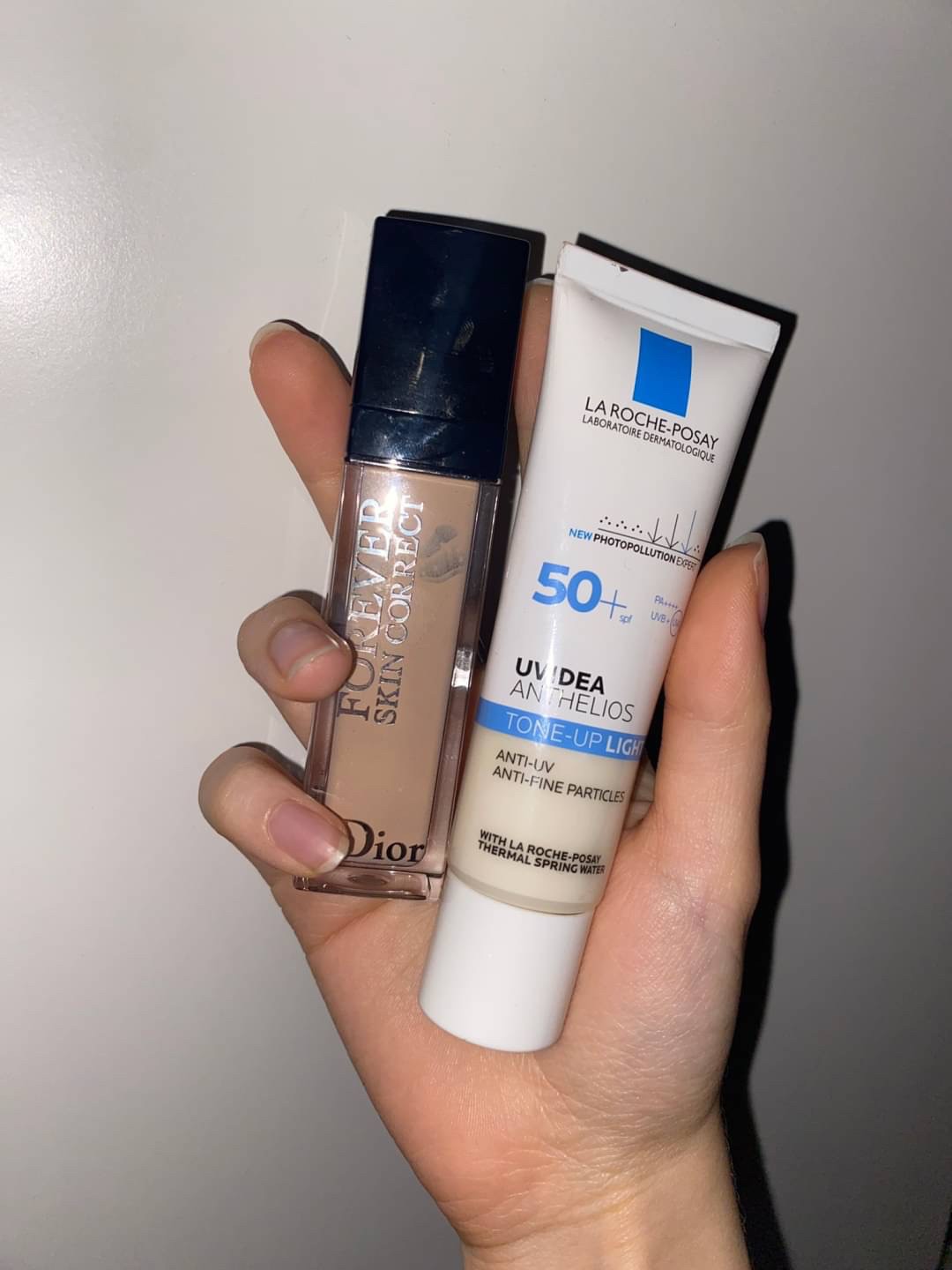
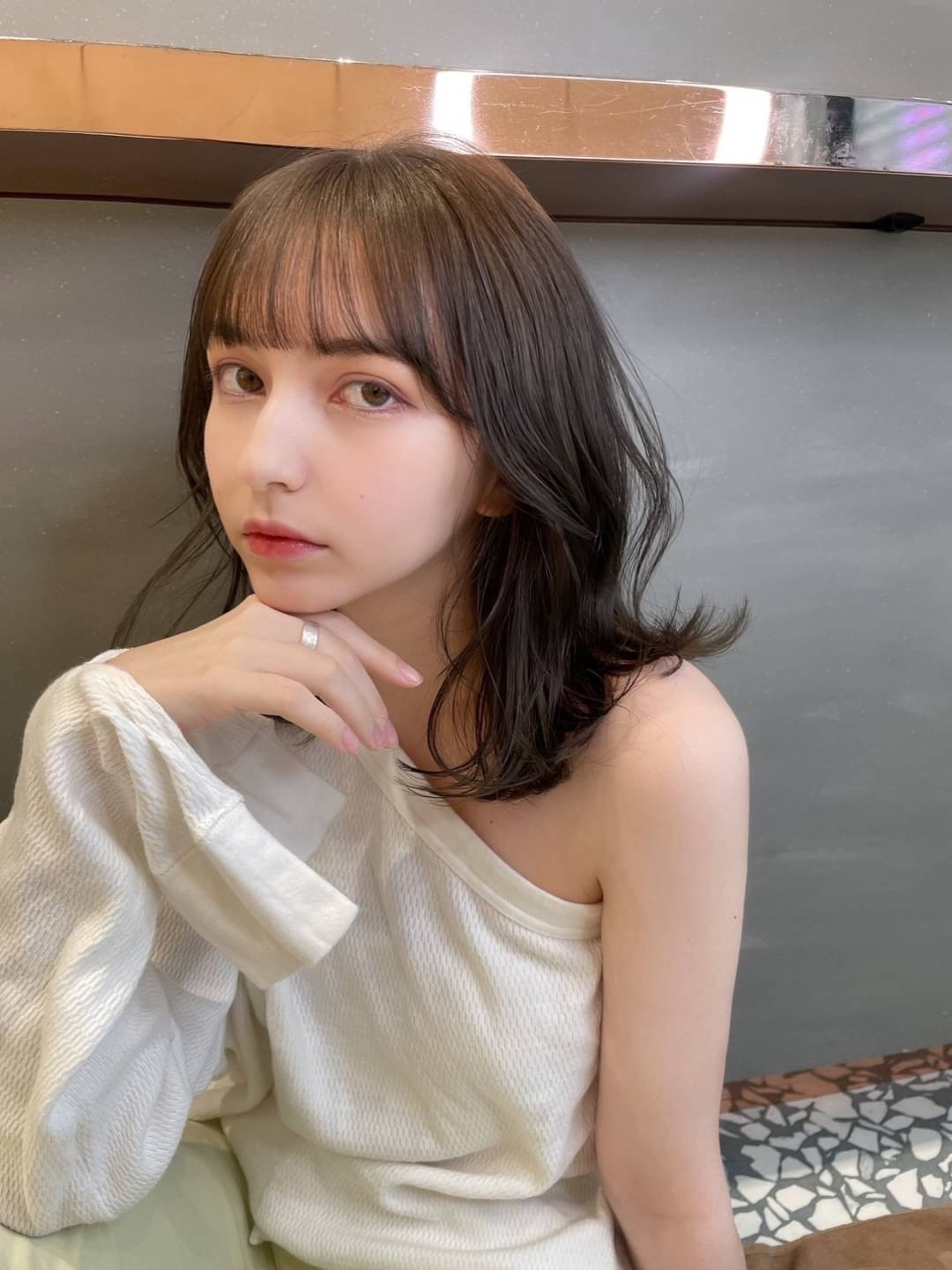
-Suzuka Chinzei
I moisturize with VT’s CICA cream. Depending on the weather, I’ll apply Chant a Charm sunscreen followed by The Skin Minimalist by Decorte. I put on powder last. I use CANMAKE’s Secret Beauty Powder or Elegance’s La Poudre Haute Nuance. No foundation for me!
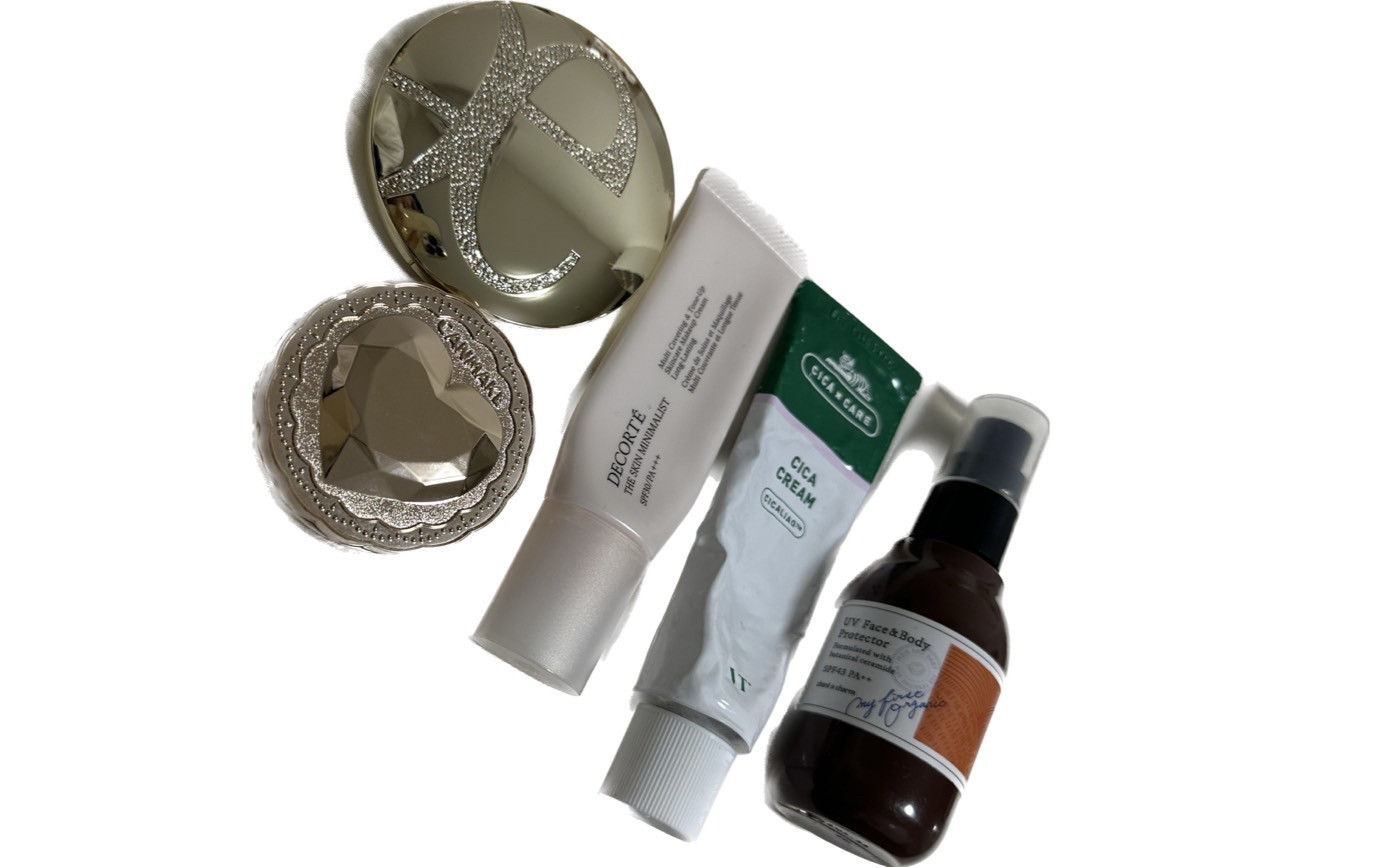
-Mana Manaka
These were also gifts, but I use Lunasol sunscreen, Dior primer, and foundation!
The bottle is really beautiful, with the engraving…❤️
I ran out of powder when I was in Thailand recently, so I’m just using what I bought locally!
I don’t know if it’s because it’s makeup from a really hot country, but it goes on so smoothly that it doesn’t feel sticky at all, even with a mask on. I’ve been using it even after I got back to Japan!
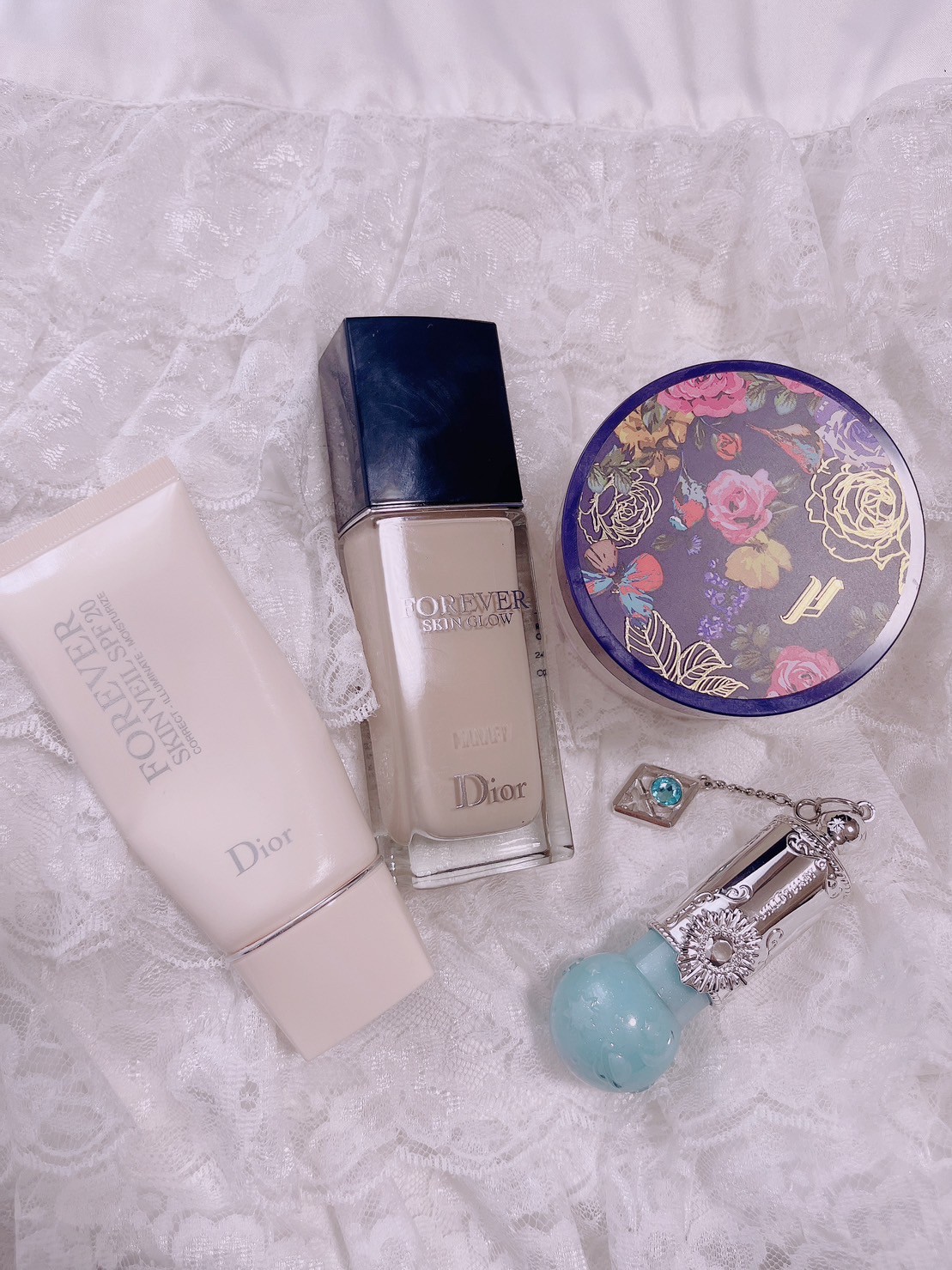
-Amane Tsukiashi
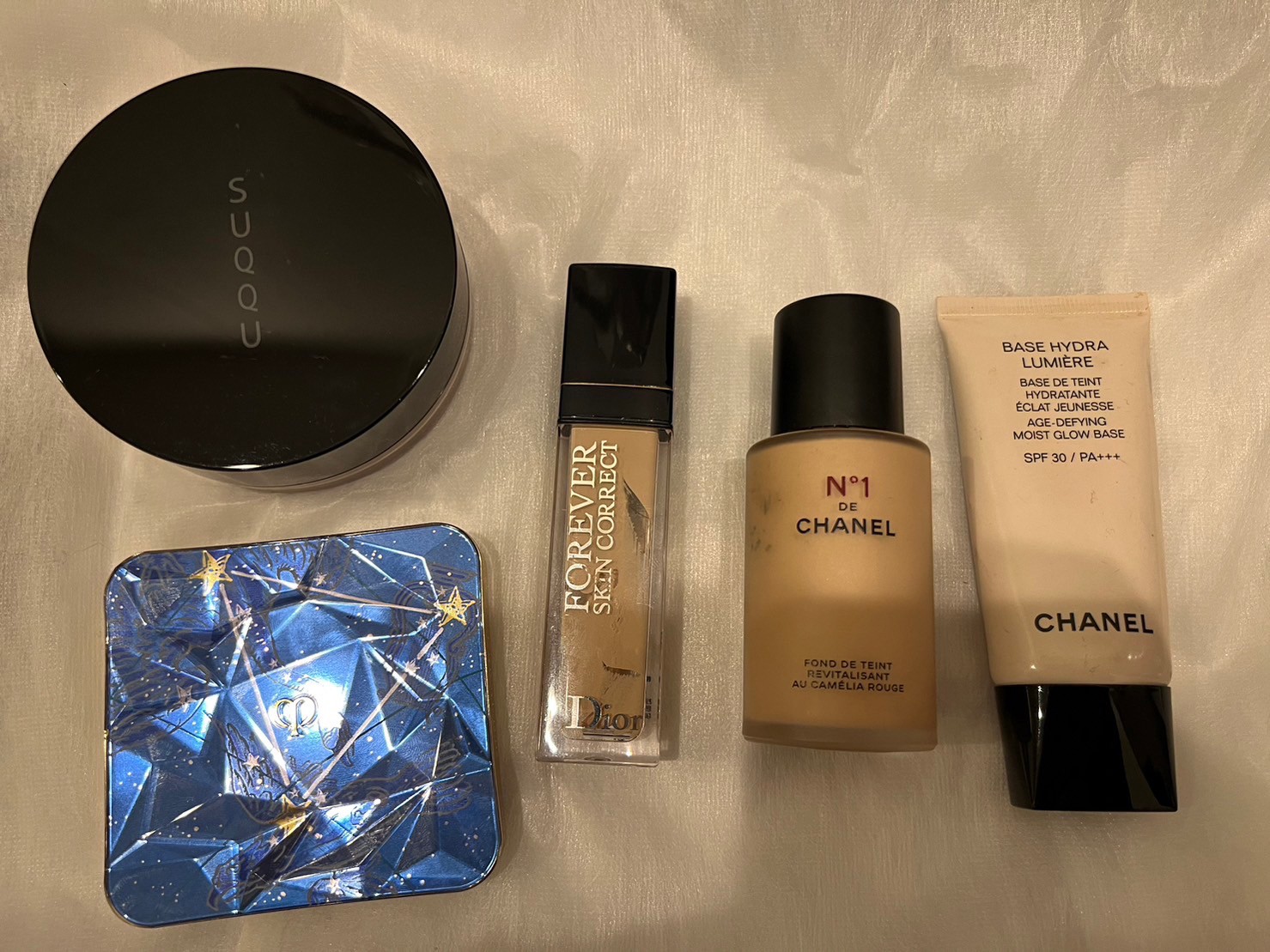
CHANEL Base Hydra Luminere
(I might upgrade.)
CHANEL Fluid Foundation de CHANEL B10
Dior Forever Skin Correct Concealer 0N
SUQQU Oil Rich Glow Loose Powder
clé de peau BEAUTÉ LE REHAUSSEUR D’ÉCLAT 105 (This was a gift! 🙇♂️)
What do you typically do when it comes to skincare?
-Noel Hayase
First, I use &honey cleansing balm to remove my makeup. When I heard that you could cleanse and wash your face at the same time, I gave it a try and it was amazing, so I’m never going back. After my bath and before putting on my makeup, I use a complete skin care set like La Roche-Posay’s skincare set, which includes mist lotion, toner, and skin cream. It’s not cheap, but since I started using it my skin feels so incredible. Remember to always buy products depending on what kind of skin you have!
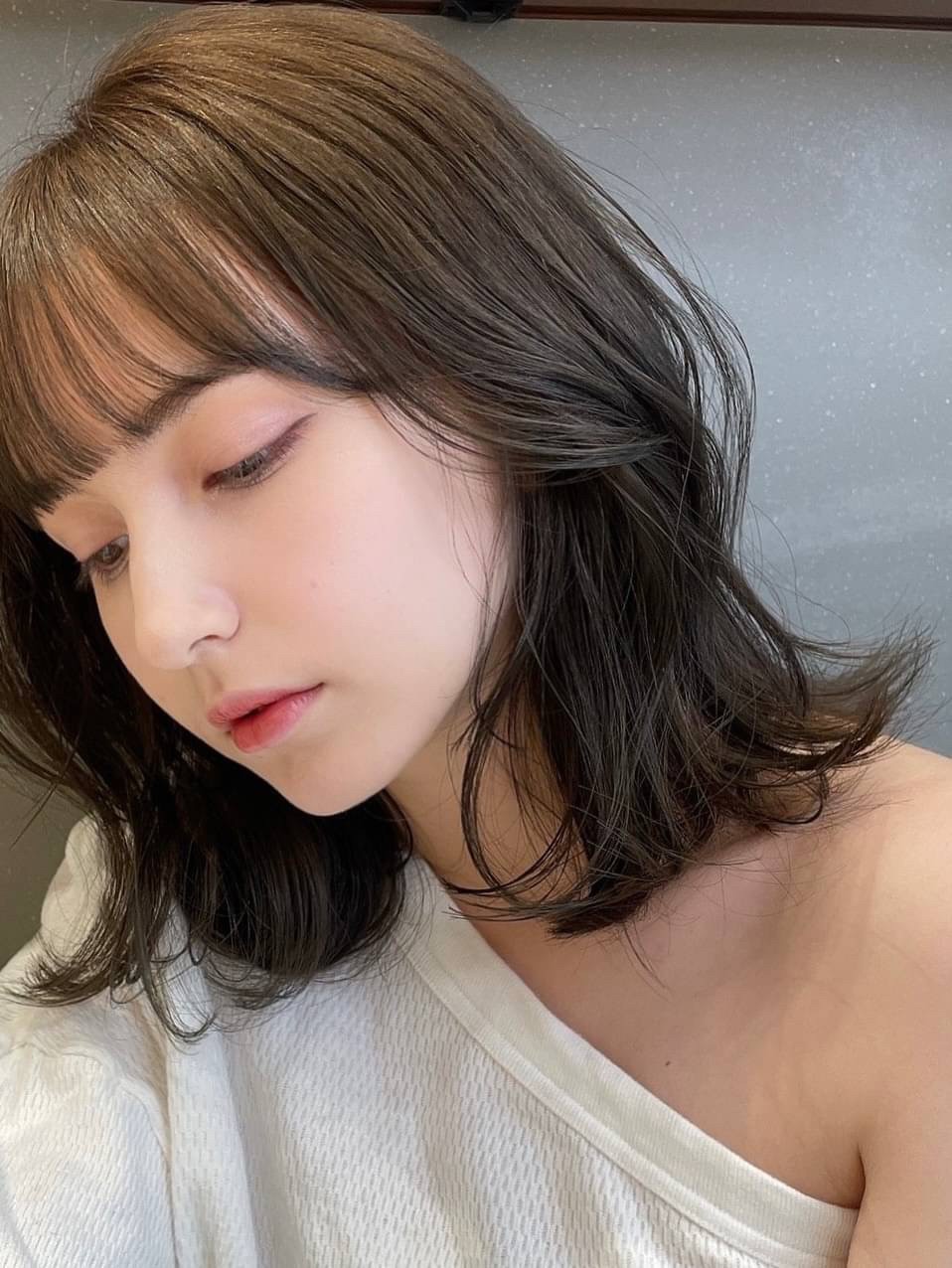
-Suzuka Chinzei
Before makeup in the morning, I always cleanse with Bioderma. If I don’t feel moisturized enough, I apply a lotion emulsion. After cleansing at night, I use Bioderma again and then a toner emulsion. Sometimes I like doing face masks, and when I do, I use Mediplorer’s CO2 Sheet Mask. It was recommended to me by someone with really beautiful skin and it’s amazing. I also use a Cell Cure. It’s crazy after how much dirt it removes. (Laugh)
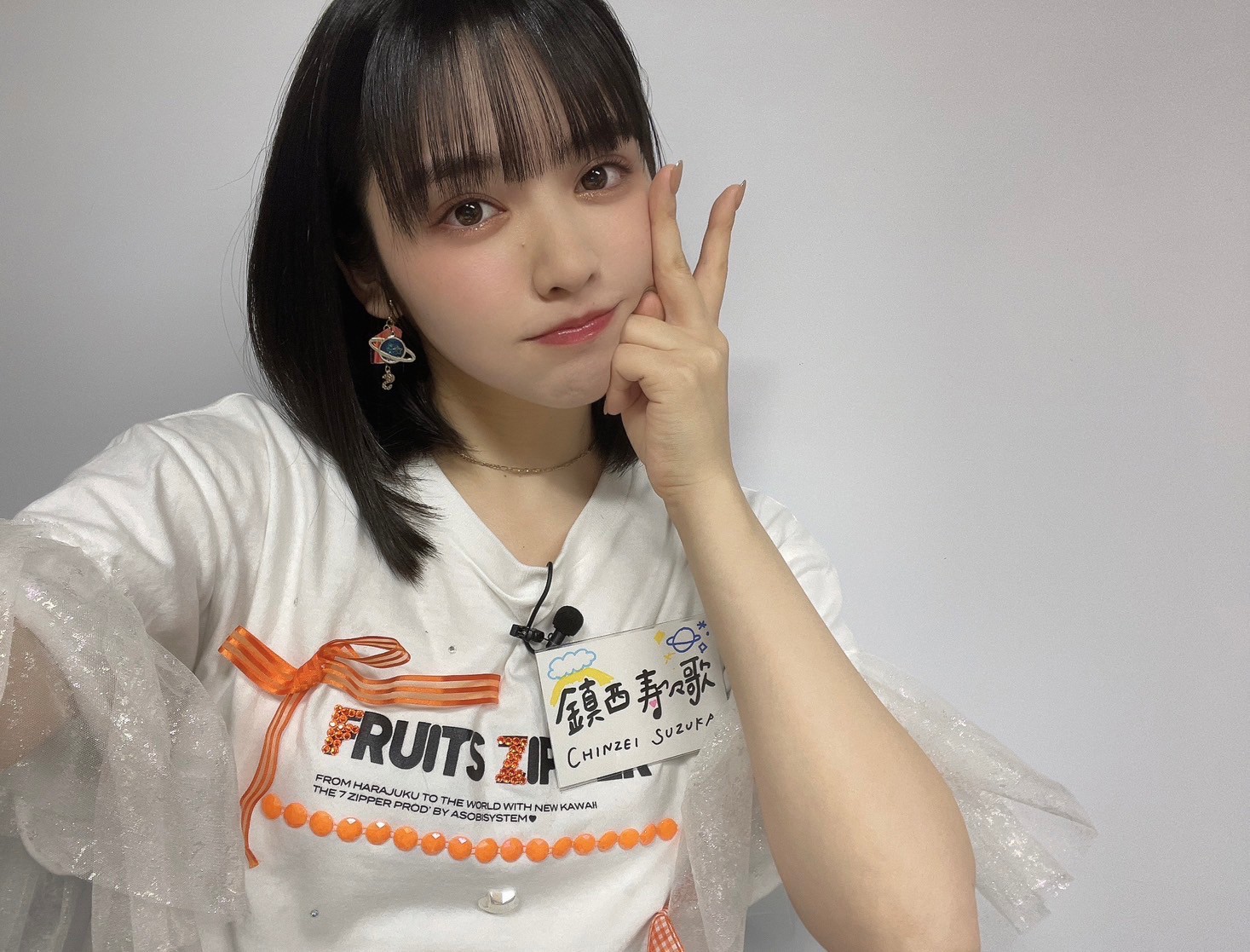
-Mana Manaka
I use lotion, then a face mask, then a serum!
When I used the MediHeal mask that Luna recommended, I was so surprised at how good it was that I started buying and trying tons of different masks.
I’m trying different things to see what fits and what doesn’t, and lately I’ve been buying a lot of Korean masks.
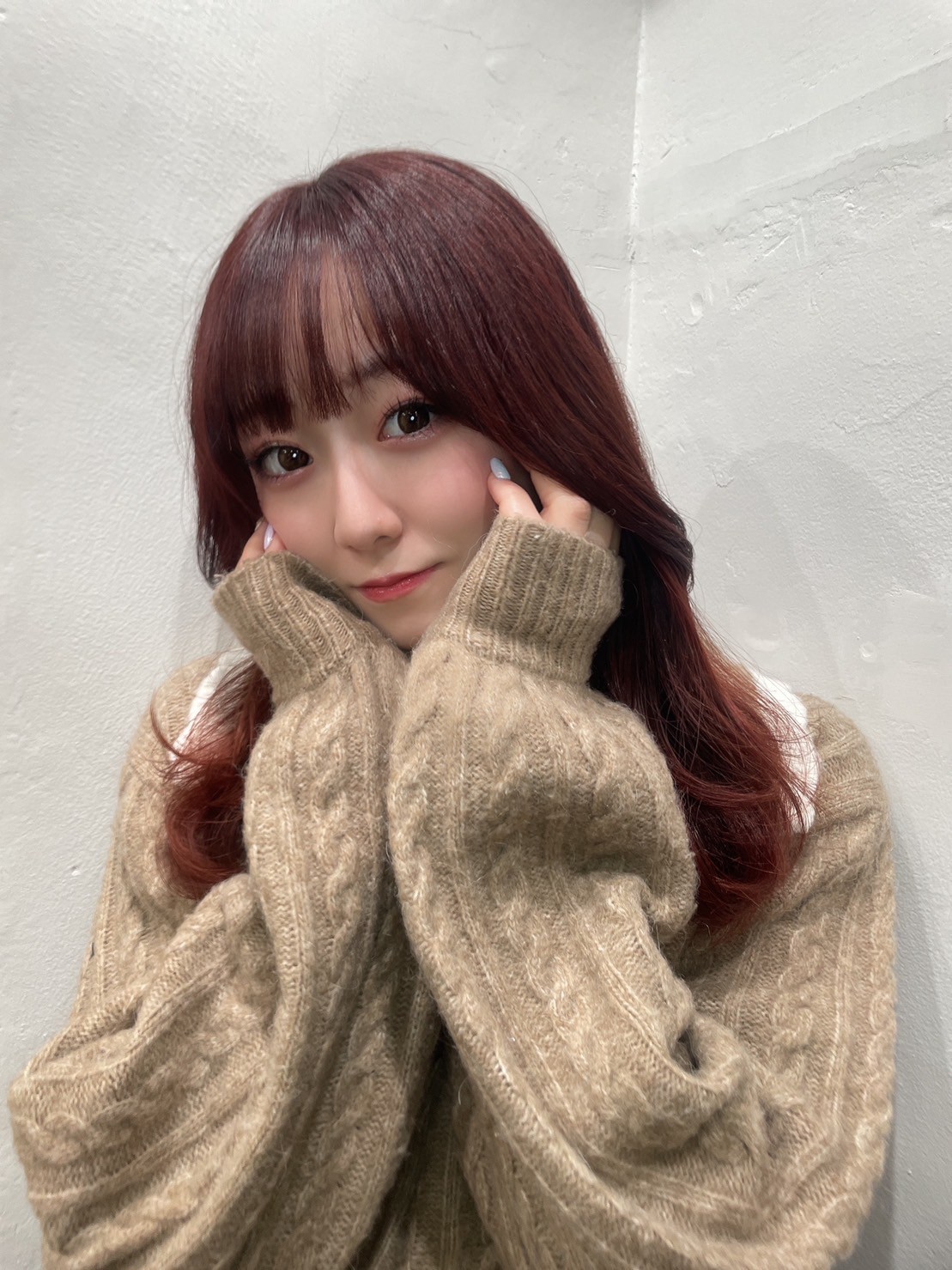
-Amane Tsukiashi
I haven’t been doing much skincare, but I have been moisturizing a lot lately since my skin gets super dry. On some days I’ll do a face mask and use steam. On the day before an important photo shoot, I use my favorite CellCure 4t Plus.
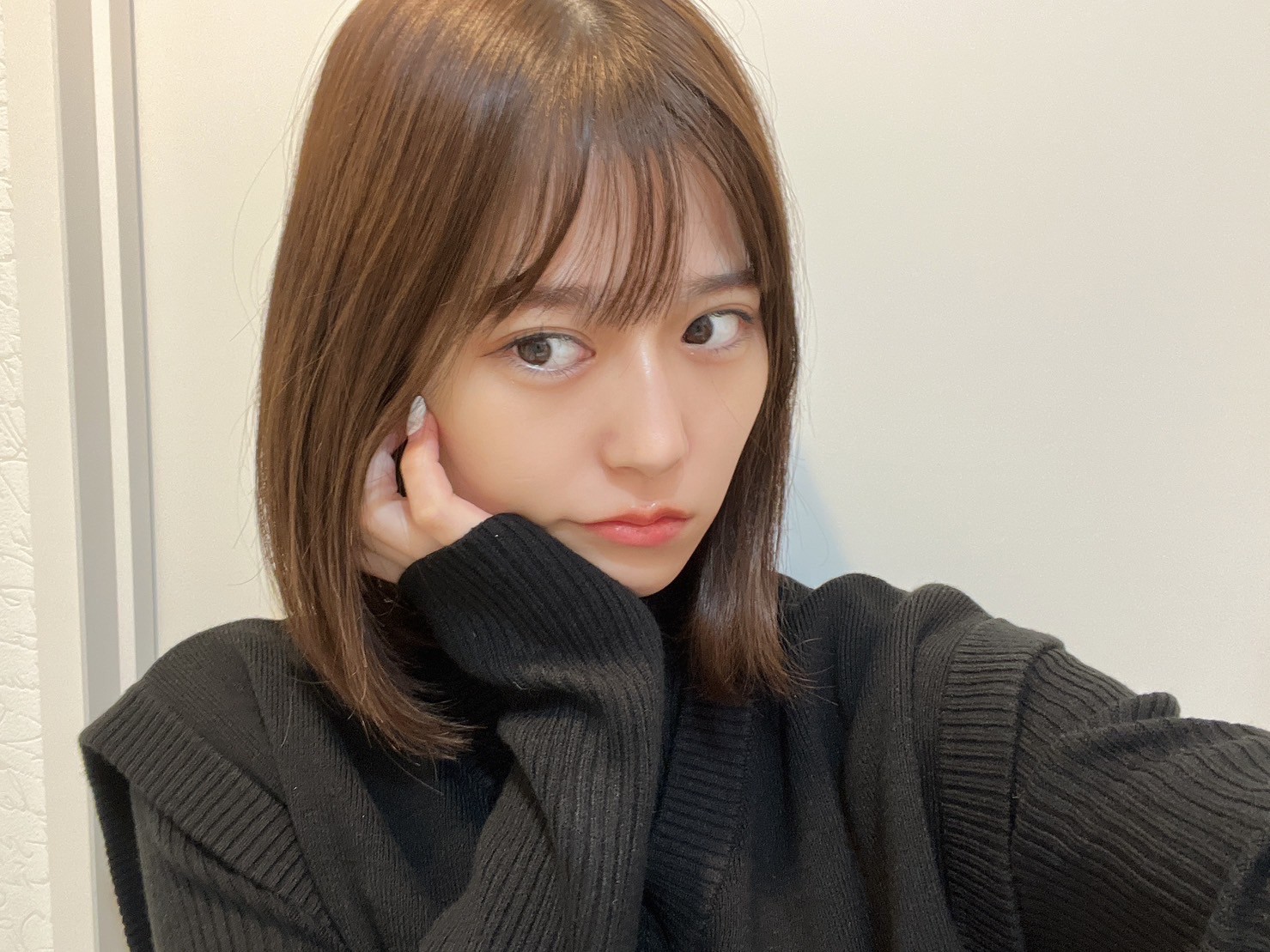
Oh no! You’re running late! You only have time to apply one product! What part of your face will you focus on and why?
-Noel Hayase
I’d only do eye makeup. In this day and age, everyone wears masks, so when you meet someone, you always make eye contact, right? Besides, if it’s just eye makeup, I can get by without base makeup, and I can do the rest of my makeup whenever. (Laugh)
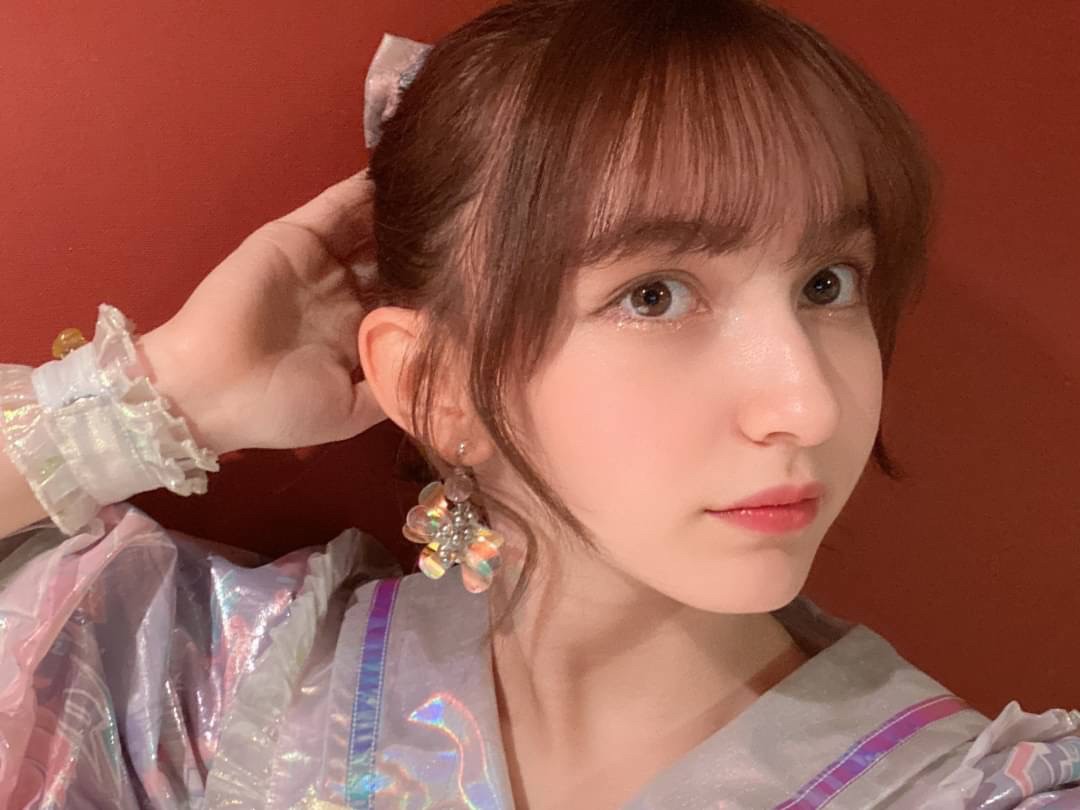
-Suzuka Chinzei
I just need sunscreen!
Sunscreen is life. It’s so important!
Starting when I was in junior high, my parents told me to wear sunscreen, so I can’t imagine not doing it now. No matter how busy I am, I put on sunscreen, even while walking to the station.
I was on the track team in junior high and I’d put some on every 30 minutes.
At the time I thought it was so annoying, but now I’m so glad my mom told me to do it.
(Strangely enough, my mom doesn’t wear sunscreen at all.)
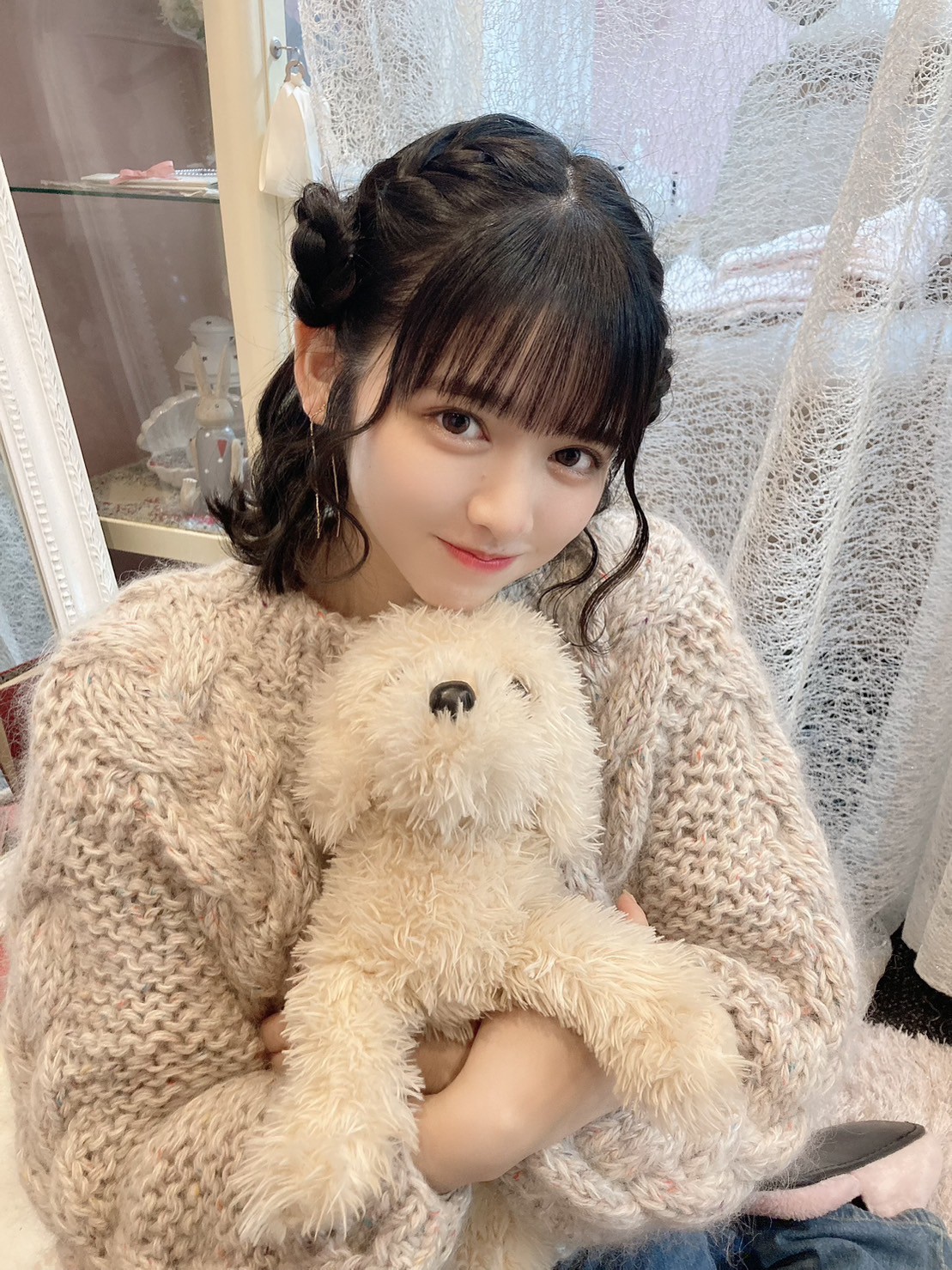
-Mana Manaka
On days when I actually have a whole day off or if I’m just at rehearsal, I don’t wear makeup. I hide behind a mask and a hat! (Laugh)
If I use anything at all, it’s sunscreen or foundation with sunscreen in it.
It covers my eyebrows and eyes so much that I can’t see at all, but I do want to prevent spots!!! (Laugh)
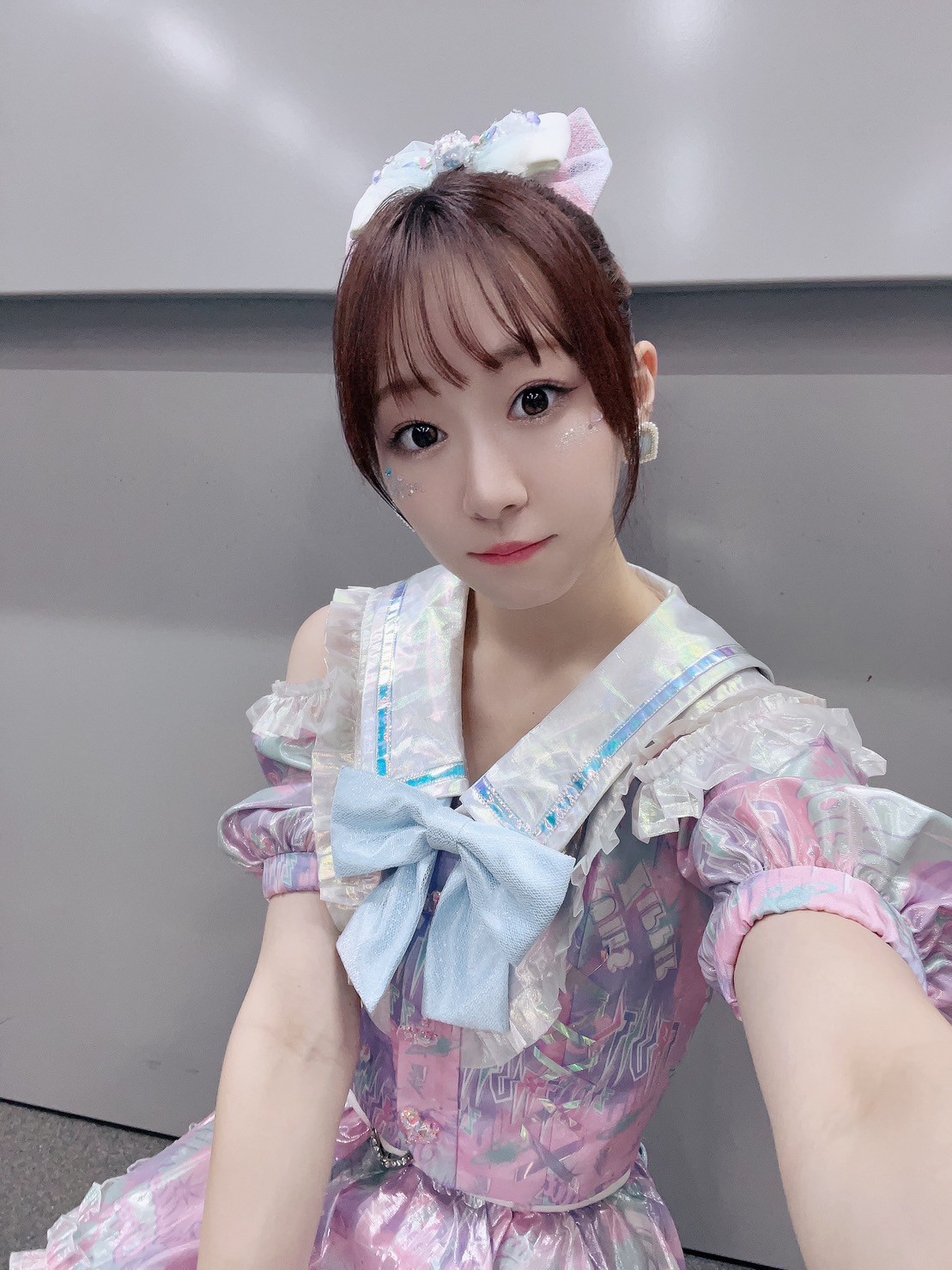
-Amane Tsukiashi
Eyes!
I always think that wearing eye makeup makes a huge difference.
I’d want to do my eyebrows too, but at least I can hide them with my bangs. Eyes it is!

Information
FRUITS ZIPPER
Twitter: https://twitter.com/fruits_zipper
Instagram: https://instagram.com/fruits_zipper
YouTube: https://youtube.com/channel/UCW8Q9LBGGBgK6a-u0C0h95A
TikTok: https://vt.tiktok.com/ZSen7dJAT/
Facebook: https://www.facebook.com/FRUITSZIPPER
Amane Tsukiashi
Twitter
https://twitter.com/amane_fz1026
Instagram
https://www.instagram.com/am1026_official/
TikTok
https://www.tiktok.com/@am1026_official
Youtube
https://www.youtube.com/channel/UCYH_GZdDHYrrh_8iQOi4P0g
Suzuka Chinzei
Twitter
https://twitter.com/suzuka_fz1124
Instagram
https://www.instagram.com/tarasuzuka24/
TikTok
https://www.tiktok.com/@oooooossssss24
Youtube
https://www.youtube.com/channel/UC0XgLUbhD1Wdj_hgknrDo7A
Mana Manaka
Twitter
https://twitter.com/manafy_fz0422
Instagram
https://www.instagram.com/manafy_baby/
TikTok
https://www.tiktok.com/@manafy_fz0422
Noel Hayase
Twitter
https://twitter.com/noel_fz1229
Instagram
https://www.instagram.com/noel_hayase/
TikTok
https://www.tiktok.com/@hysnl1229
Youtube
-
Interview Series Vol.3: What Does ‘Kawaii’ Mean to You?
“Japan is such an interesting country, where so many cultures blend and evolve.”
Moshi Moshi Nippon is dedicated to sharing Japanese pop culture with audiences around the world. Recently, we launched a new interview series with foreign influencers active in Japan, and for the third edition, we’re chatting with Zhu Zhu! A popular influencer with over 2 million followers on Weibo, Zhu Zhu claims that since coming to Japan, her fashion has become ‘softer.’ We sat down to ask her what kind of Kawaii she’s found in Japan.

Q. Why did you first come to Japan?
“In 2013, I moved to Japan with my family because Beijing’s air pollution had become really bad. It’s already been nine years!”
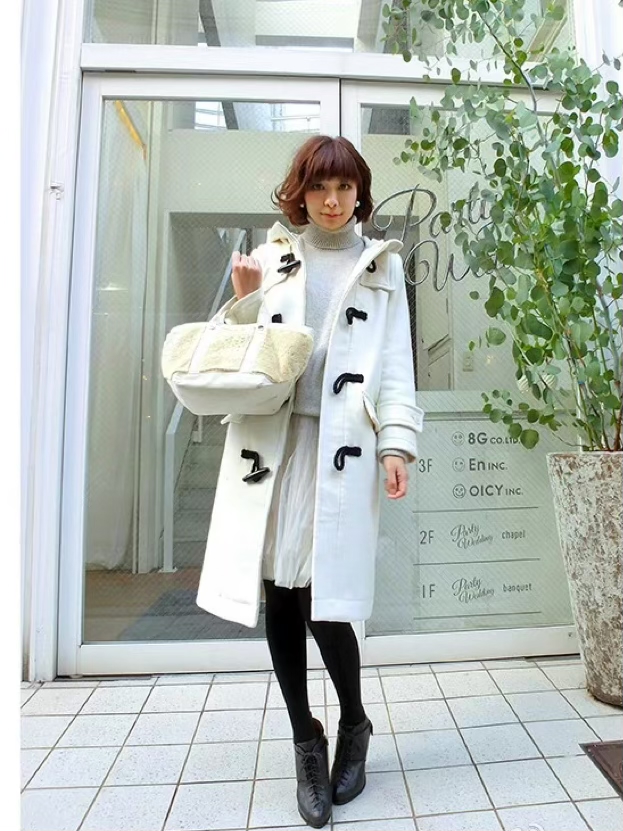
Zhu Zhu when she first came to Japan
Q. When you first arrived in Japan, what surprised you?
“When I first came to Japan, what really surprised me was the wide use of the word ‘kawaii.’ It’s so interesting that literally anything can be called kawaii. Sure, it makes sense to call girls, animals, or clothes cute, but in Japan, people call things cute that people in other countries would never refer to in that way. I mean, I think calling things ‘cute’ when you mean ‘good’ is something really commonplace here. (laugh)”

Q. Tell us what you find the most Kawaii in Japan!
“There are so many cute things in Japan, but I think that the sweets take the cake. I was surprised by how small they are unlike in other countries. And there are so many kinds! Cakes, baked goods, wagashi, they’re all so incredibly kawaii!”


Q. How did your encounter with Kawaii culture in Japan change you?
“Since I first came into contact with the Japanese version of kawaii, I think my style has become softer. When I was overseas, I typically just worse really simple outfits and makeup, but now, I’m always conscious of looking girly and cute.”


Q.In Japan, what are you interested in right now? Where do you want to visit in the future?
“I recently read an article about Yufuin Floral Village, which is England-inspired. It looks so cute and I really want to go!”
Q. Do you have anything to say to our readers who want to visit Japan in the future?
“Japan is such an interesting country, where so many cultures blend and evolve. No matter how many times you visit, you can always find something new. Please visit!”
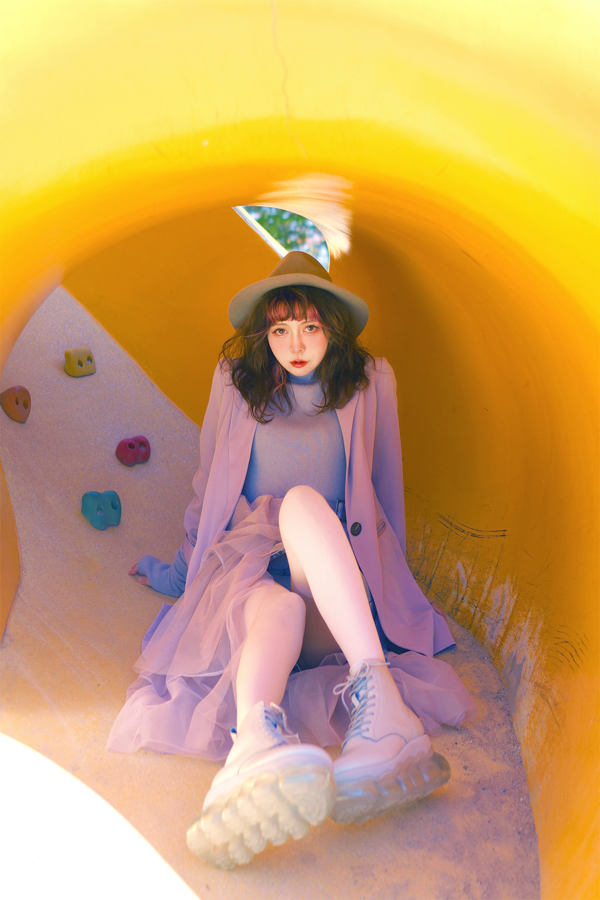
Zhu Zhu Profile
An influencer from China with 2 million followers on Weibo. Nicknamed “Big Cousin” on social media, she has been a favorite of many Japanese brands for years. Since moving to Japan, Zhu Zhu has actively shared fashion, beauty, travel, and food posts on social media. In addition to appearing on TV and in magazines, she has collaborated with a number of major Japanese apparel and cosmetics companies.
-
KAWAII LAB. Report #13: FRUITS ZIPPER ~From Harajuku to Thailand~
FRUITS ZIPPER, a new idol group from ASOBISYSTEM’s KAWAII LAB project, has a simple concept: “From Harajuku to the World.”
This summer, the group’s track Watashino Ichiban Kawaiitokoro took off on TikTok with the music video racking up over 500 million plays, propelling the girls into the idol spotlight. Along with regular monthly performances, tickets for the girl’s first solo concert in September and their second solo concert in November were sold out immediately. FRUITS ZIPPER is scheduled to go on tour in Tokyo, Nagoya, and Osaka in February 2023, and even the fashion industry has become obsessed, with the group serving as the seasonal ambassadors for Samantha Vega starting in August 2022.
Only six months after its debut, the members of FRUITS ZIPPER are already taking their first steps outside of Harajuku. Their first overseas trip was to Thailand, called the land of smiles.
FRUITS ZIPPER performed as one of more than 50 artists representing Thailand and Japan at the THAI-JAPAN ICONIC MUSIC FEST 2022 from October 21 to October 23. The music festival was held to commemorate the 135th anniversary of diplomatic relations between Thailand and Japan.
Four different stages were set up during the event, and FRUITS ZIPPER managed to attract fans not only from Japan, but from Thailand, Malaysia, Hong Kong, Myanmar, the Philippines, and other Asian countries. Many guests even knew the choreography to a number of FRUITS ZIPPER songs, including, of course, Watashino Ichiban Kawaiitokoro. The audience was thrilled when the members addressed them in Thai, and a collaboration interview video shot with local idols was also taken. It’s now available on FRUITS ZIPPER’s TikTok channel, so check it out!
We sat down with the seven members of FRUITS ZIPPER to hear about their best memories from Thailand!
-How did you feel about your first overseas trip to Thailand?
Noel Hayase
“It was our first time performing in Thailand. Not many people knew who we were and we were far away from home, but people welcomed us with open arms. So many people came to watch us, and I was happy to see the audience dancing along to the songs!”
Yui Sakurai
“When I became an idol two years ago, Thai fans really supported me. Back then, I told them I’d love to come to see them, but I never got the chance.
I’m happy that I was about to finally achieve that goal, or my dream, I guess, of going to Thailand to meet all of those fans. There were so many more people waiting for me than I could have imagined, and even though we couldn’t communicate very well with the language barrier, we could easily communicate through music. I was so happy.”Karen Matsumoto
“So many non-Japanese fans came out to support us! Even though they didn’t speak Japanese, they did their best to tell us they were rooting for us, and that they loved us. I was so happy, I can’t wait to go back!”
Mana Manaka
“This was my first visit to Thailand, and part of me felt a little uneasy since everything felt so different when compared to live shows in Japan. I was allowed to take pictures and to really use my voice, and the stage configuration was really confusing. But everyone in Thailand was super welcoming and kind, and I was so happy to see them trying to learn Japanese. They’d listen to me talk and nod, looking me in the eyes, even if they didn’t understand what I was saying. It was a wonderful trip that reminded me how excited I am to travel abroad. I hope I can see everyone in Thailand again, thank you so much!”
Luna Nakagawa
“Even though I’ve been an idol for a while, this was my first trip overseas. Going to Thailand had always been a dream of mine, but at the same time, I was nervous. I didn’t know what kind of fans I’d find there, or if there would be any fans at all. But the Thai people were so unbelievably kind.
During our performance, a girl held up a board that said ‘Lunapi’ and waved a purple penlight. She shouted that she was looking so forward to meeting me, and it made me so happy.We started to share information with the Thai people after our performance was decided, but it seemed that they had known about us before that. I felt that so many people had been excited about coming to see us, and now I just want to go to Thailand again to see everyone a second time. Kob kun kaa!”
Amane Tsukiashi
“This was the first time I had visited Thailand, and I thought it was so beautiful. Seeing ICONSIAM was unbelievable–the biggest building I’d ever seen! I was so happy to see the fans, and so many told me that they had been waiting to meet us. Thank you so much.”
Suzuka Chinzei
“Before going to Thailand, I wondered how many local people knew about FRUITS ZIPPER and how many would actually come to see us. When we actually took the stage on the first day, there were so many Thai people, and Japanese people too! Since I was able to use my voice to the fullest in Thailand, I was thrilled when the audience could sing along with the ‘Ne, ne, ne’ part in Watashino Ichiban Kawaiitokoro! This live show was so unique to Thailand, and it felt so much freer than live shows are in Japan right now with all the restrictions. Since there was a language barrier, I wanted to put all of my feelings and emotions into my performance. I felt like I could communicate with the audience with my eyes, and those three days of performances were so unforgettable. We’ll be back and we’ll be even stronger, so wait for us until then! Kob kun kaa!”
FRUITS ZIPPER is on course to become a smash hit not only in Japan, but around the world.
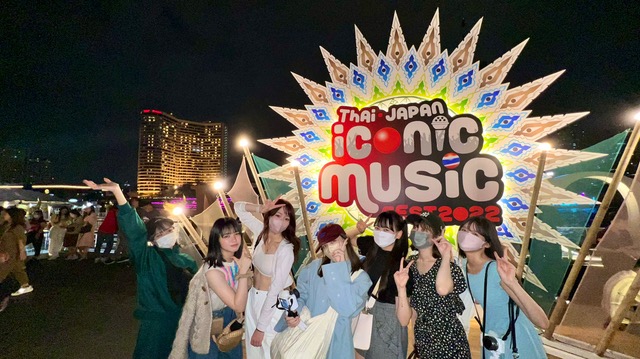
Information
FRUITS ZIPPER
Twitter: @fruits_zipper
Instagram: @fruits_zipper
YouTube: FRUITS ZIPPER
TikTok: @fruits_zipper
Facebook: FRUITS ZIPPERKAWAII LAB.
Twitter: @kawaii__lab
YouTube: KAWAII LAB. -
Interview: Shakuhachi Player Yoshimi Tsujimoto Discusses Her Craft and the Upcoming Concert at Kumano-Nachi Taisha
Each year, an incredible event is held at Kumano-Nachi Taisha, a Shinto shrine and World Heritage Site located in the Kii Mountain Range of Wakayama Prefecture.
To kick off the ‘diamond celebration,’ a special concert will mark the 1,250th anniversary of the birth of Kobo Daishi, the Japanese Buddhist monk who founded the Shingon school of Buddhism. Yoshimi Tsujimoto, a shakuhachi player from Hashimoto, will perform in the concert scheduled to begin on October 22 at 13:30.
Moshi Moshi Nippon sat down with Yoshimi Tsujimoto to discuss her music and, most importantly, her interest in sharing the sound of the shakuhachi with the world.

−How did you become interested in the shakuhachi?
My father loved the shakuhachi, and because of that, I grew up surrounded by the sound of it. That’s how it all began!
−What attracts you to playing the shakuhachi?
I love the timbre of the shakuhachi.
Those who play the shakuhachi often say that a single note has the power to bring someone to enlightenment.
Curiously, individual differences in tone are more easily discernible with the shakuhachi than with other instruments. That means that a person can express themselves in more unique ways.
−You’ve performed in many different countries. Do you get different reactions to the shakuhachi in other countries when compared to Japanese audiences?
I have a vivid memory of a time I performed a classical shakuhachi piece solo. This particular type of classical music is called ‘wabi-sabi,’ and it isn’t very loud or lively.
In Japan, when I finish a performance, people usually clap. But when I performed in South America, as soon as the piece concluded, there was a standing ovation with people shouting “Bravo!” That would never happen in Japan, and it left such a lasting impression on me.
−Are there any countries that have left a lasting impression on you, or that you would like to visit in the future?
I have good memories of every country I’ve visited, but I think that Cuba left the biggest impression. I just made me think about how incredible music can be.
I’d love to visit Bulgaria, Morocco, Armenia, Uganda…it’s tough, because I want to visit every country I haven’t been to yet. (laughs)
−You’re from Hashimoto City, near Mount Koya. How did you feel when you heard that this concert would be held so close to your hometown?
What I felt was pure joy.
Personally, I’ve always loved Mount Koya, and I went there many times as a child. It’s such a pleasure to be able to perform there.
−Tell us some of your favorite memories involving Mount Koya.
I go to Mount Koya at least three or four times a year. It’s not a particular memory per se, but every time I go, I love to eat vegetarian food, explore, and buy wheat buns and sesame tofu as gifts to take home.
−Are there any local foods or places that you’d recommend?
The fruit is delicious in Wakayama, and my hometown is famous for persimmons.They are so yummy, and I just want everyone to try them!
Mount Koya and Kumano Kodo are both World Heritage sites, and they are both absolutely breathtaking. Other than those, I’d recommend Adventure World! It has adorable pandas roaming around freely and the most wonderful dolphin shows. Everyone from around the country should visit!
−Finally, do you have a message for Moshi Moshi Nippon readers?
Japan is filled with incredible places and culture. The shakuhachi, a beloved traditional Japanese instrument, is one piece of that culture.
I want audiences around the world to hear the sound of the shakuhachi and to make it more familiar. If you have a chance to hear it, I hope you will.

Be sure to follow Yoshimi Tsujimoto’s activities going forward as she shares the beauty and culture of shakuhachi with the world.
Information
Concert at World Heritage Site Kumano-Nachi Taisha (Wakayama)
Date: October 22, 2022 at 13:30
Venue: Danjo-garan Buddhist Temple
-
Interview: What Type of ‘Kawaii’ Did This Popular Foreign Influencer Find in Japan?
“Kawaii is marshmallow-flavored medicine for the soul.”
Moshi Moshi Nippon is dedicated to sharing Japanese pop culture with audiences around the world, and today, we’re featuring a foreign influencer living and working in Japan! This time, we interviewed Etsuna, a popular influencer from China, discussing how Yume Kawaii fashion brings her comfort and the many types of ‘kawaii’ she’s found during her time in Japan.
Q. What brought you to Japan?
“After graduating with a major in animation, I was working at a university in Shanghai as a teacher, but I decided to enroll in Tama Art University’s graduate program to study for my master’s degree. That’s when I came to Japan, and I’ve been here for 15 years!”
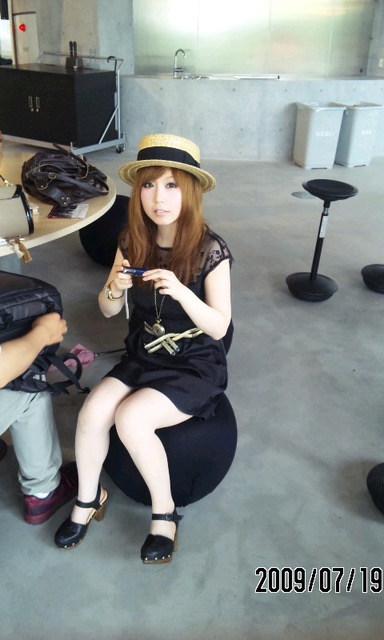
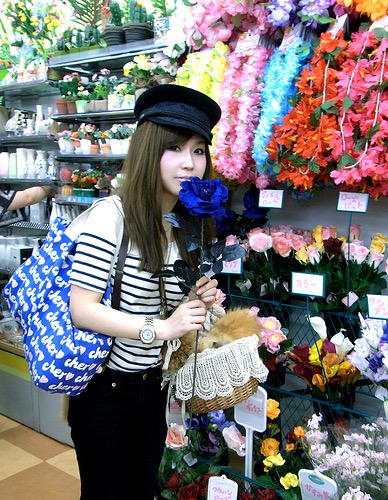
Q. When you first came to Japan, what surprised you? Was anything different than what you had imagined?
“Everyone wore such bold makeup, and that really surprised me! When I first came to Japan 15 years ago, I think the gyaru trend was still big, and a lot of girls had that strong Harajuku style and big personalities. Heavy eye makeup and blush was the big thing. I thought everyone was getting ready to film for a TV show.”
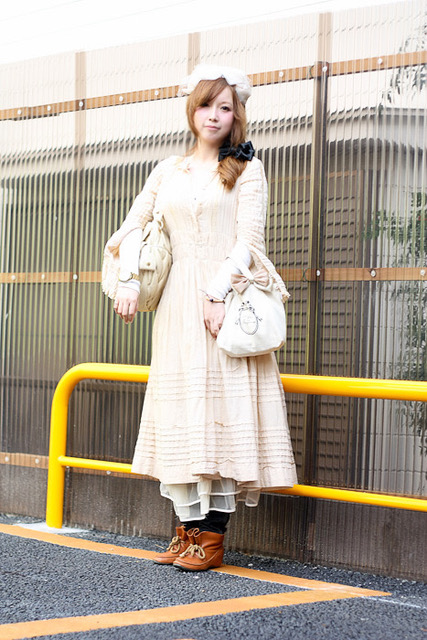
Q. What do you think of when you heard the word ‘kawaii’ in Japan?
“MOSHI MOSHI ROOMS, character cafes, and Yume Kawaii fashion…they are all so unique and so adorable! Those things are what I think of when I hear the word ‘kawaii.’”
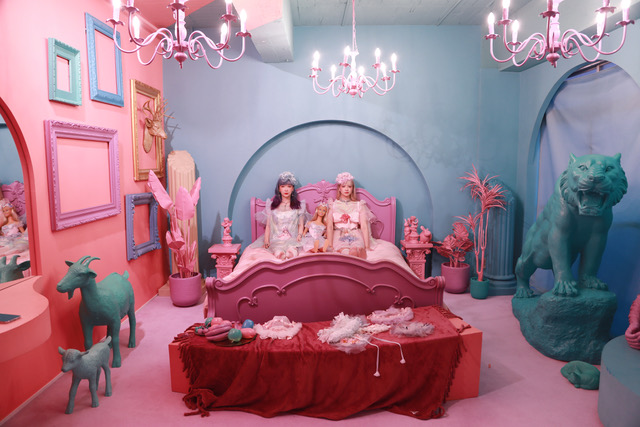
Q. Did finding Japanese kawaii culture change you in any way?
“Before I experienced kawaii culture, I was a teacher, so I wore a lot of black, white, and gray every day. But after encountering kawaii style for the first time, I started experimenting with different kawaii subcultures, like the Mori Girl trend back in the mid-2000s. Eventually, I fell in love with Yume Kawaii (Dreamy Kawaii) fashion, which is filled with pastels and a fantasy-like aesthetic. I’ve been dressing in that particular style for about ten years now. To me, kawaii is like marshmallow-flavored medicine for the soul. It’s very healing.”
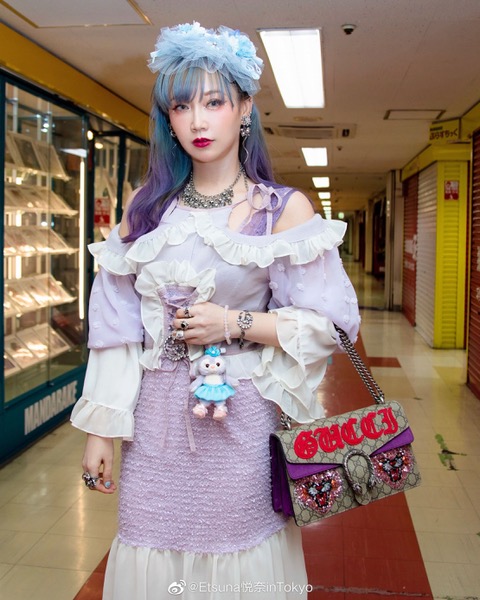
Q. When it comes to Japan, what interests you now? Where would you like to visit in the future?
“Today, it feels like Japanese fashion is becoming more and more simple, and the Harajuku kawaii trend is starting to disappear. Is that because people don’t like standing out in that over-the-top way? Do they feel embarrassed if they dress differently than most people? I’ve met a lot of people who love Yume Kawaii fashion, but they might not have the courage to wear it themselves. That’s why I’m currently researching how to bring Yume Kawaii to AR. If I can bring it to the virtual world in a way that blends with the real world, I can create a brand-new experience for everyone. Using mobile AR technology, people will be able to transform their everyday clothes into something with more Yume Kawaii style!”
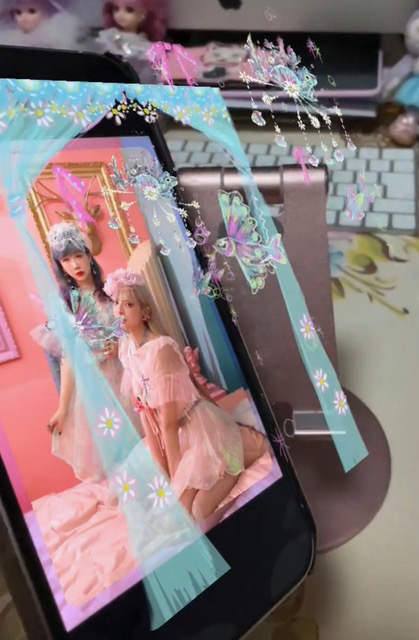
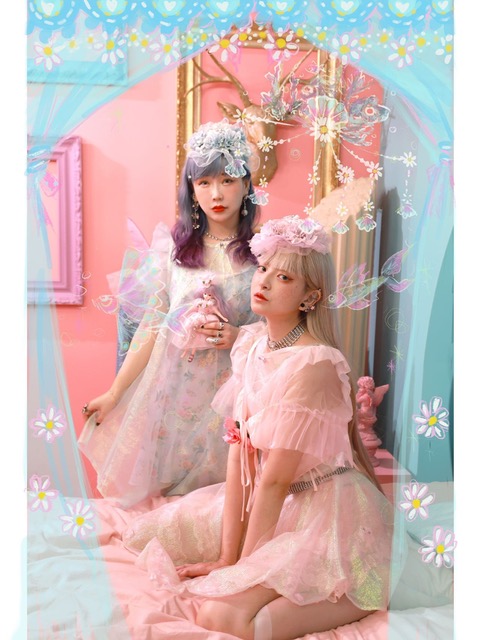
Etsuna’s Original Yume Kawaii AR Filter
Q. Please give a few words to those living abroad who are interested in visiting Japan!
If you really want to experience Japanese kawaii culture, stay at MOSHI MOSHI ROOMS in Harajuku! There are so many fashionable people in Tokyo too, and if you hang out near Harajuku Laforet on the weekend, you’ll see people taking plenty of pictures. Come have a special trip to Japan and surround yourself with all things kawaii! Have fun!”
Information
PROFILE
Etsuna
Born in China, Etsuna is a graduate of Tama Art University in Tokyo. In addition to sharing kawaii culture on her social media accounts, she founded her independent brand ‘Etsuna otsukA’ in 2011, which has been featured in a number of magazines. Her Weibo video channel TokyoGoGo, featuring uploads edited by Etsuna herself, has become incredibly popular. She is currently active as a designer and TV personality, mainly in Japan and China.
-
Attack on Titan Anime Creators Discuss the Series in New YouTube Interview
07.March.2022 | ANIME&GAME
In a new interview posted to YouTube, Yuichiro Hayashi, the director of Attack on Titan The Final Season, and Yusuke Tannawa, the CG Producer and Screen Designer for the show, are discussing the series’ incredible success. Both creators also chat about the struggles they’ve faced during production, their relationship with the original manga creator Hajime Isayama, and much more.
Attack on Titan The Final Season Part 2 – Yuichiro Hayashi (Director) × Yusuke Tannawa (CG Producer, Screen Design) Special Interview
Attack on Titan Final Season Part 2 is currently airing on NHK General each Sunday at 24:05. It is also available to stream on dTV, d Anime Store, GYAO!, Netflix, TELASA, Hikari TV, and Amazon Prime Video.
©諫山創・講談社/「進撃の巨人」The Final Season製作委員会
Information
Attack on Titan The Final Season Part 2
Now Airing
Airing on NHK General Sundays at 24:05
Streaming on dTV, d Anime Store, GYAO!, Netflix, TELASA, Hikari TV, and Amazon Prime Video
Official Site: https://shingeki.tv/final/
-
Girl Group NiziU Named Brand Ambassadors for Visée, Introduce Limited-Edition Eyeshadows
Cosmetics brand KOSE has announced that popular girl group NiziU will act as brand ambassadors for a new collection of Visée eyeshadow, Glossy Rich Eyes N.
Visée Glossy Rich Eyes N – Available in 8 shades + 2 limited edition shades
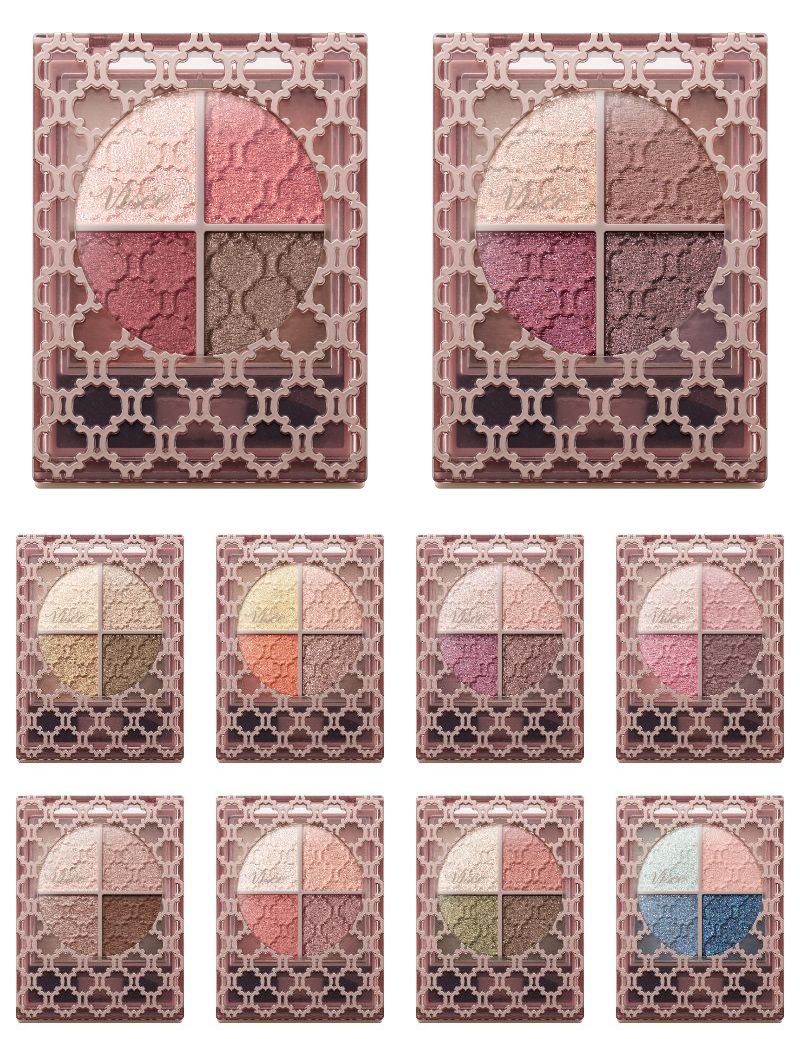

Photo Shoot
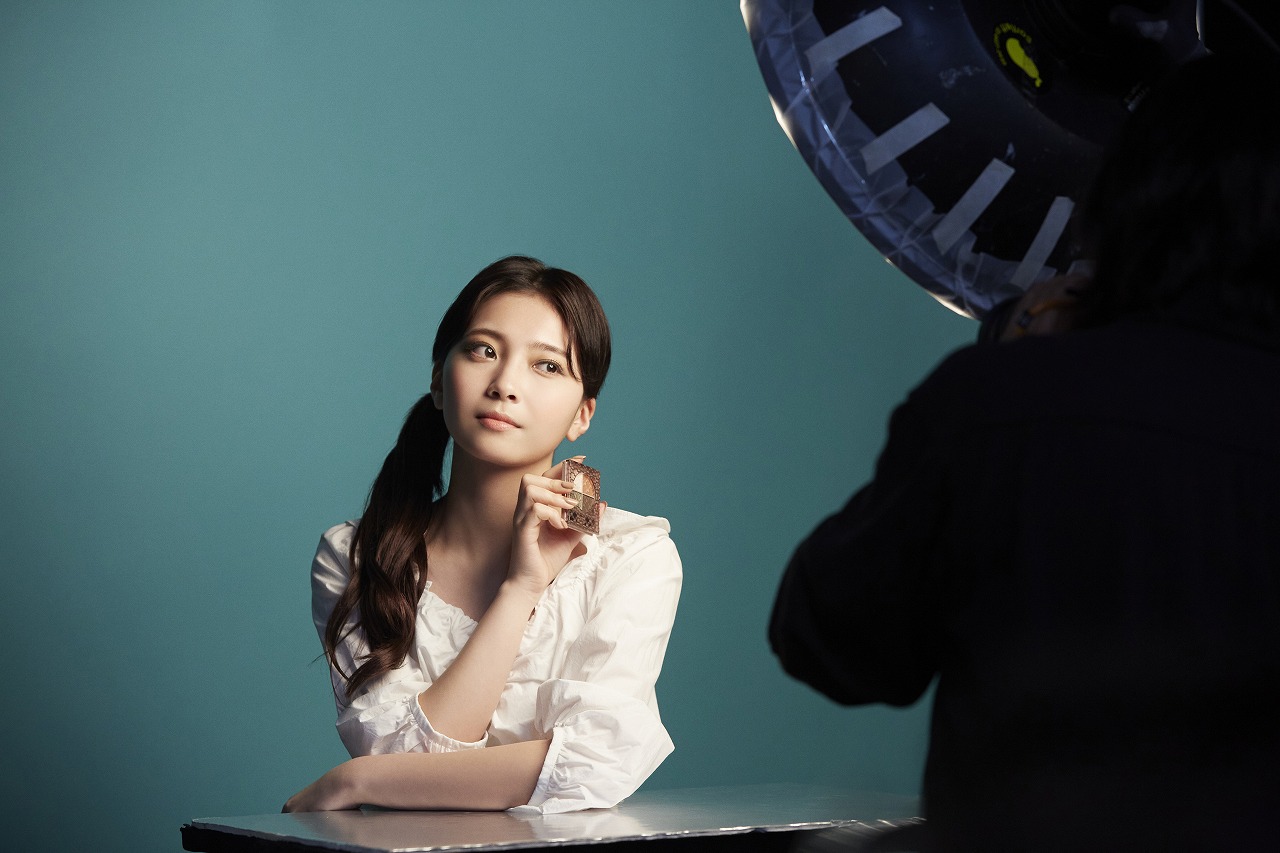
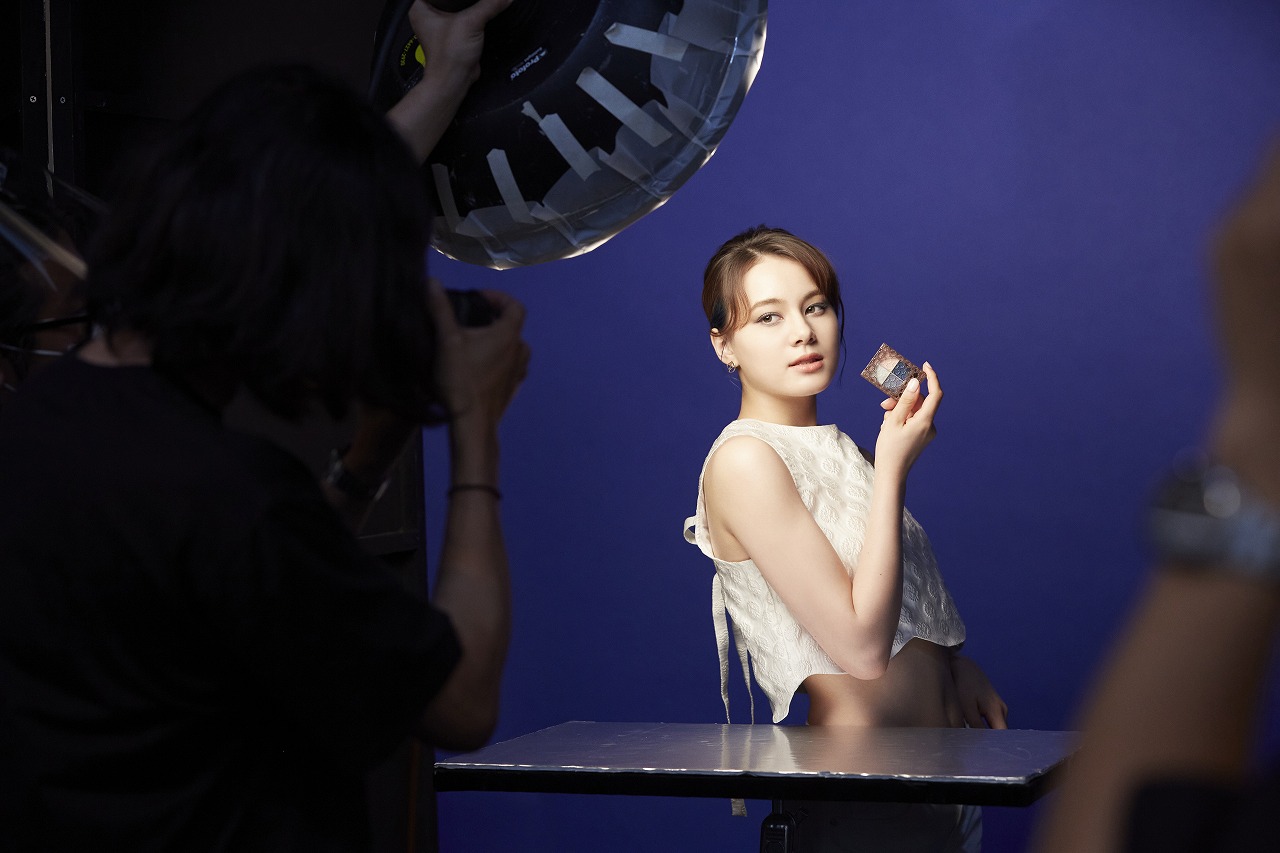
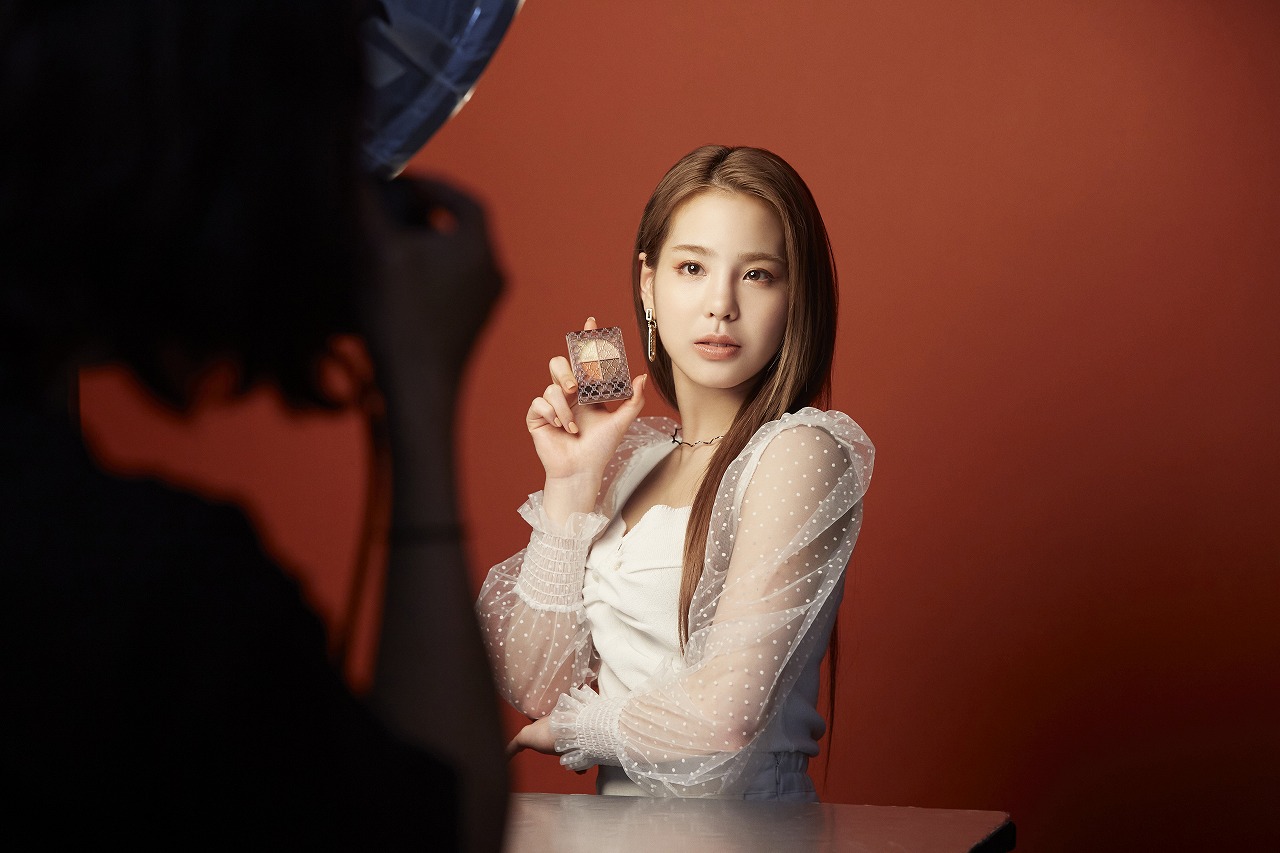
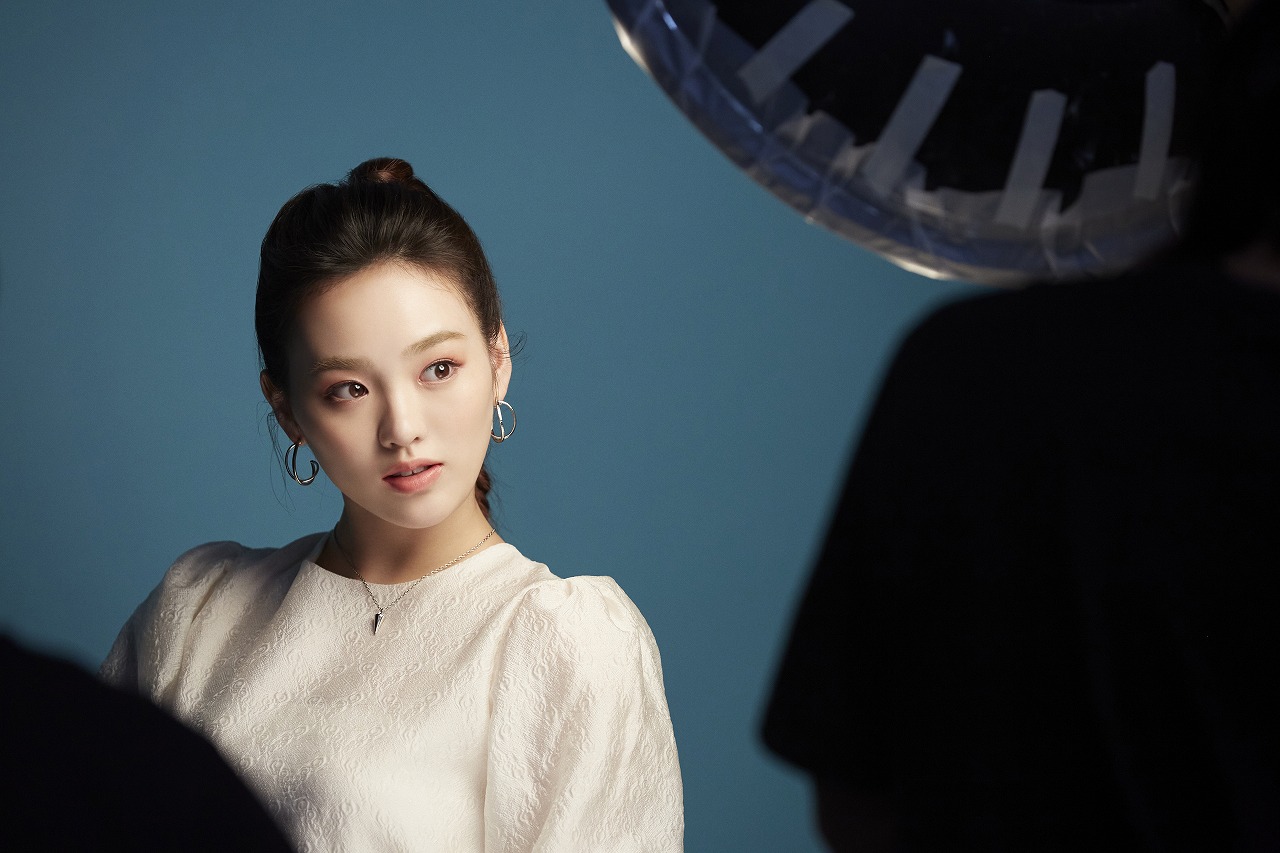
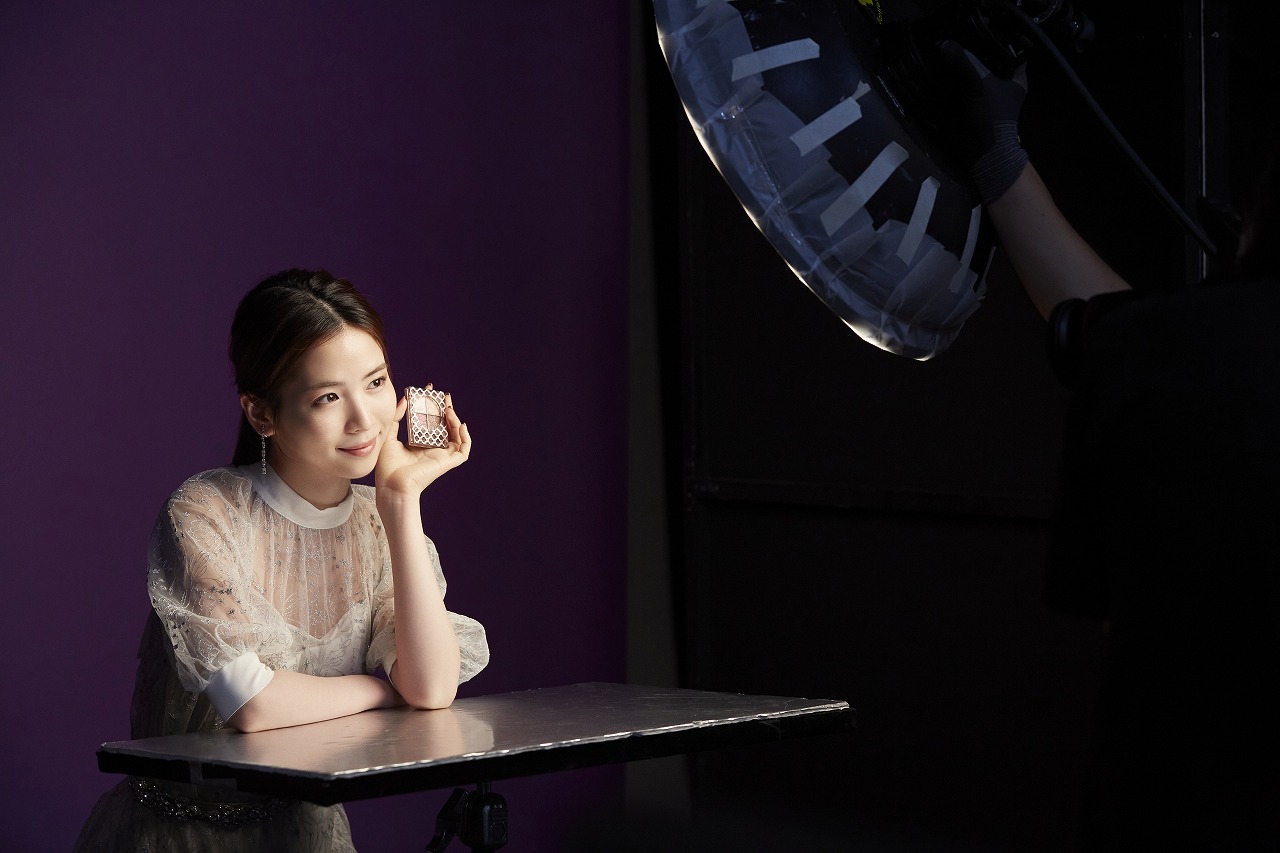
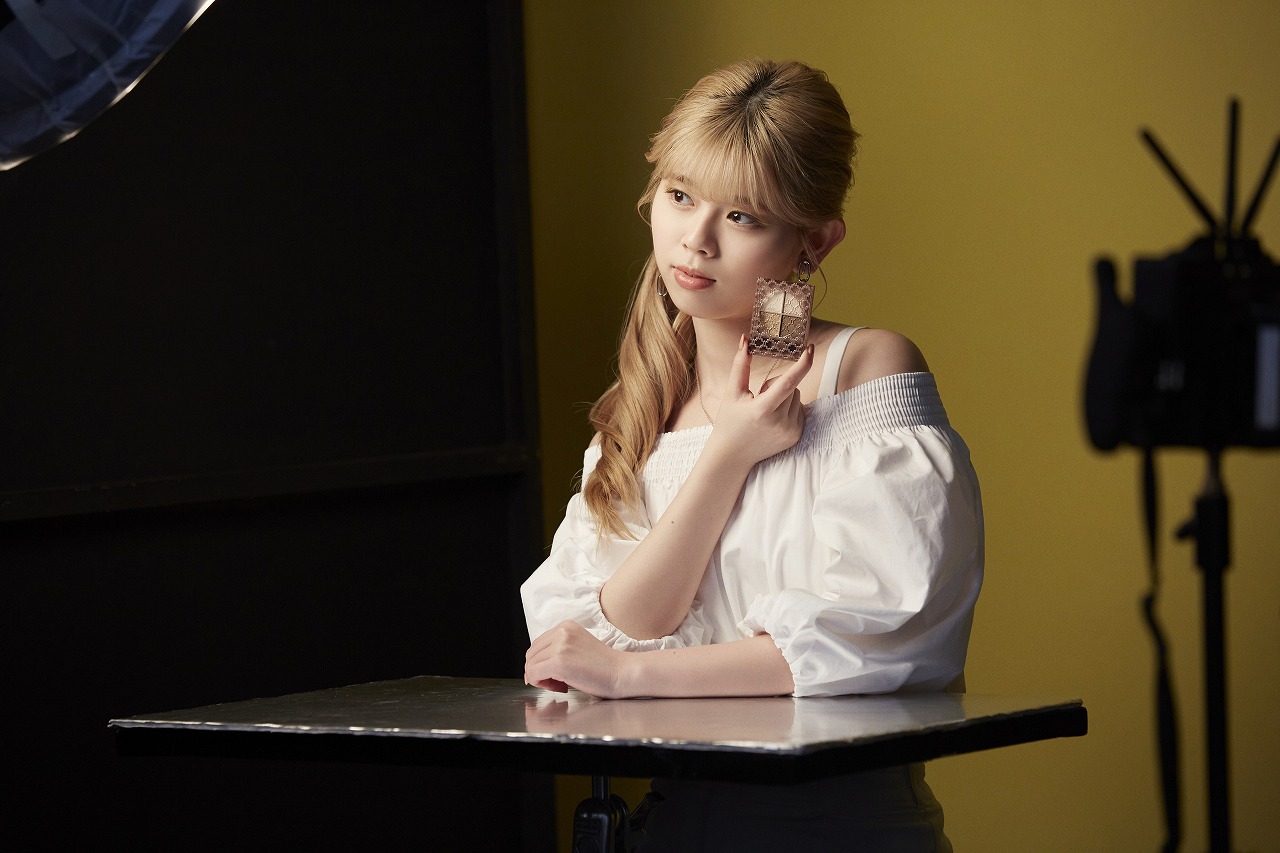
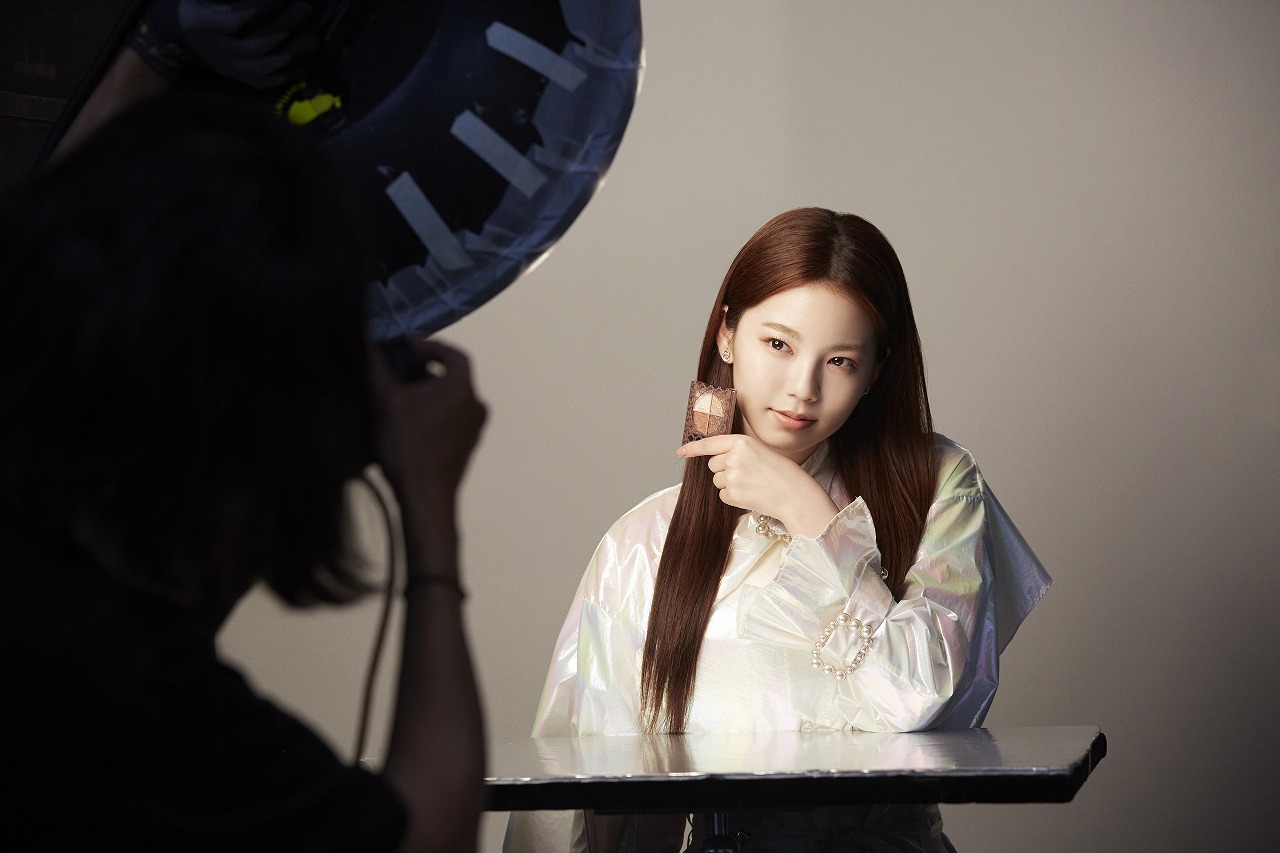
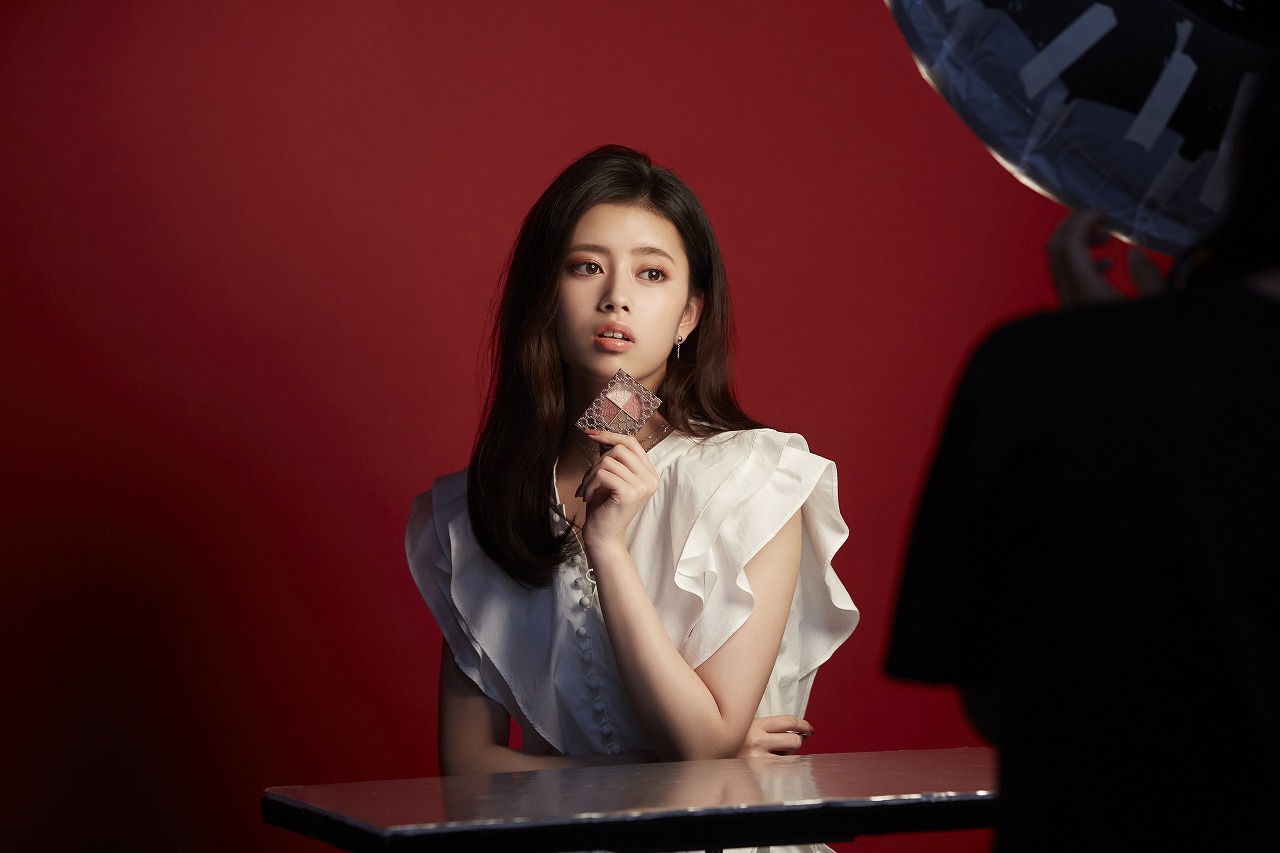
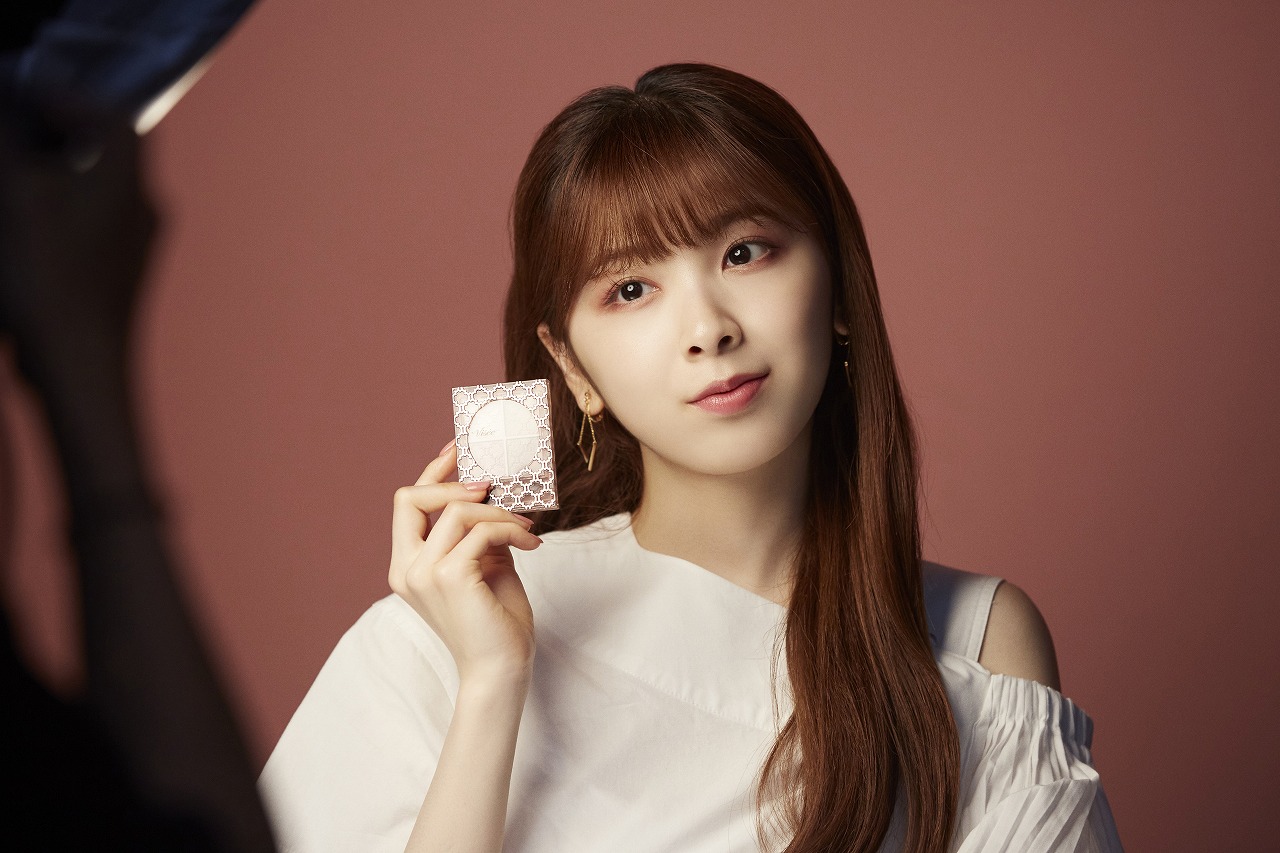
「Visée AVANT」Limited Edition Seasonal Visual with MAYUKA&NINA
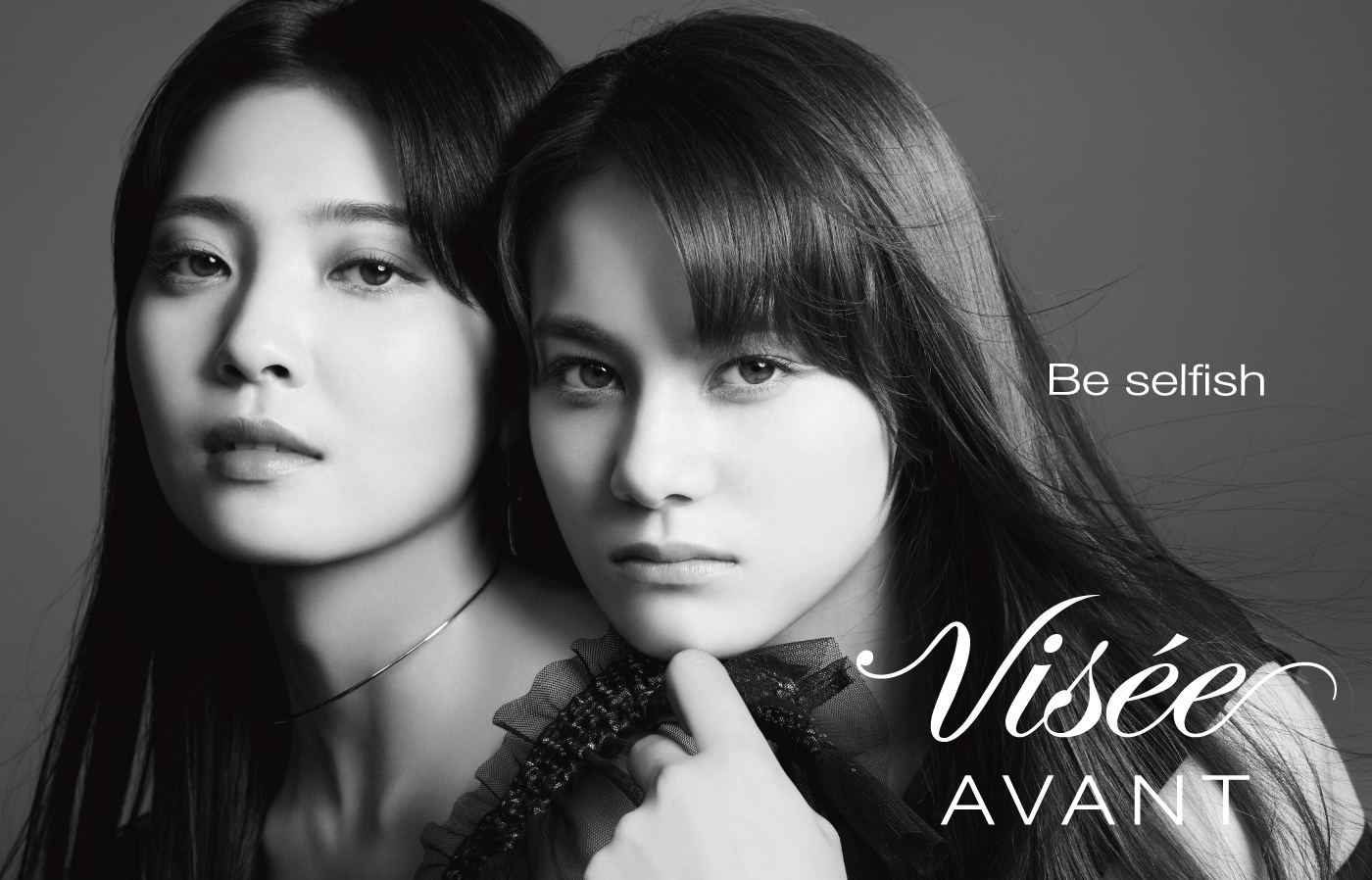
The theme for this year’s campaign was ‘Find the Color Just for You.’ By trying all possible shades, even those which seem out of the consumers comfort zone, they will absolutely find the perfect color. For this photo shoot, NiziU applied makeup inspired by their respective member colors, showing off their individuality.
A special web movie and visual for Glossy Eyes Rich N featuring the NiziU girls is available on the special product website and through the official social media channels. The eyeshadows will be available at drugstores and other retailers, as well as online, beginning September 16. Members Mayuka and Nina will also appear in limited season ads for Visée AVANT.
An original movie featuring all members is also available to view on the official TikTok brand account and the Glossy Rich Eyes N special product website.
Interview with NiziU
Q1. Visée has partnered with a number of women before, each symbolizing the current era. What are your thoughts on being chosen as brand ambassadors for Visée now?
Mako: I’m turning 20 this year, and I’ve really wanted to show a different side of myself now that I won’t be a teenager anymore. I was so happy when I was chosen for this project, since it gave me the perfect chance to do just that!
Maya: We’re so incredibly honored to be chosen as ambassadors for Visée! I use their products regularly, but there are so many different colors of product available. I think this will inspire people to make use of colors they may not use often, and to try new things!
Q2. How did you feel after shooting wrapped?
Ayaka: It felt like something totally different than what NiziU has tackled in the past. I typically wear more cutesy makeup, but this time I tried to show something more mature. It was refreshing. It was a blast getting close-up shots taken of my eye makeup!
Q3. The theme for this year’s campaign is ‘Find the Color Just for You.’ It calls on people to find a color that best matches their personality. After the first ad shoot, what were your impressions of your fellow members’ new makeup looks?
Riku: Maya was the one getting her pictures taken first, and she looked so gorgeous that Ayaka and I couldn’t stop staring at her! Honestly, we were staring at her so much that when she finally looked over at us, she did that typical Maya smile, and it was like we fell in love with her. (laugh)
Q4. This year’s visuals are impressive, with the NiziU members showing off very different expressions than usual. Is there anything you refer to or try to do personally, to find new facial expressions?
Mayuka: It can be really difficult, but I find it useful to look at photos of some of the more senior members and practice copying their expressions.
Q5. Again, this year’s theme is ‘Find the Color Just for You.’ Each of the nine members of NiziU have their own distinct personalities, so with that in mind, what do you think makes you stand out as an individual?Rima: For me, it’s my different worldview. It allows me to converse in a very unique way, and to really adjust how I carry myself depending on the location. My member color is red, which also has many meanings: it can be powerful, or mature, or energetic, or mischievous. I’m like a chameleon. I hold many different personalities that I can switch to at the drop of a hat.
Q6. As a member of NiziU, you’ve had many different and unique experiences. Have you found any unexpected sides of yourself during your time as a member?Rio: I used to think I was one of the cool girls, but during this photo shoot, I was given a makeup look and outfit that was more cutesy. That’s a side of myself I haven’t explored, and this is something that happens frequently during the many events and challenges we take on as a unit.
Q7. During the makeup shooting sessions, we were able to see very different sides of the NiziU members. Is there anything new you’ve learned about the other members recently?Miihi: Compared to how we all were when we all joined, everyone is really starting to show their true selves! We’ve so close, there’s nothing that we don’t know about each other at this point!
Q8. The Glossy Rich Eyes N products that you used this time come in a wide variety of colors, making it possible for anyone to meet their perfect shade. Speaking of ‘meetings,’ what do the members of NiziU want to meet more than anything right now?Nina: I want to meet with WithU (the name for NiziU fans). We haven’t been able to meet them face to face yet, and I hope we’re able to soon.
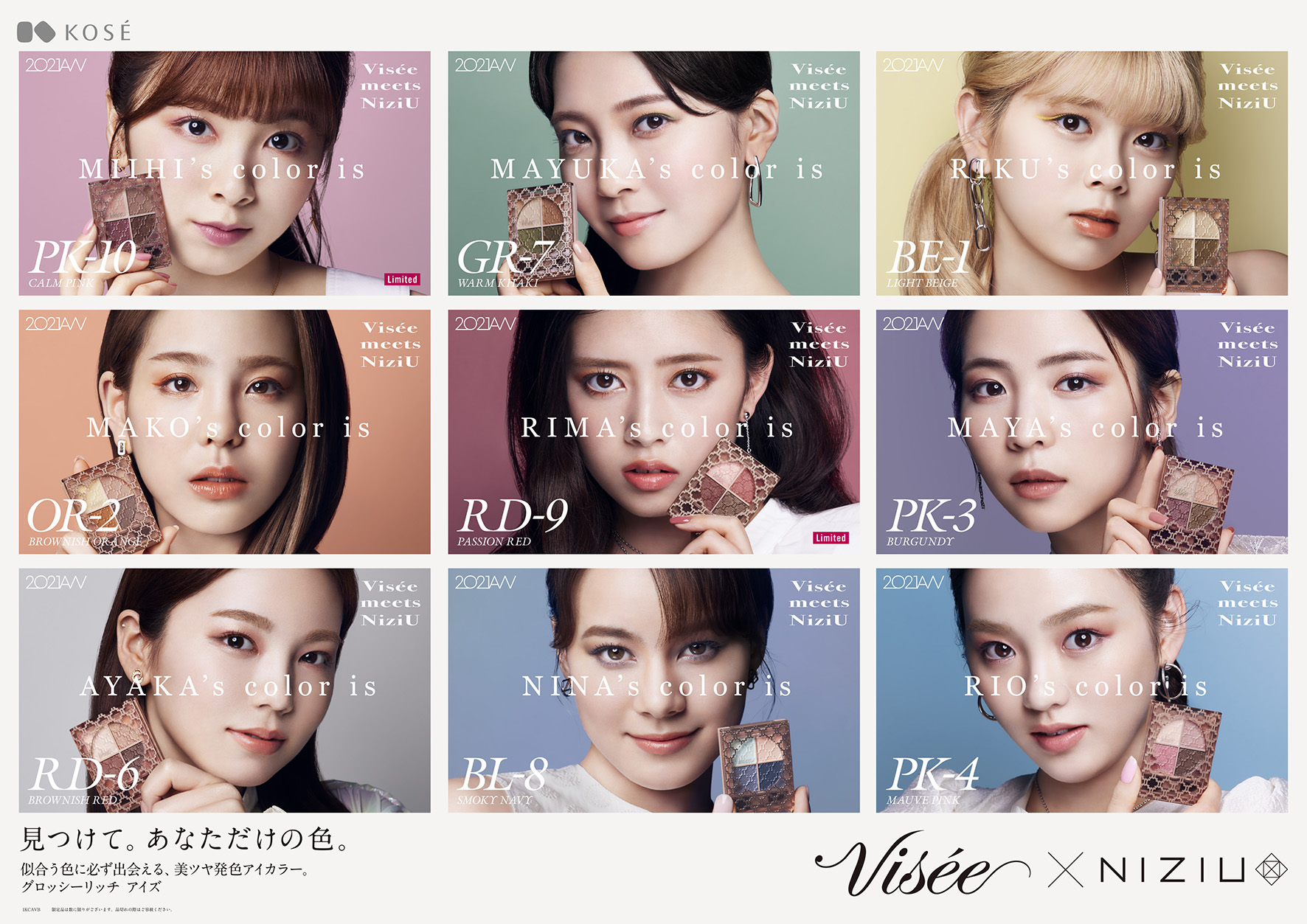
Information
Visée Glossy Rich Eyes N
Release Date: September 16, 2021
Features 8 shades + 2 limited edition shades
Details: https://www.kose.co.jp/visee/glossyricheyes_special/
Visée AVANT: https://www.kose.co.jp/visee/avant/
Official Site: https://www.kose.co.jp/visee/
-
Macaroni Enpitsu’s New Song ‘Tomason’ Features in Bourbon Chocolate Brownie’s Animated Commercial
20.April.2021 | ANIME&GAME / FOOD
Bourbon’s five-episode audiobook no doubt created for its Noukou Choco Brownie snack was released as an animated TV commercial last week. The video features Japanese pop rock band Macaroni Enpitsu’s new song Tomason which was written for the commercial.
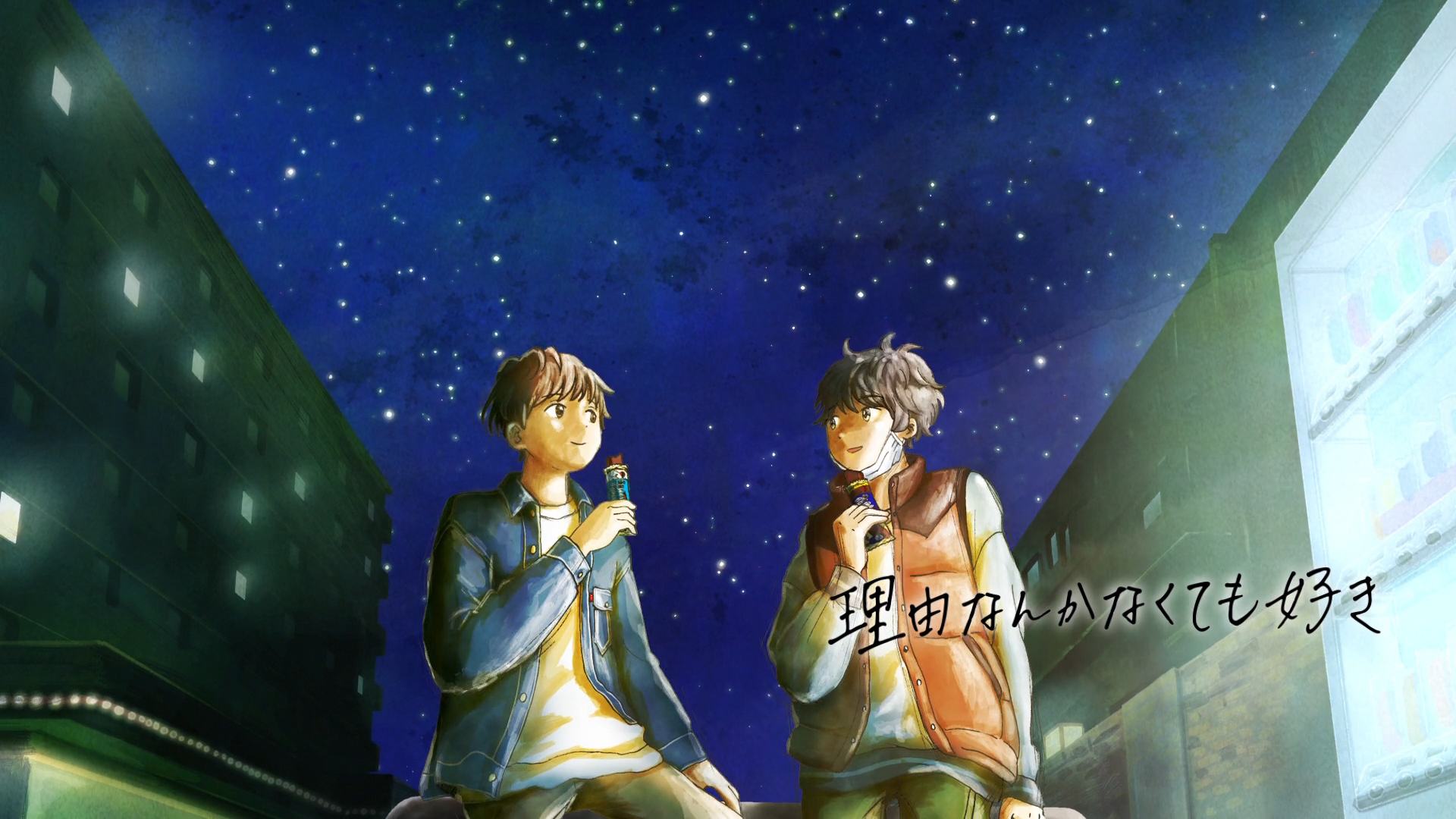
The audiobook no doubt becomes a TV commercial
The no doubt audiobook was written by the popular Japanese author Yoru Sumino who is perhaps best known for writing I Want to Eat Your Pancreas. It tells the story of two boys who are in high school. They aren’t part of an afterschool club, and they don’t have part time jobs. They come to realise that this time will be what they look back on when they grow up. The characters were designed by Itsuka, an illustrator popular online.
The commercial features the song Tomason by Macaroni Enpitsu.
“no doubt” Animated TV Commercial
“no doubt” Recording Behind The Scenes
Japanese voice actors Hiro Shimono (Attack on Titan; Demon Slayer: Kimetsu no Yaiba) and Yuki Kaji (Attack on Titan; My Hero Academia) voiced the characters in the commercial. Below is an interview with both of them on the commercial, part of which we have translated.
Hiro Shimono x Yuki Kaji Interview
A snippet of the interview, translated
Q1: How did your performances go? Tell me about your shoot.
Hiro Shimono: “The commercial portrays two boys who are neither adults nor children, so going through puberty I suppose. Their dialogue is elaborate, it was super interesting.”
Yuki Kaji: “Right up to wrapping up, the entire shoot was a lot of fun, including the intervals during our breaks.”
Q2: You both play the roles of high school boys. Tell me about a time from your youths.
Yuki Kaji: “One memory I have from school being young, which is like something out of a painting, was my time a the theatre club. You need real physical strength when it comes to acting, so before dress rehearsal, I’d run around the school building. That’s a memory that’s stuck with me. I’d change into my jersey, and go die– I mean, run to the nearby river embankment too. Being reminded of that now it’s too much like a youth film or something, it’s making me laugh <laughs>. “
Hiro Shimono: “I have a story from my youth too. It was on the day of the Culture Festival [at school]. After the festival finished, I was on my way home with some people, and there was a park with a water fountain in it. I said, ‘Well, it’s already raining, so why the hell not!’ Of course it wasn’t the thing to do, but we jumped into the water fountain and splashed about. That’s what being young is all about, right!?”
Q3: What’s your favourite Noukou Choco Brownie flavour, the regular or the rich milk?
Hiro Shimono: “Noukou Choco Brownie.”*
*Translator’s Note: Implying all of them
Yuki Kaji: “Me too! <laughs>”
Q4: Please give a message to fans.
Yuki Kaji: “I was lucky to have the opportunity to performance Yoru Sumino’s novel no doubt. I’m over the moon about it. The script was of course wonderful, and me and Shimono have known each other for a long time, so I think that comes across in the video with a pleasant atmosphere. The commercial is a youthful drama about two high school boys, and it’s linked to the bittersweetness of Noukou Choco Brownie. Be sure to tuck into one yourself while you listen to the story.”
Hiro Shimono: “[The commercial’s characters] Igarashi and Imai have a great conversation, and getting to do it with Kaji was a lot of fun. It made me think we’ve always had that kind of vibe with each other. Noukou Choco Brownie is the keyword, so please be sure to check out the audiobook to see how it plays its part.”
no doubt Synopsis
One day, high schooler Imai skips school by feigning illness. He is at home in his room, when all of a sudden another boy from his class, Igarashi, comes to visit him. He has the handouts to give to Imai from class, but the high school they go to doesn’t have that custom where a classmate has to give handouts to someone who’s off ill. And the two of them aren’t that class where Igarashi would suddenly pop to see Imai like that. Imai finds it suspicious. Igarashi is interested in the clay work Imai has in his room. Both of them have some free time, so begin to make a town together out of clay.
Information
Noukou Choco Brownie TV Commercial
Initial Broadcast: April 13, 2021 (Japan)
Bourbon Official YouTube Channel: https://www.youtube.com/channel/UC8UW0OHgo_FtkF4orKd2S4Q
Bourbon Official Website: https://www.bourbon.co.jp/chocobrownie/
-
Interview: Ohashi Trio Discusses His ‘Milk and Sugar’ Duet Music Video With Mone Kamishiraishi
18.February.2021 | MUSIC
Ohashi Trio released a music video on his YouTube channel on Tuesday (February 16) for Milk and Sugar duet with Mone Kamishiraishi. The song is taken from his upcoming new album NEW WORLD which is set to drop on March 3, 2021.
Ohashi Trio – “Milk and Sugar duet with Mone Kamishiraishi” Official Music Video
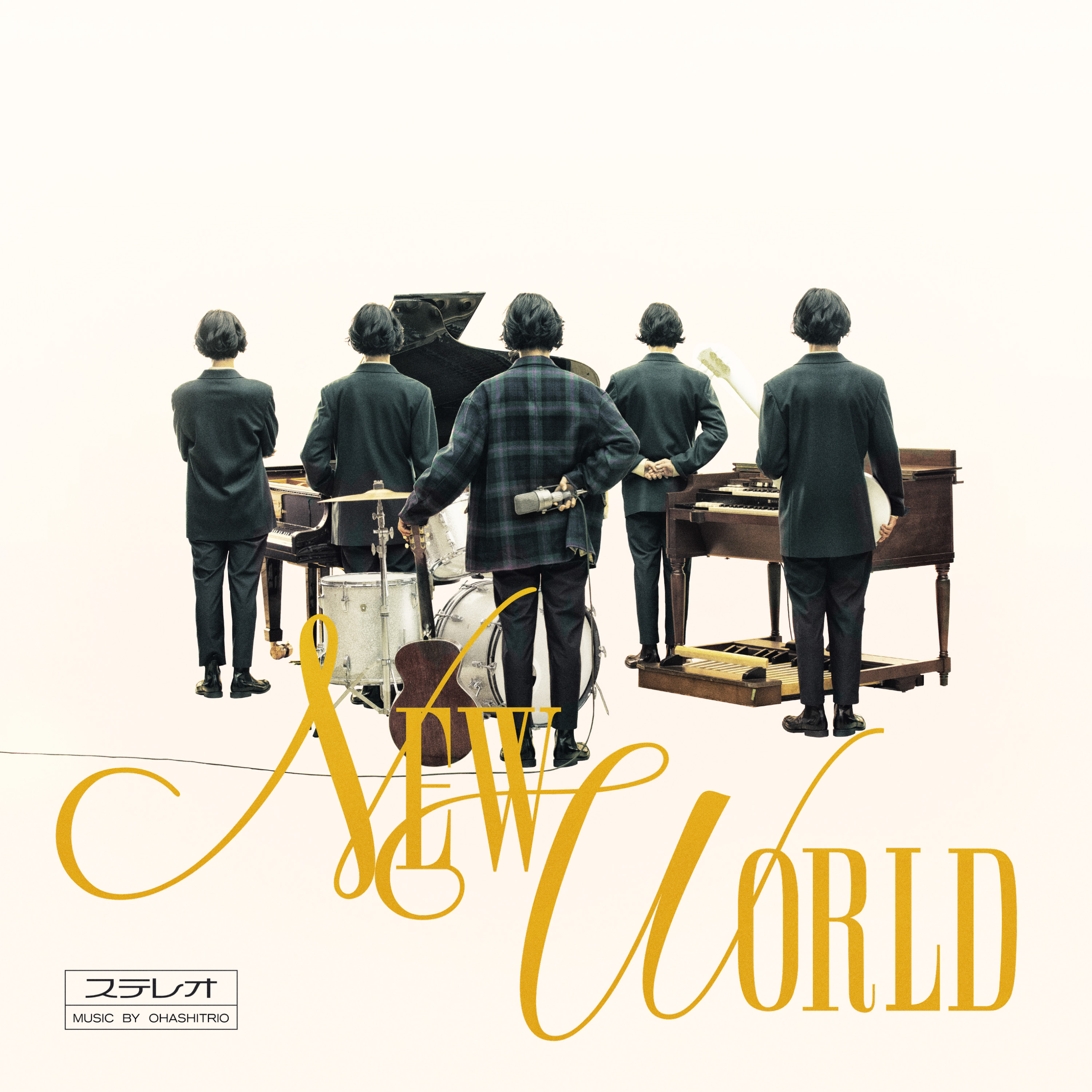
Ohashi Trio – “NEW WORLD”
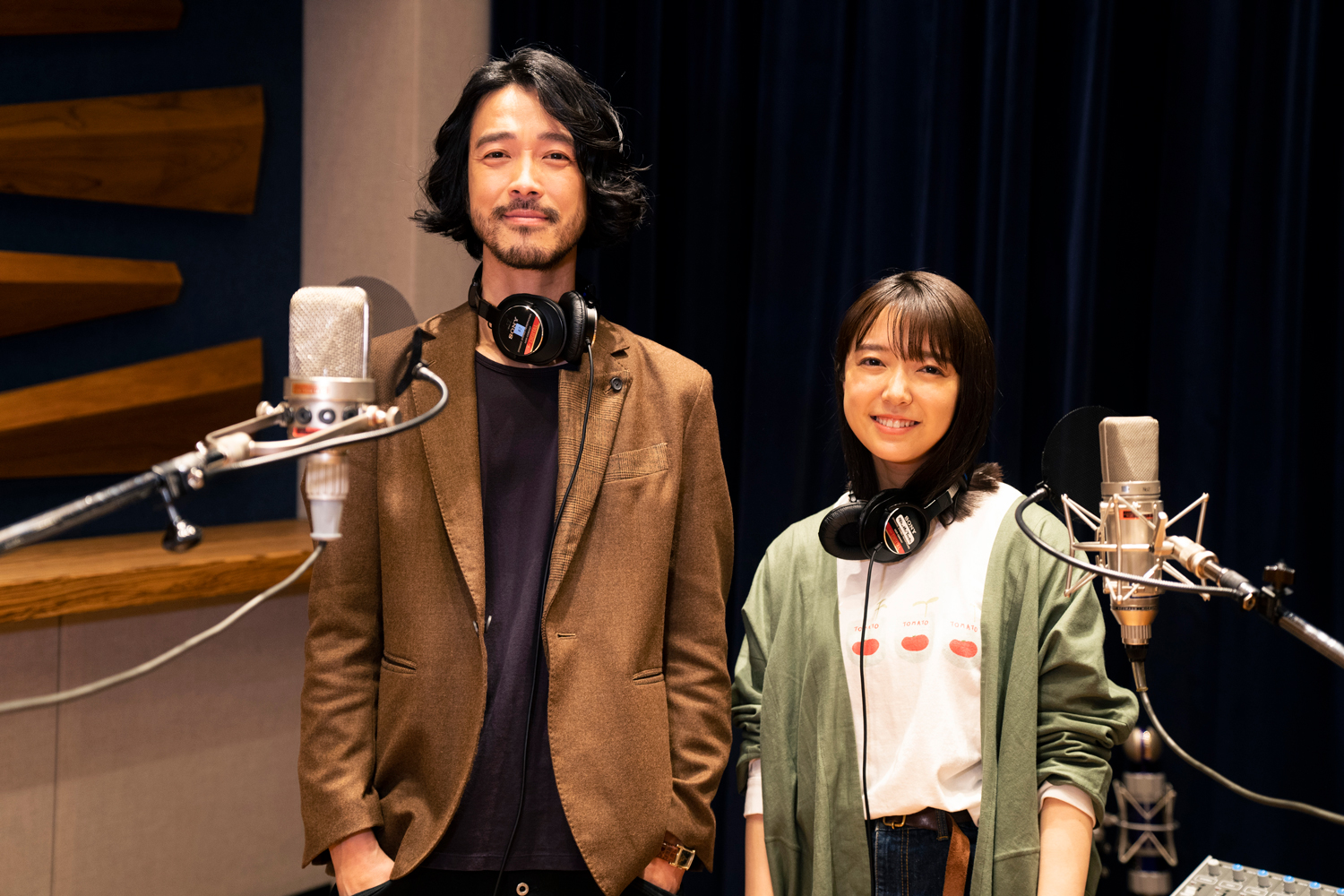
Ohashi Trio and Mone Kamishiraishi in the recording booth
The music video features the actual footage of Ohashi and Kamishiraishi recording their respective vocal sections for the duet. We get to see the two artists’ faces in a more relaxed and natural environment. It’s also layered with cute animated illustrations and artwork which express the content of the lyrics. The song is a refreshing, up-tempo number that captures the beauty of both singers’ voices. It’s also available to listen to right now worldwide on all major music streaming and download services.
Stream & Download Here
An official interview with Ohashi Trio and Mone Kamishiraishi was also released where they talk about Kamishiraishi’s involvement on the song, both of their thoughts about it, and more. It’s a must-read for fans, and MMN Has translated it into English for our readers.
Ohashi Trio and Mone Kamishiraishi Interview
“I’d go as far as to say that breaking something down can lead to great things” (Ohashi)
──I had the opportunity to peek into your recording session not long ago, it seemed like a very positive, harmonious atmosphere.
Ohashi: Because she’s great <looks towards Kamishiraishi>. I’m usually not like this.
Kamishiraishi: <Laughs>
──I interviewed you last year where the two of you were talking about performing together, and here we are already. Could you talk again about what originally led you to working together?
Ohashi: “My first time being involved with Mone was on her album ‘note.’”
Kamishiraishi: “I was already a huge fan of his, so I thought, I’ll give it a shot, and asked him to come on board.”
Ohashi: “You make it sound like you never stood a chance <laughs>. I wrote the song ‘Little Birds’ [for the album], and at the recording session, she was really kind and said, ‘I’m a huge fan.’ I remember thinking how great of a singer she was. After that, I thought about what we could do together if I invited her on my own album. Since it was the actual writing of a song that I did for her, I made sure to respect her style, but I was inviting her to my side, so I’d go as far to say that I decided to break all of that down. I thought by doing that, it could lead to great things. So I sent her the offer. She was super busy with shooting a drama series and other stuff but she was kind enough to make time each day.”
Kamishiraishi: “Not at all. It was very kind of you.”
I thought, “Aw yeah, a challenge!” (Kamishiraishi)
──So things were broken down this time, Kamishiraishi.
Kamishiraishi: That’s what happened <laughs>. When I heard the instrumental, I thought, “Aw yeah, a challenge!” It had a kind of melody that I’d never had the chance to sing over before, same with its overall feel. It felt like a step up, like I was discovering a new way of singing, which really excited me, so I really sang my heart out prior to the recording.”
Ohashi: “You were so involved, you prepared so much despite being so busy. You’re great. Hard-working.”
Kamishiraishi: “I’m a fan, so when you release a new song, I memorise it straight away. This felt like the same thing. LIke I’m the first to hear it and learn it. So it didn’t feel like work needing to learn it, but when I first heard it, I thought, ‘He’s been kind enough to drawn attention to my new parts.’”
Ohashi: “It makes me happy hearing that.”
“I don’t think I’ve seen someone like this girl before” (Ohashi)
──What do you like about Kamishiraishi’s voice, Ohashi?
Kamishiraishi: “Thank you for asking that <said quietly to the interviewer>.”
Ohashi: “<laughs> I thought, this character is someone who puts 100% of herself into the songs she sings. And that image I had held true when I met her, plus she has real talent. Her songs are great. I thought, I don’t think I’ve seen someone like this girl before.”
Kamishiraishi: “Wow… <speechless>”
Ohashi: “It was the same during ‘Little Birds.’ She’s so busy, and yet I really got from her that she’s going all out to put her all into it. She was so quick to respond to the request too. She has real physical strength as a vocalist. There are people out there whose songs are good, but rarely do I meet someone who can adapt as well.”
Kamishiraishi: “You’re too kind. I don’t really have things said like this about me while having the opportunity to sing, so I’ll lap up everything that’s said here today and take it home with me. It will be engraved in my heart.”
Oashi: “No, no, I should be saything lots of wrong things anyway.”
“You won’t find someone like Ohashi out there even if you looked” (Kamishiraishi)
──What do you like about Ohashi’s music, Kamishiraishi?
Kamishiraishi: “First of all, I love his voice. I really like his melodies and how the instruments sound in his music too. You won’t find someone like Ohashi out there even if you looked for them.”
Ohashi: “Wow, that makes me happy.”
Kamishiraishi: “He has a warmth, sense of style, and coolness about him that you won’t find in other people. I get the feeling that you’ll find all of those things in every one of his albums, and I love that about him. He invited me to one of his shows recently. It was the first time seeing him live, and, well, he was just super cool! The show title said “Ohashi Trio Live,” but every single one of the band members there felt like one of the main cast. There were too many amazing things to see and point out, but unfortunately I don’t have enough eyes for them all <laughs>. I wanted cameras to be recording each one of their parts! It made me realise how amazing music is. It was testament to the fact that your ears can forever be happy as long as you’re listening.”
──What a great comment!
Ohashi: “You’ve conveyed everything I’ve always thought I wanted to have. I’m super happy.”
Interview/Original Text: Hiroshi Takaoka
English Translation: Joshua Kitosi-Isanga
Be sure to check out the music video for Ohashi Trio and Mone Kamishiraishi’s duet on Milk to Sugar (“Milk and Sugar”).
Information
Milk to Sugar duet with Mone Kamishiraishi
Japanese Song Title: ミルクとシュガー duet with 上白石萌音
Released: February 17, 2021 (Digitally)
Ohashi Trio Official Website: http://ohashi-trio.com/

